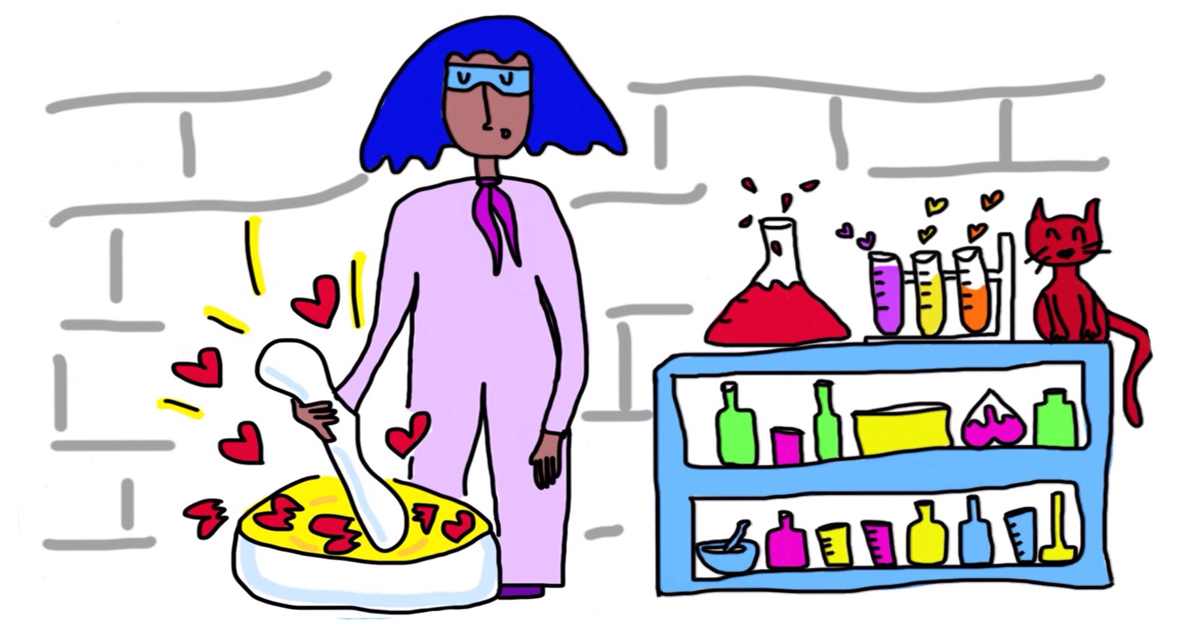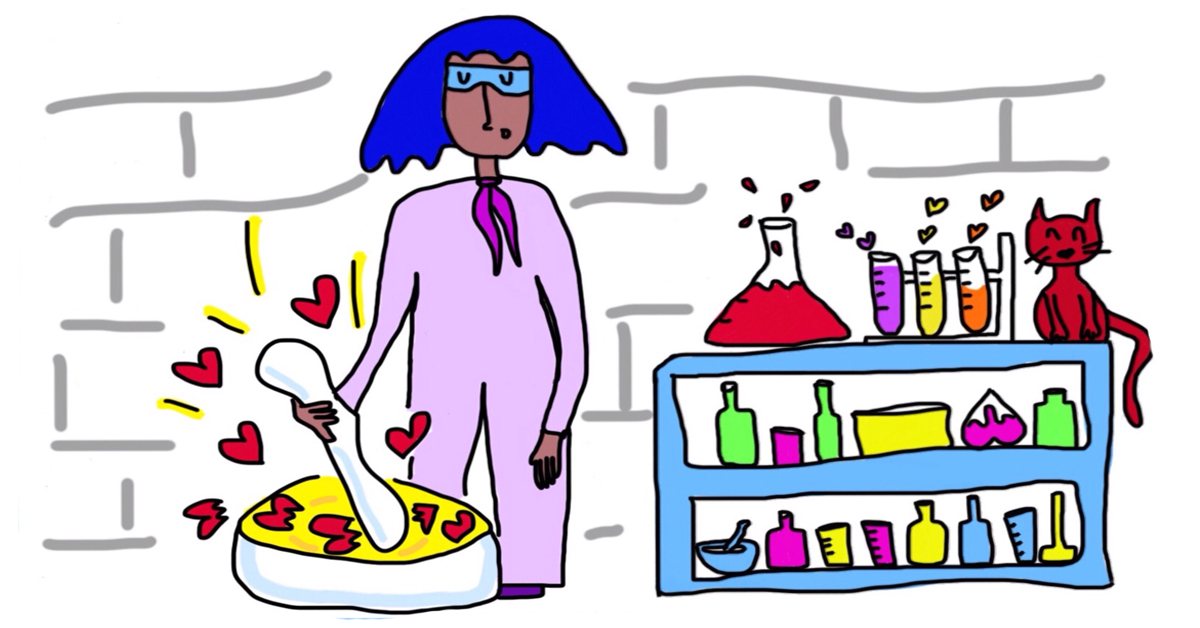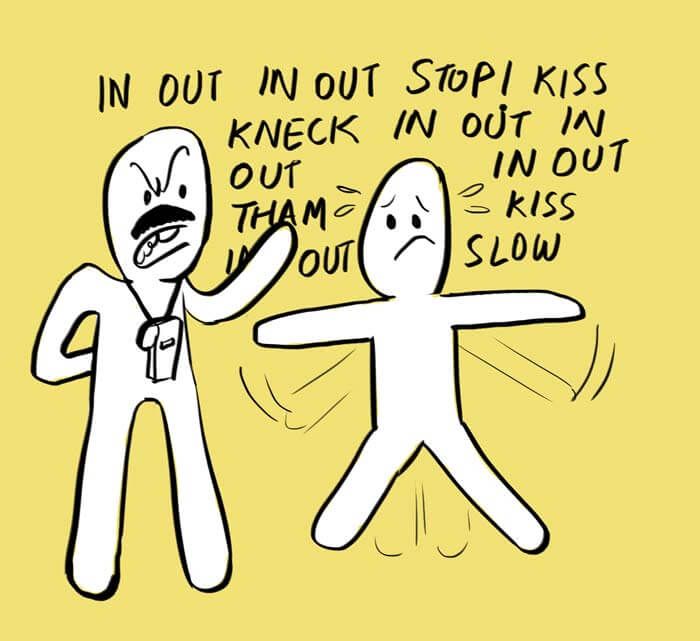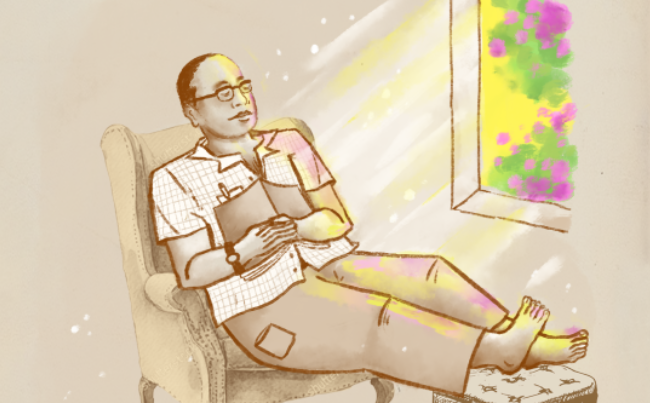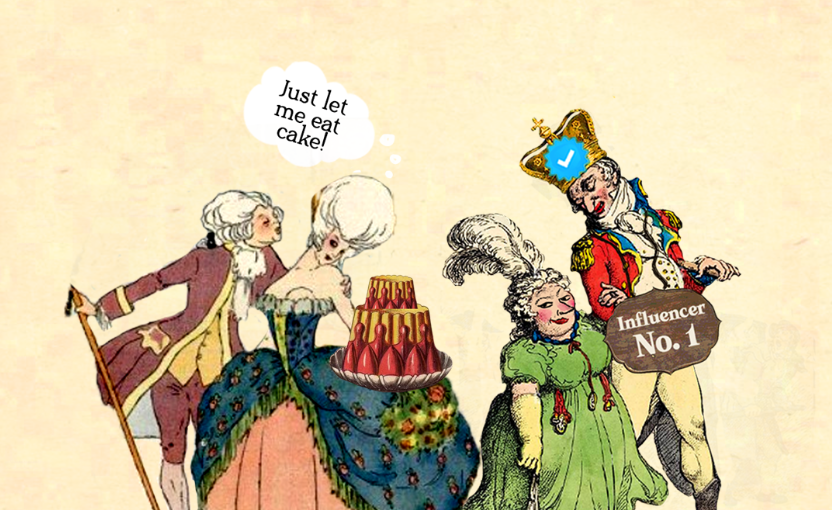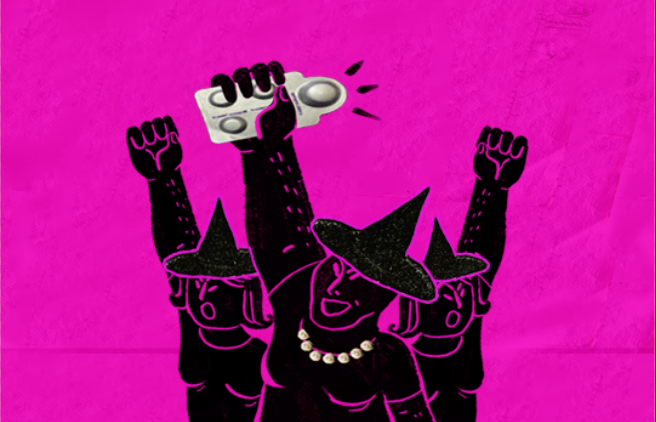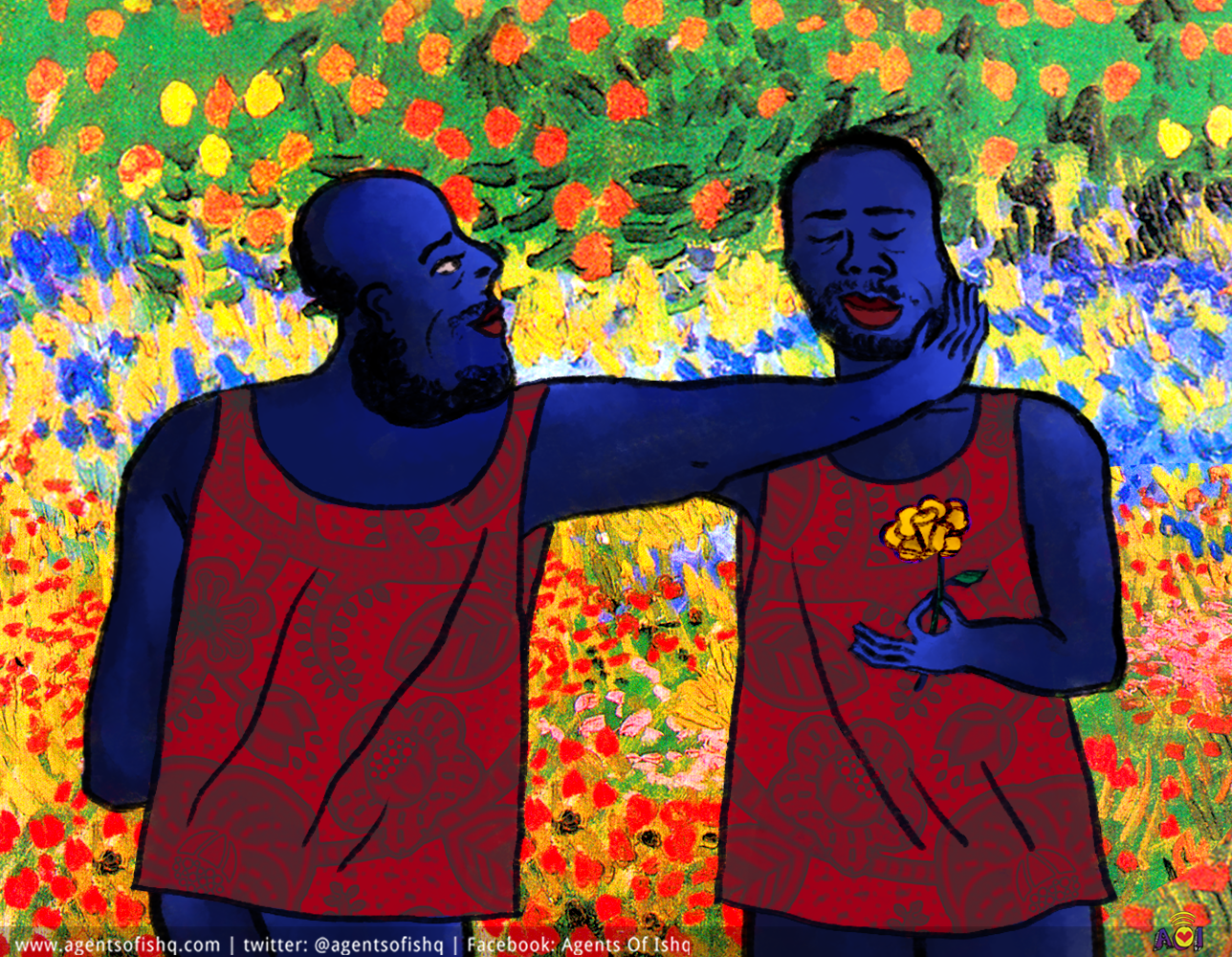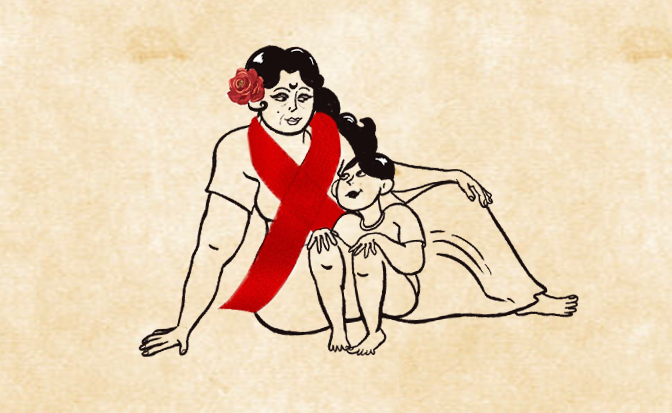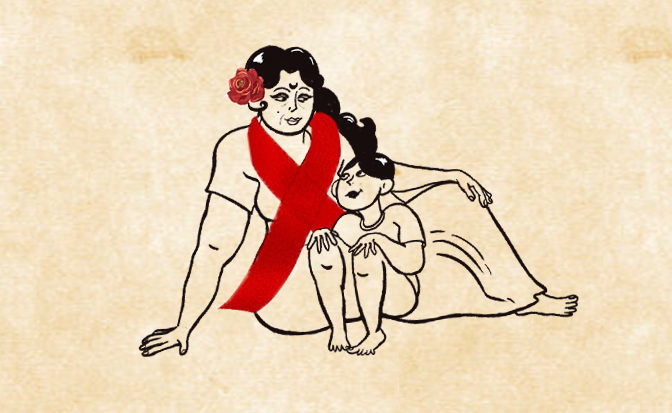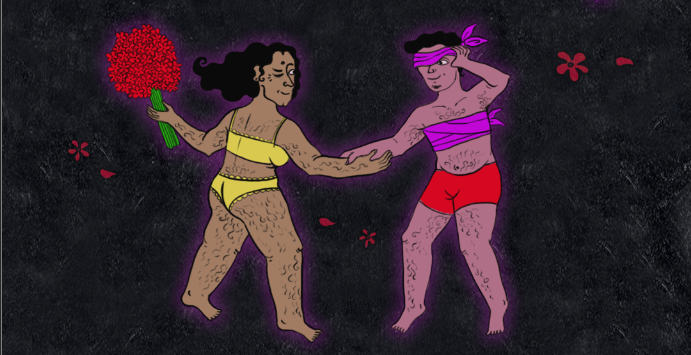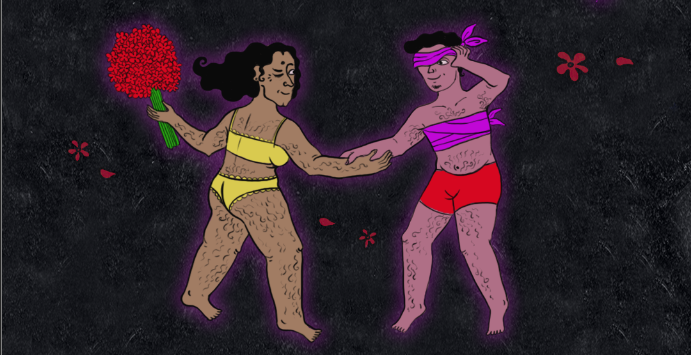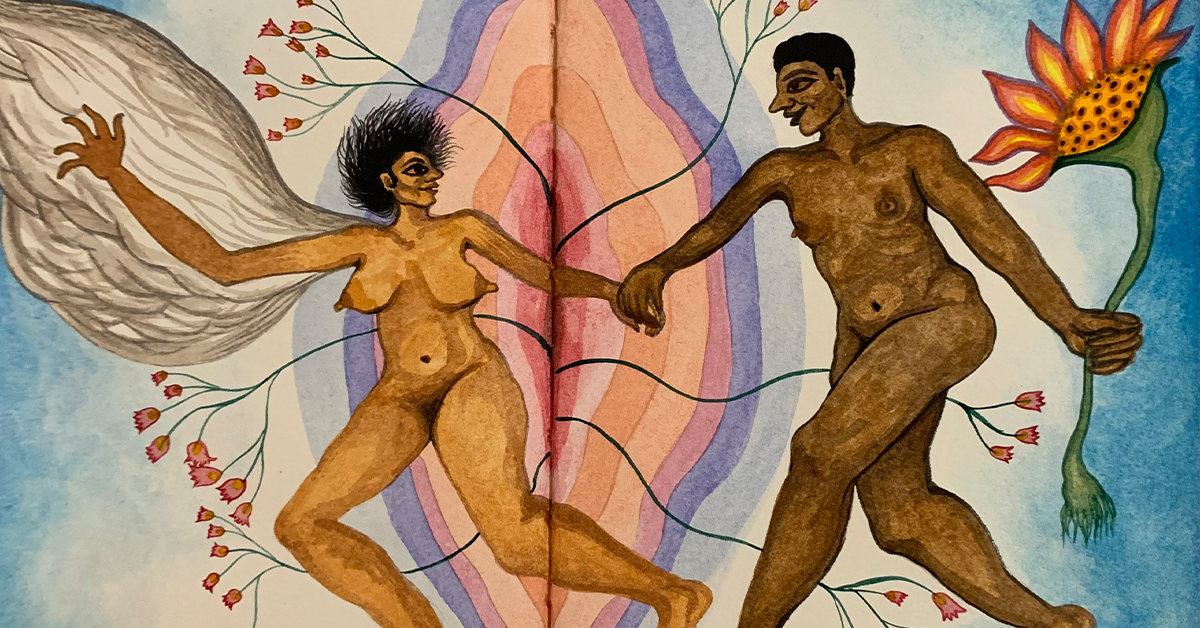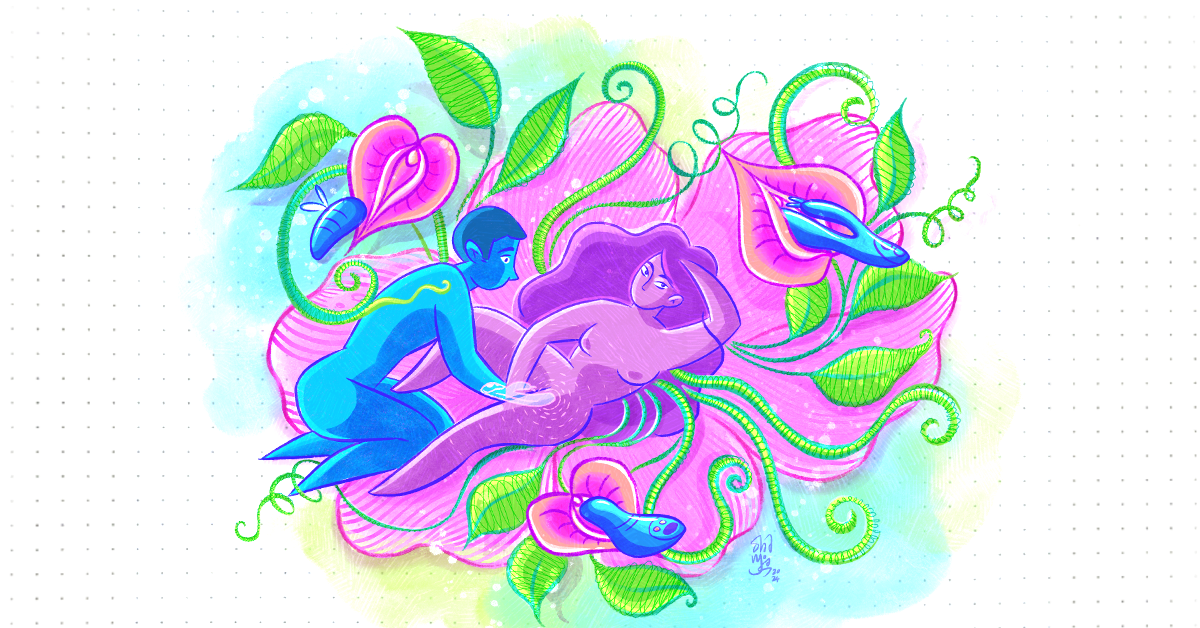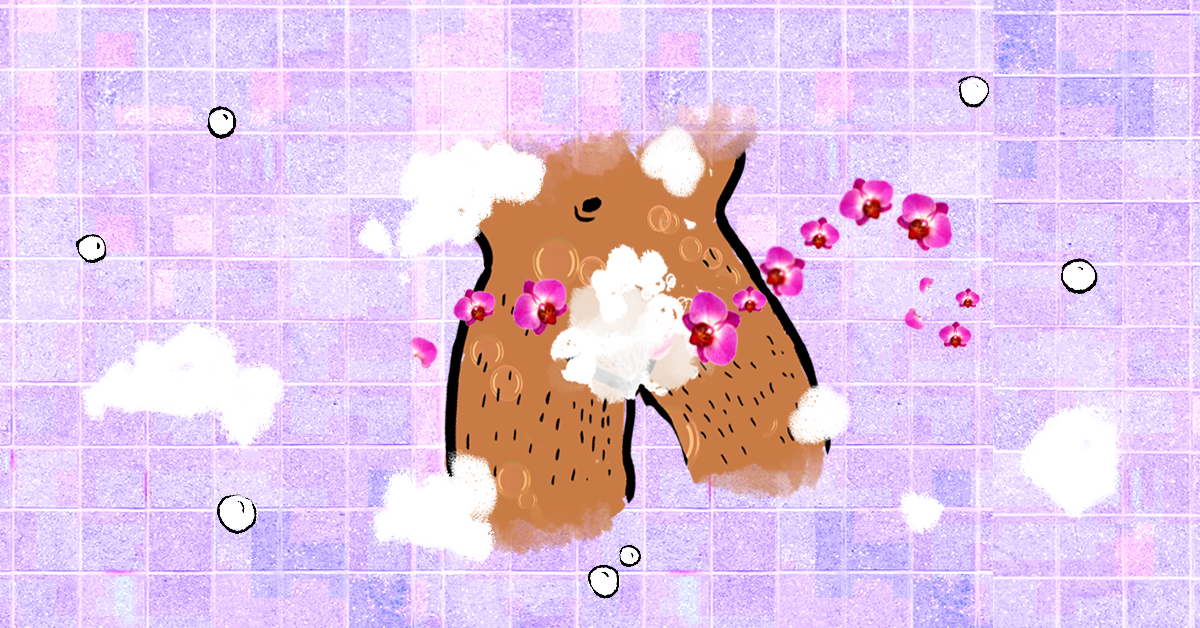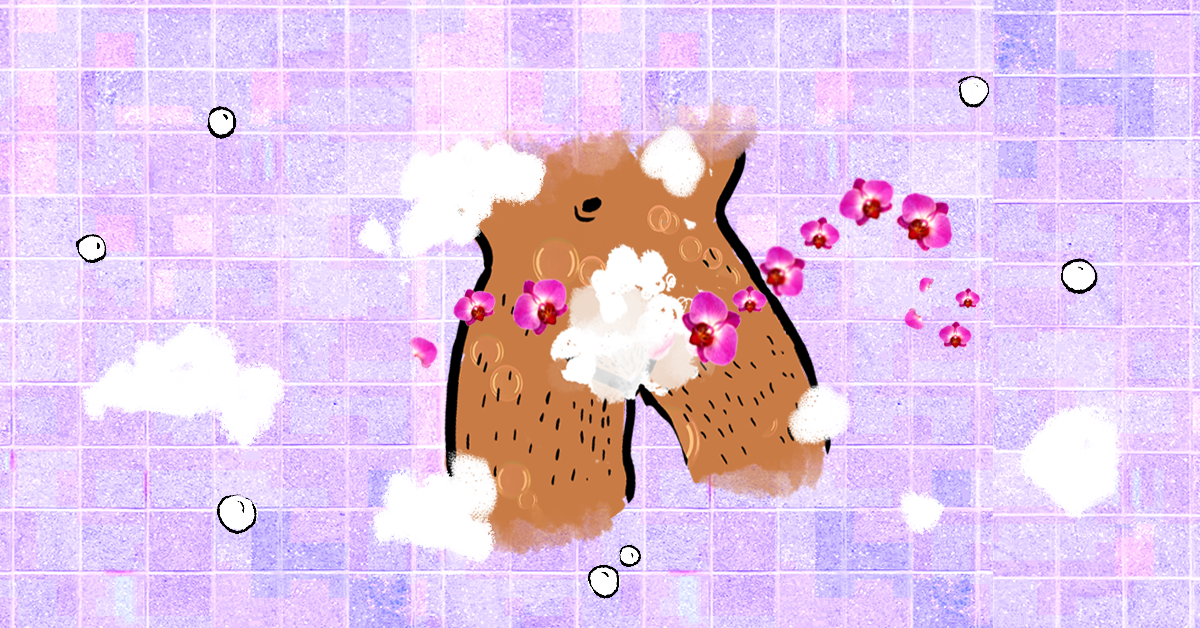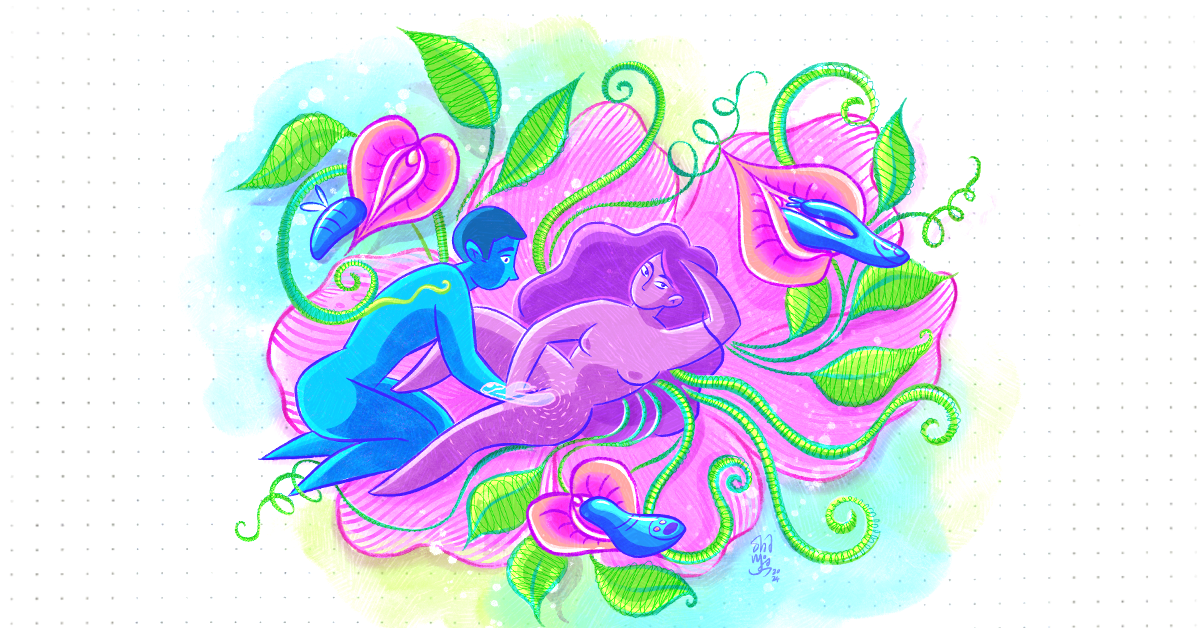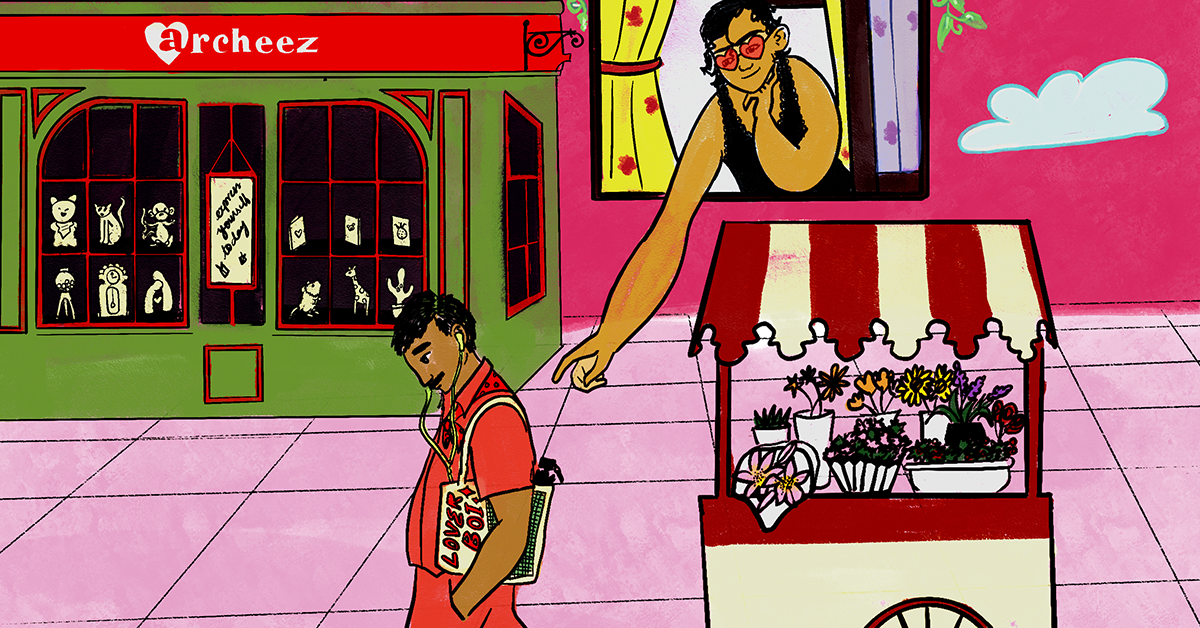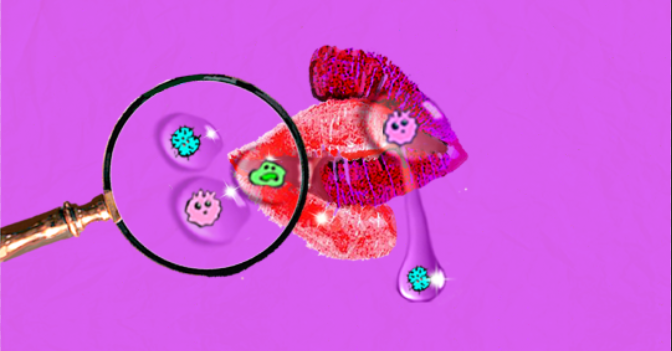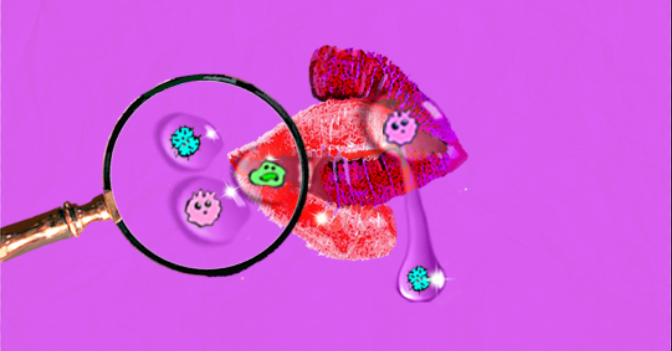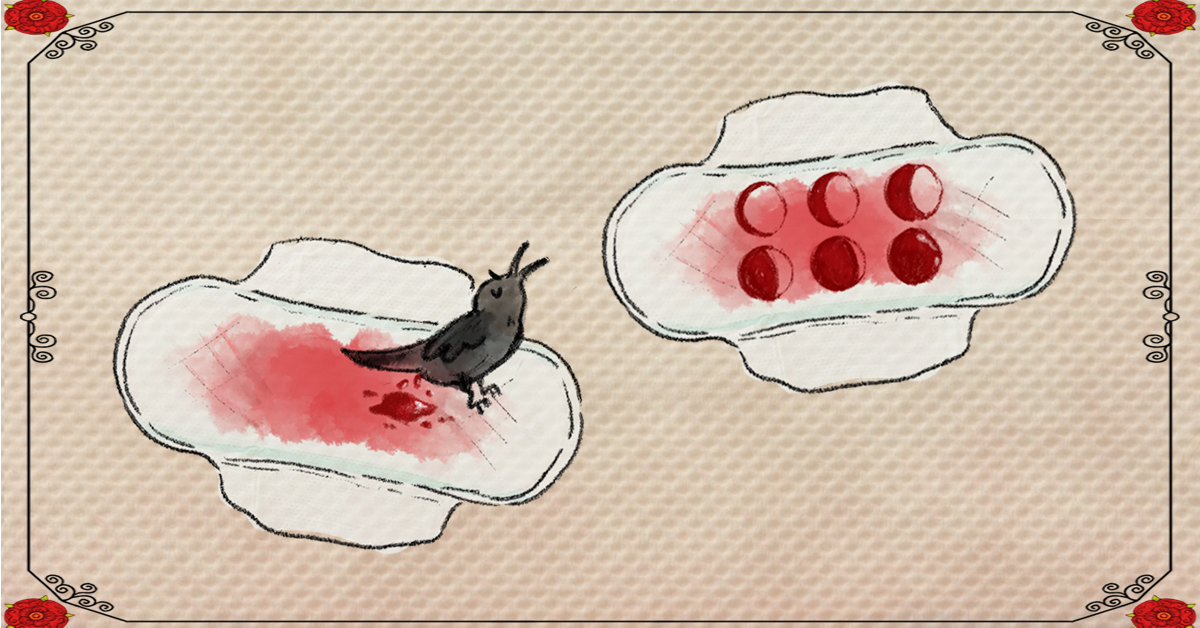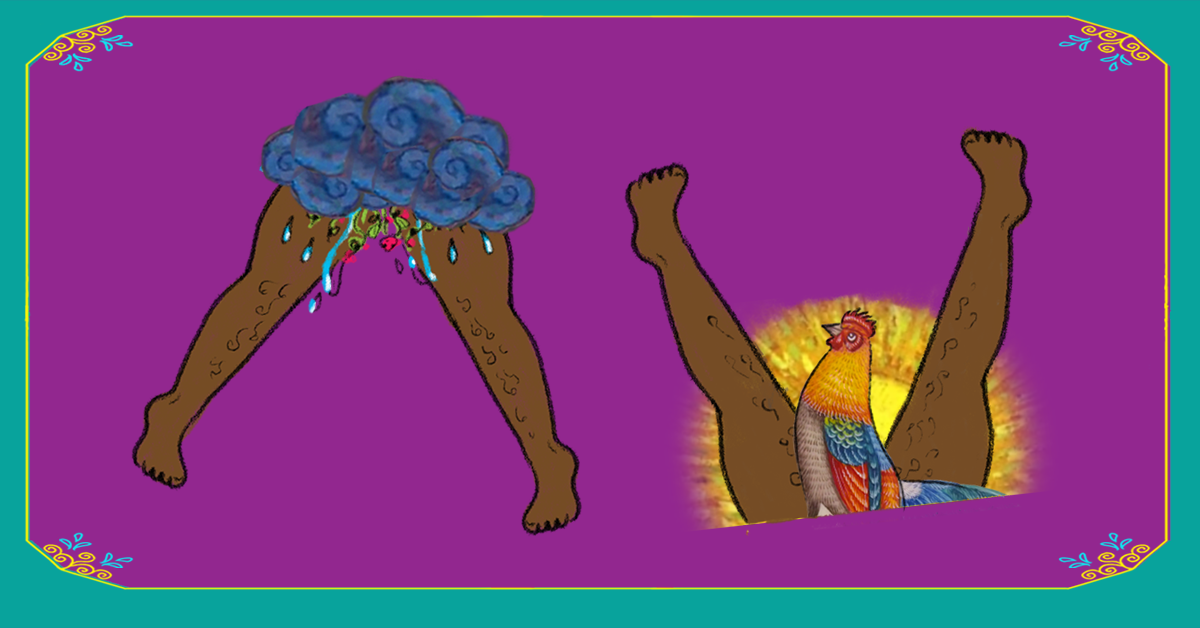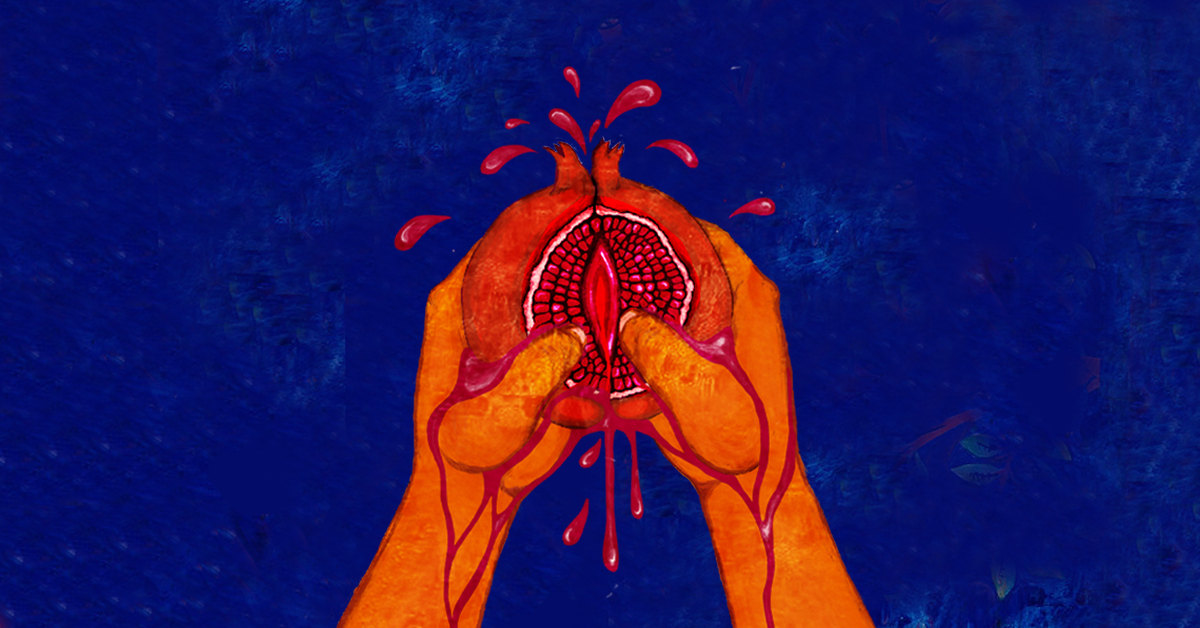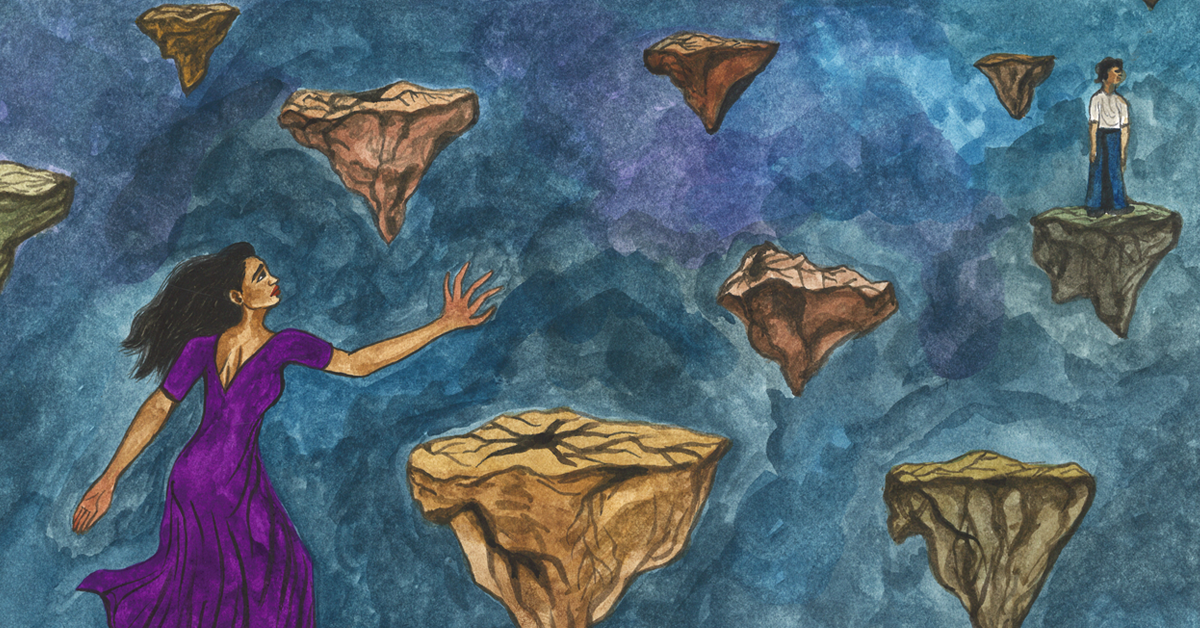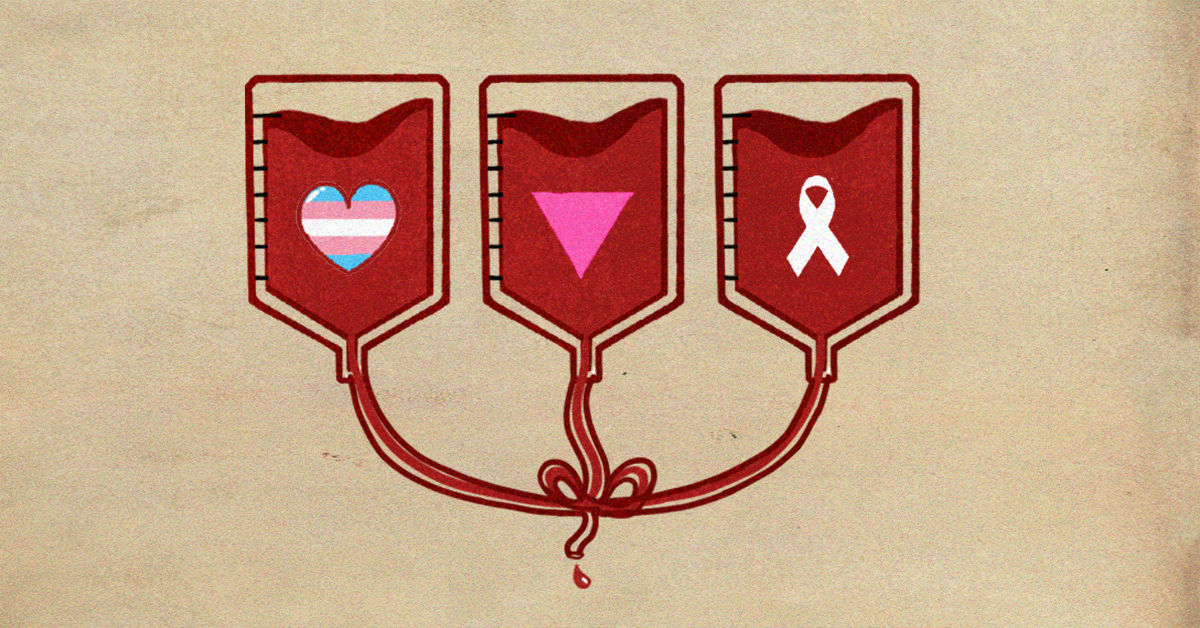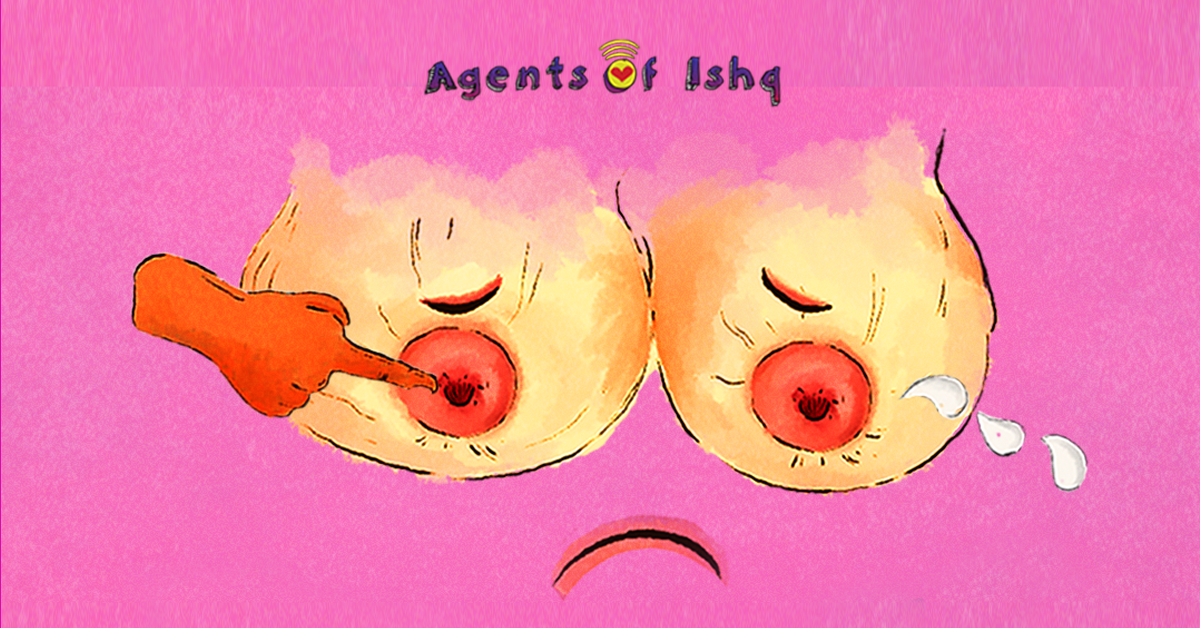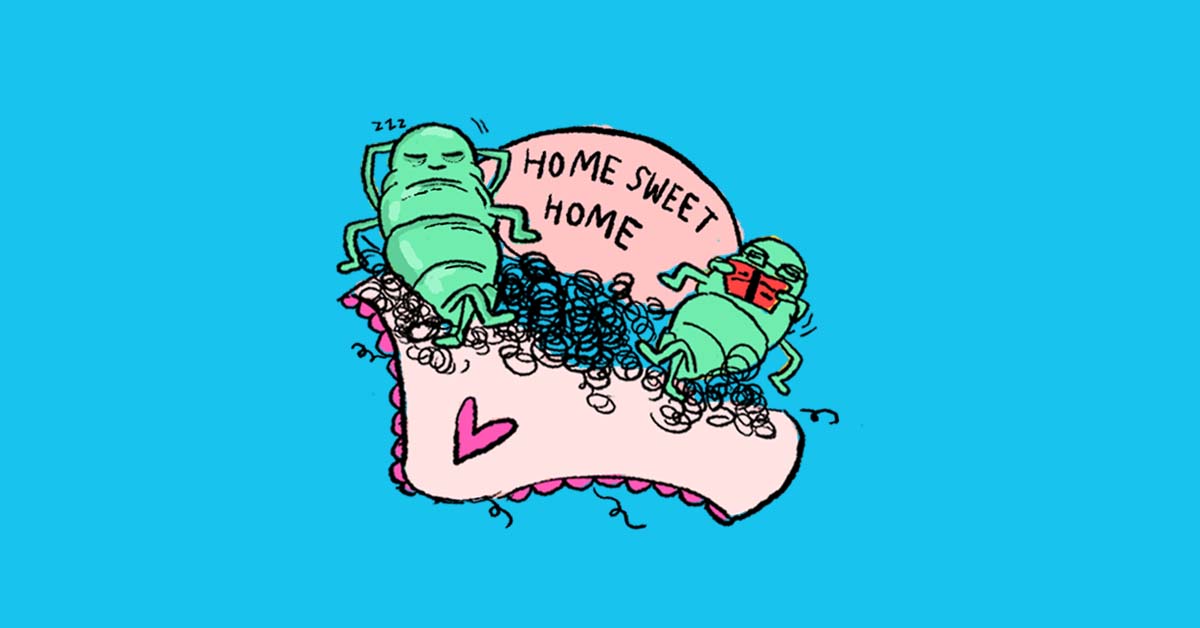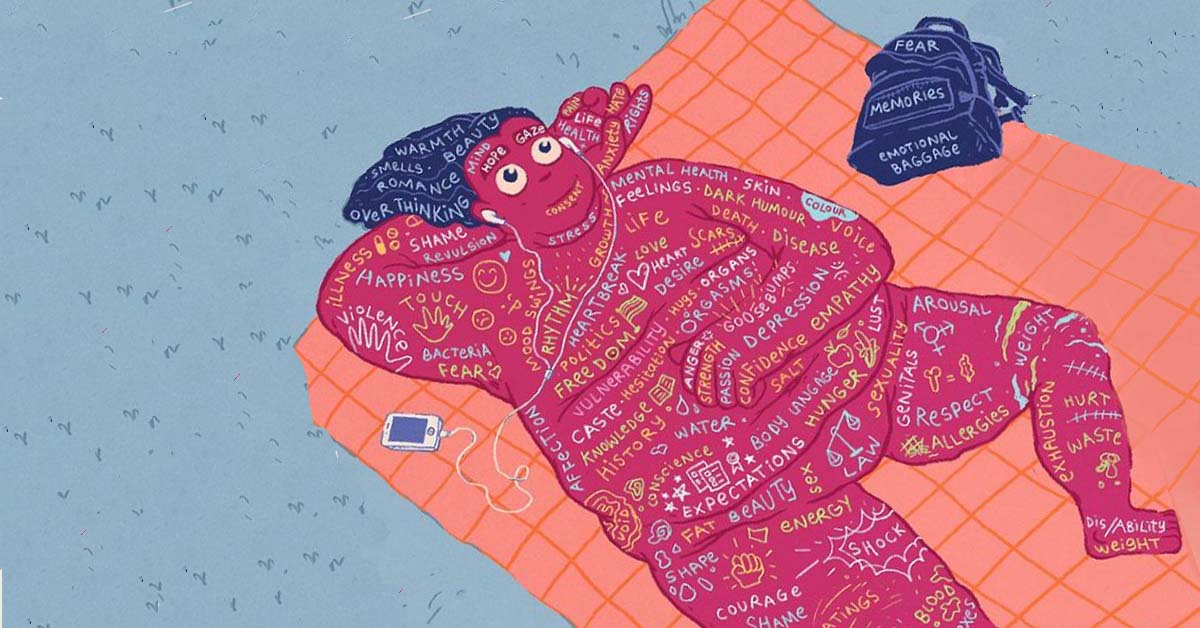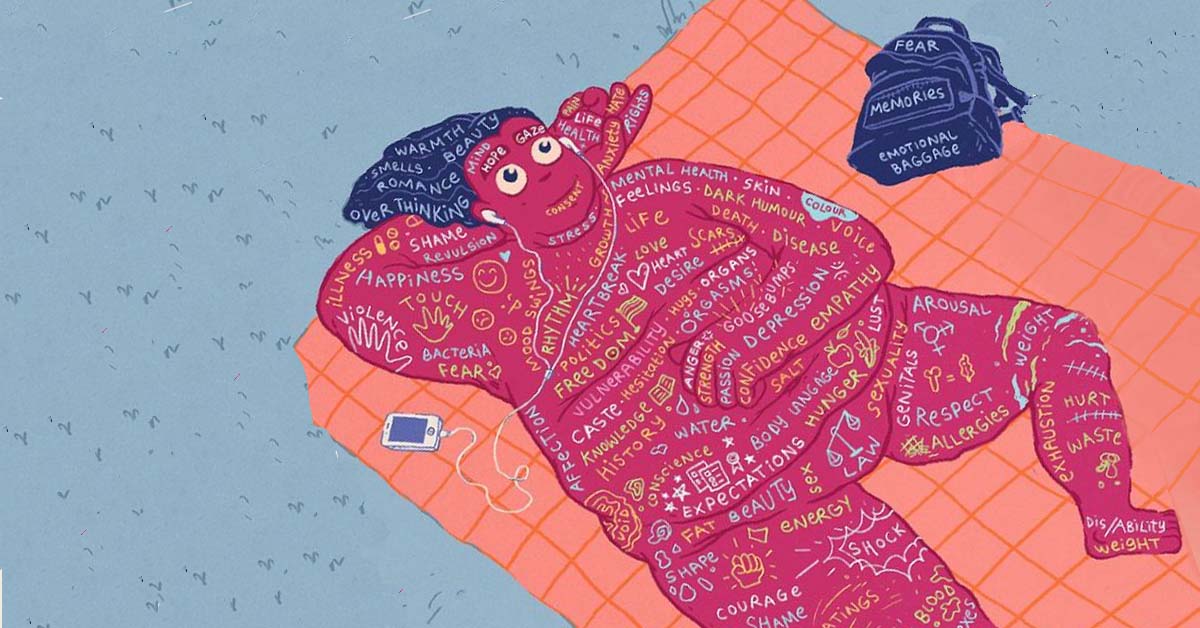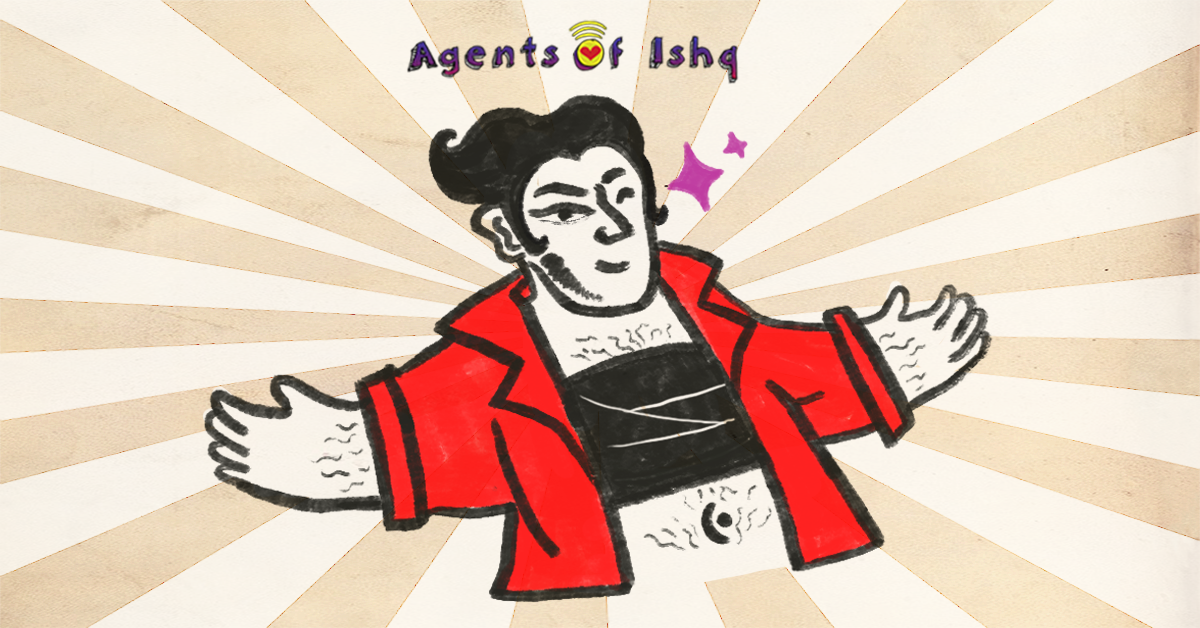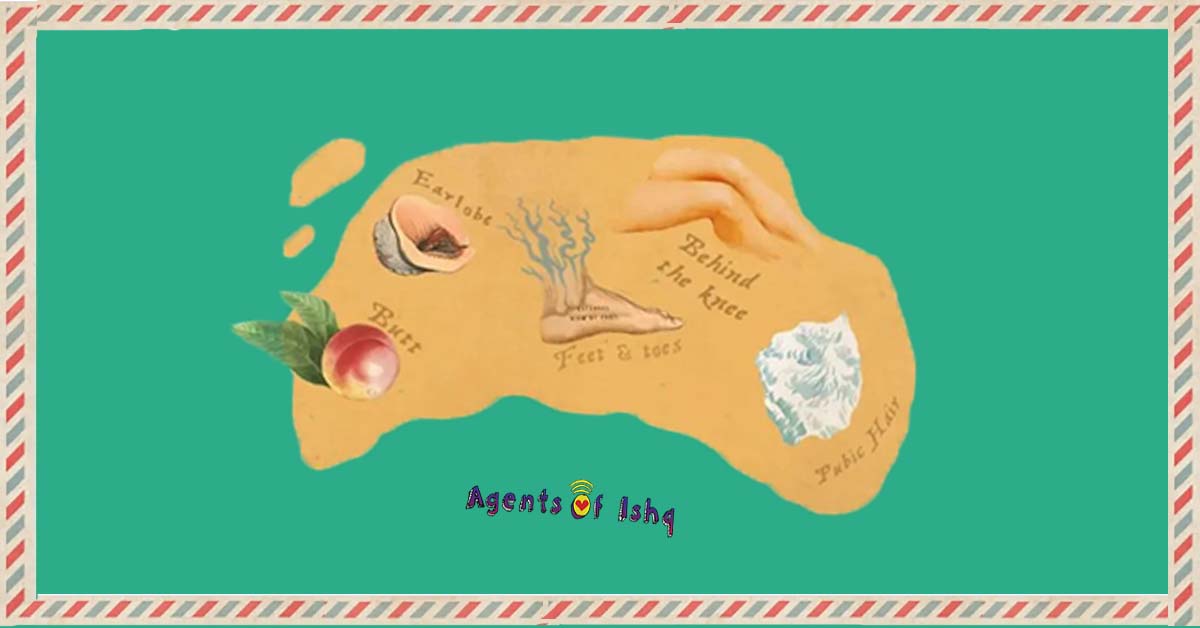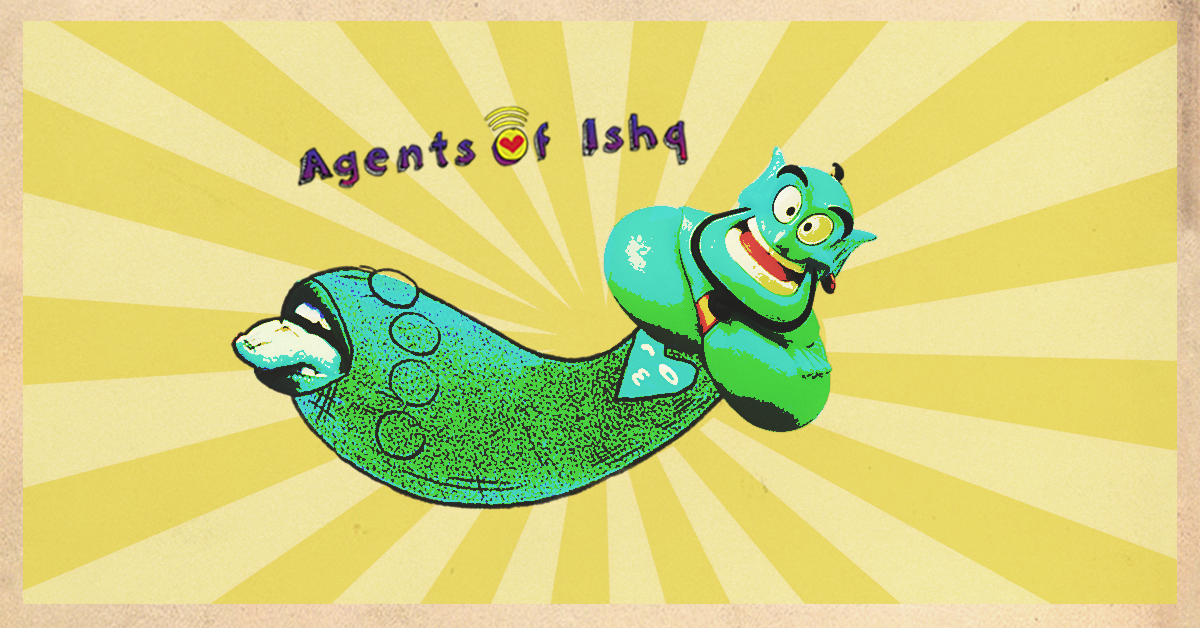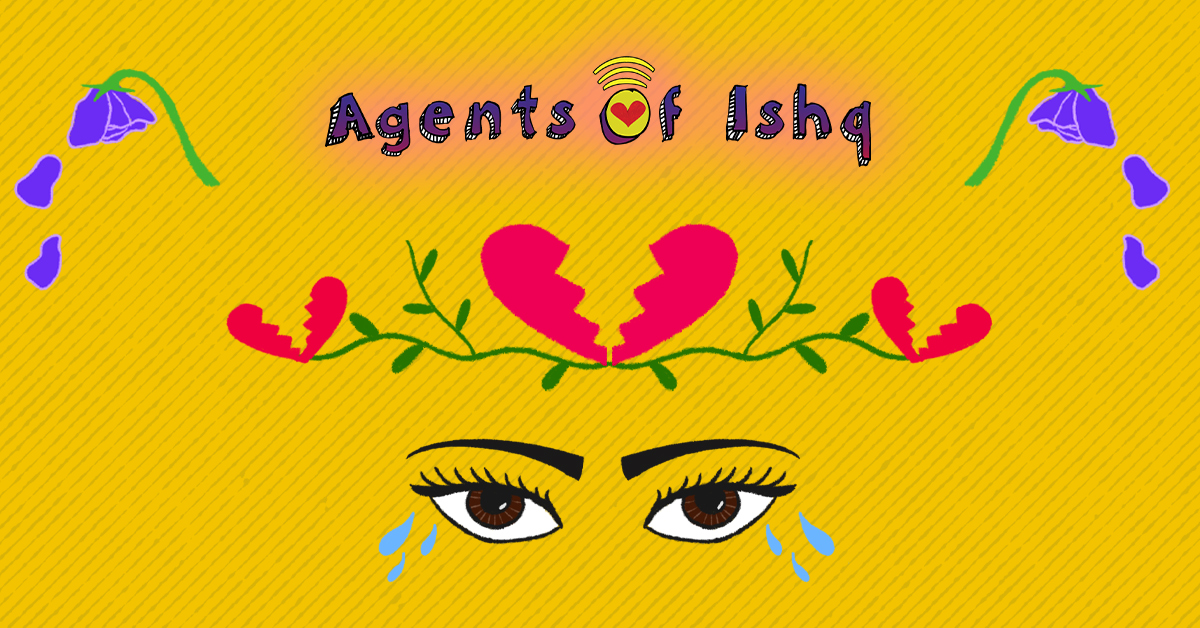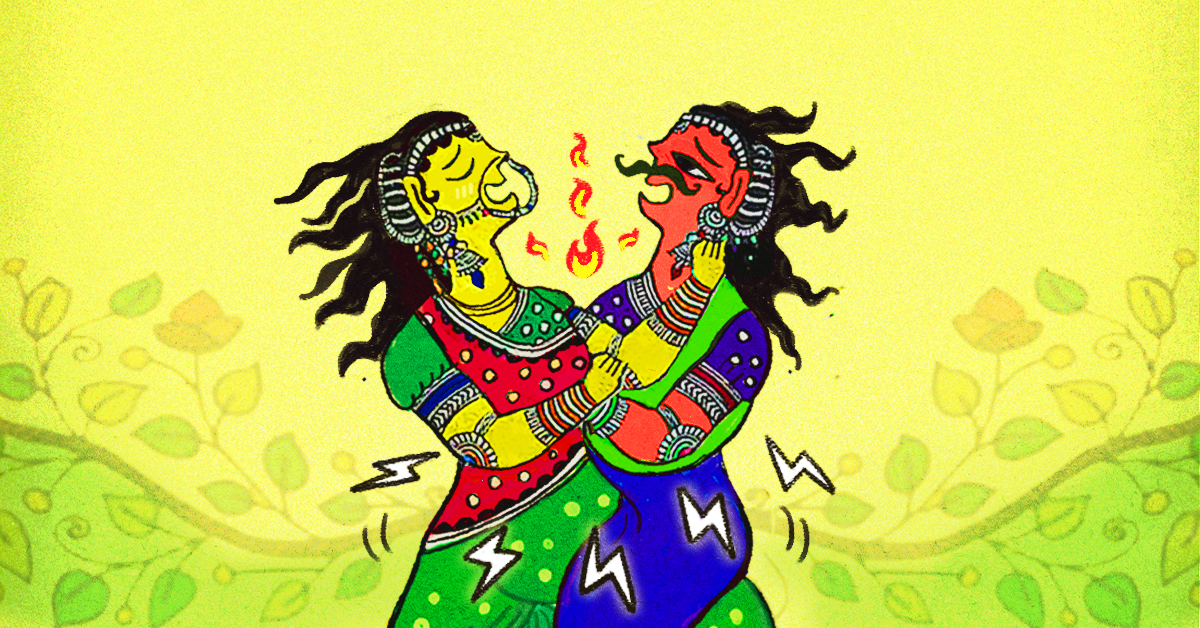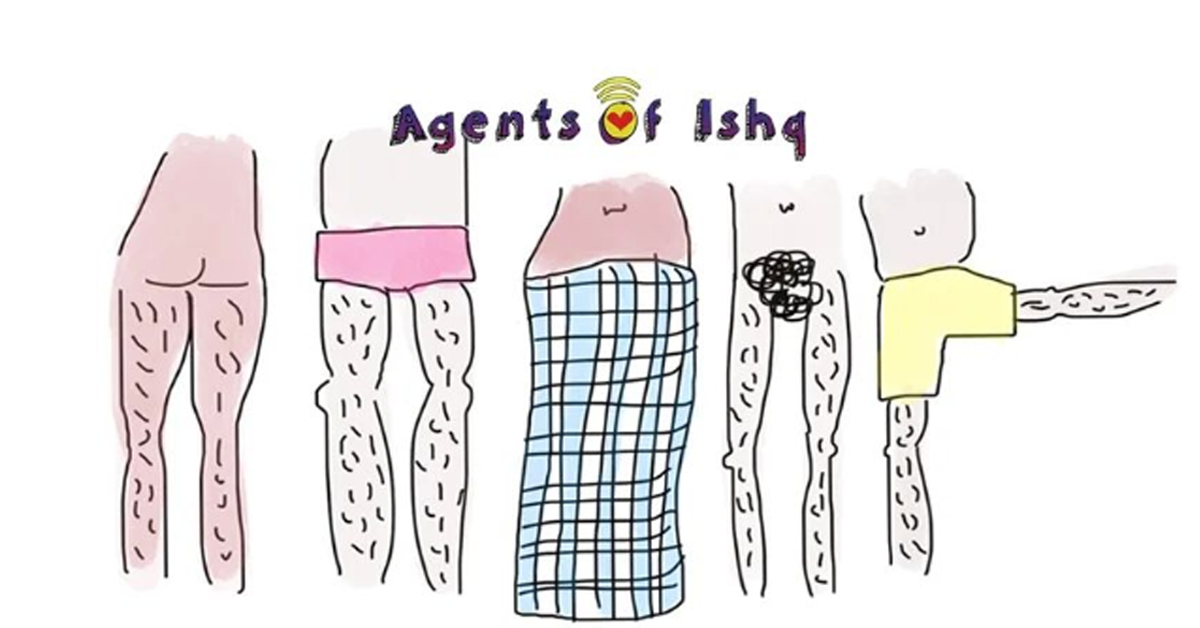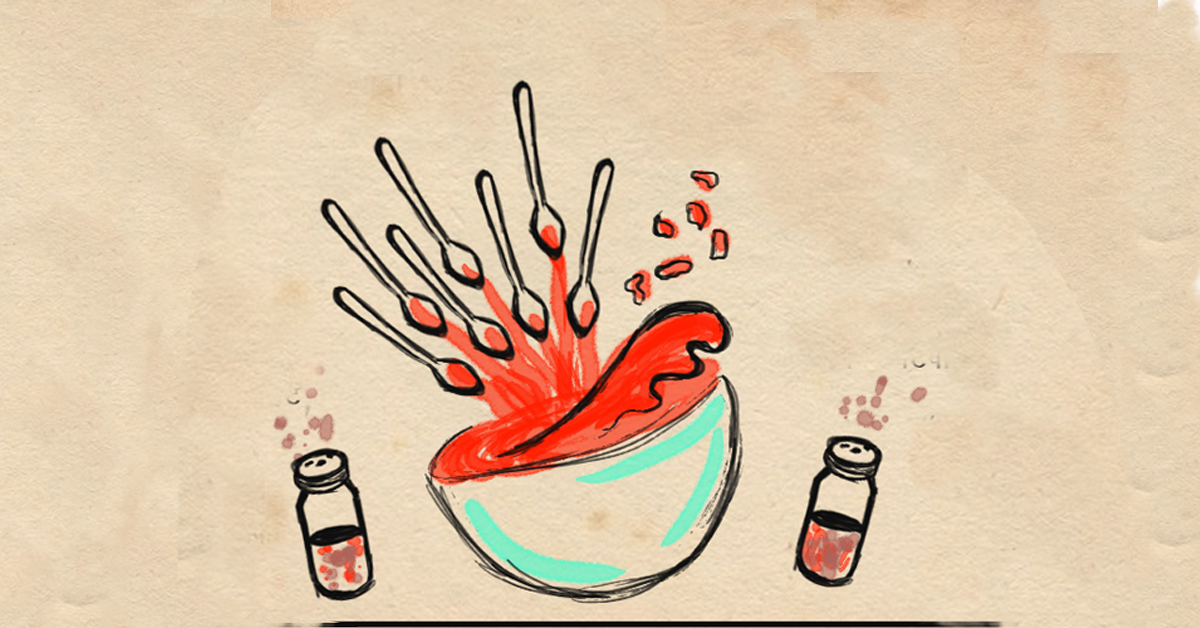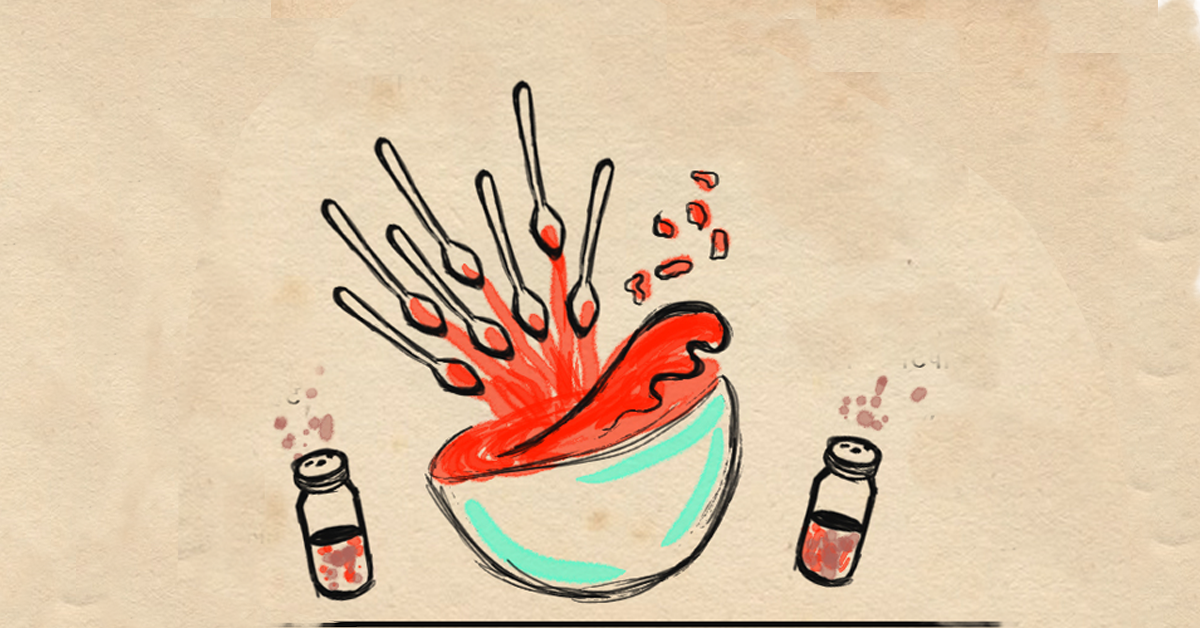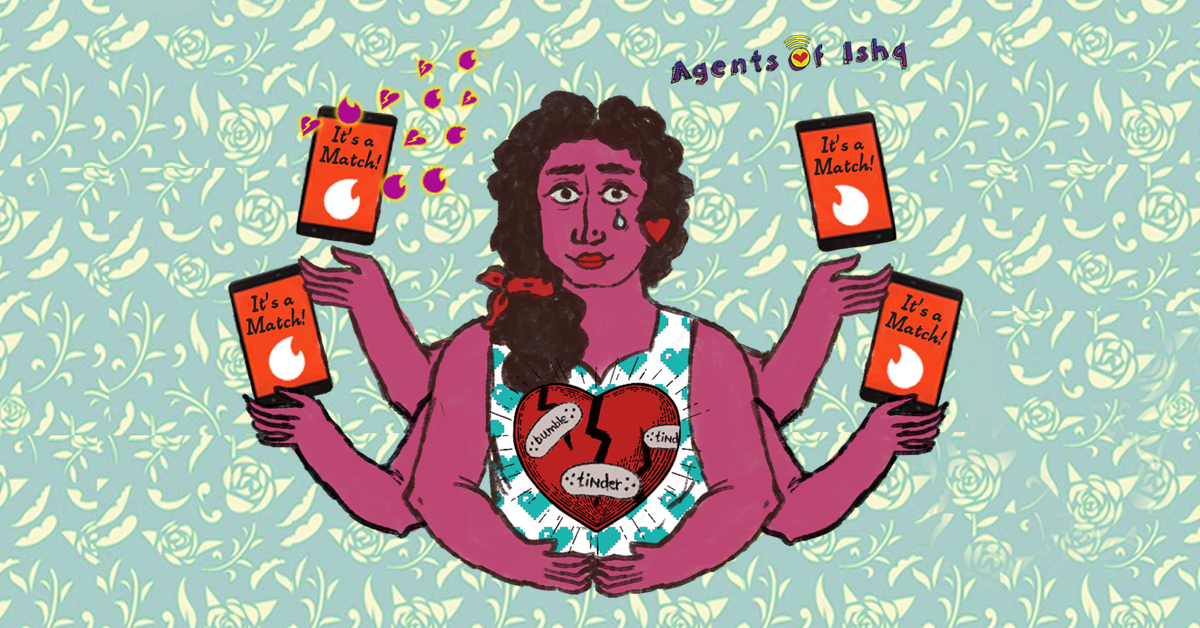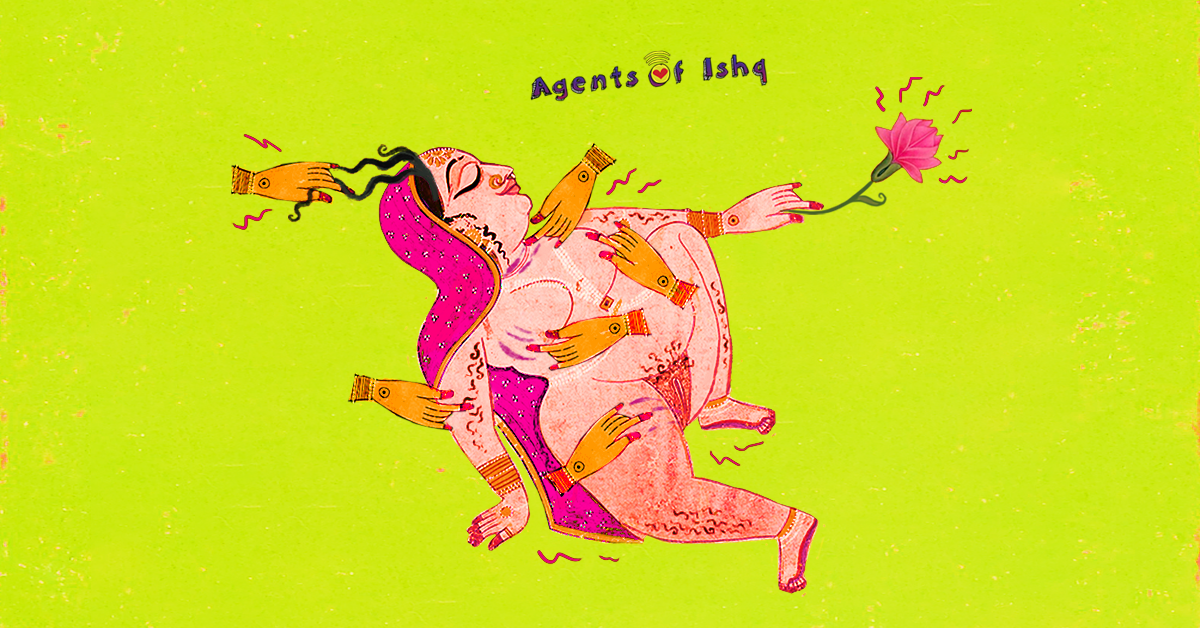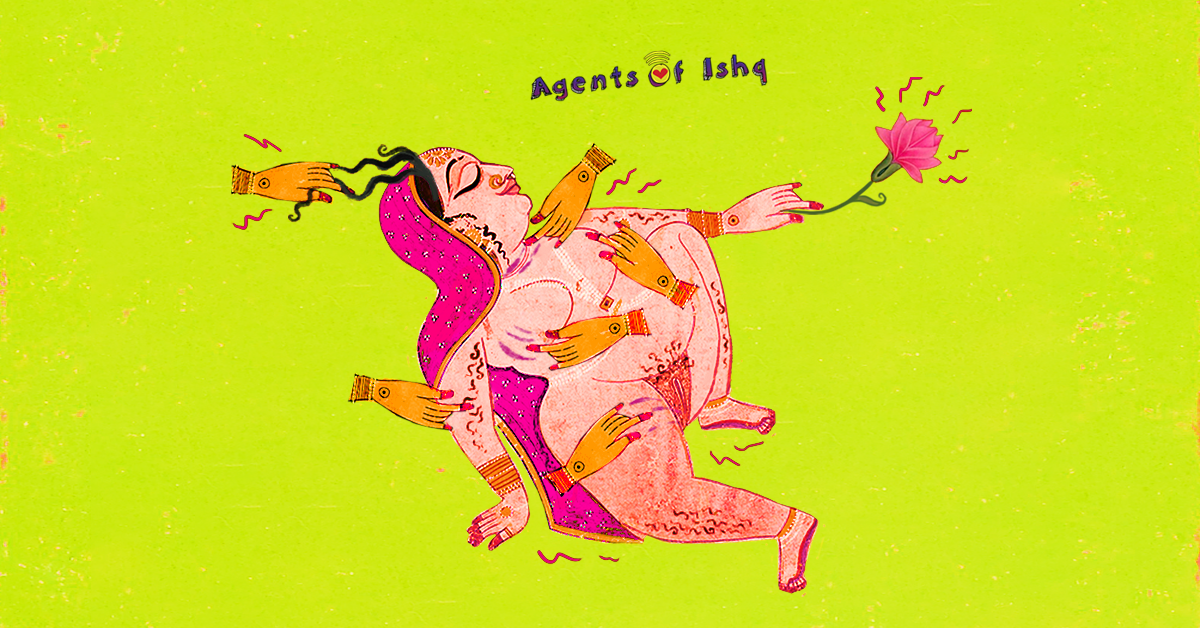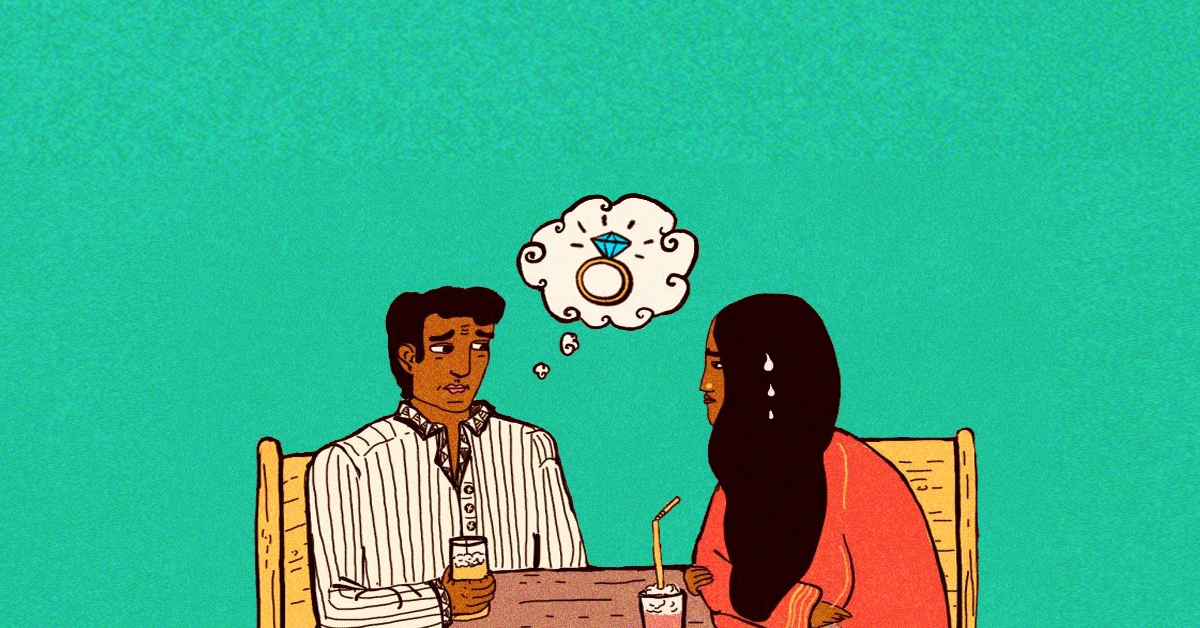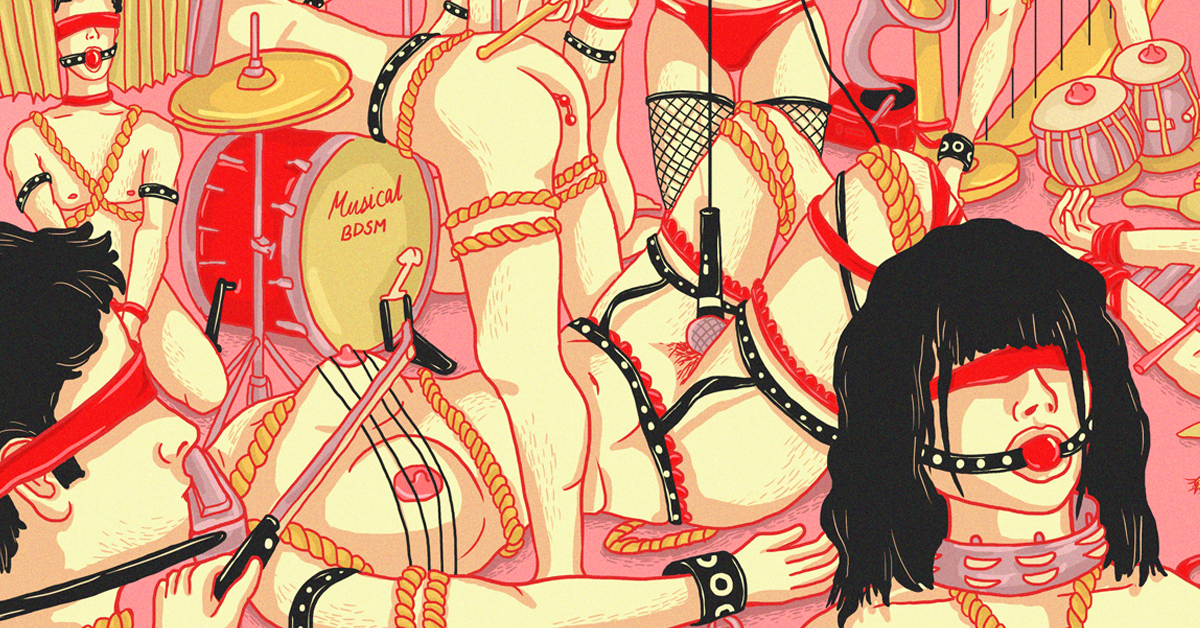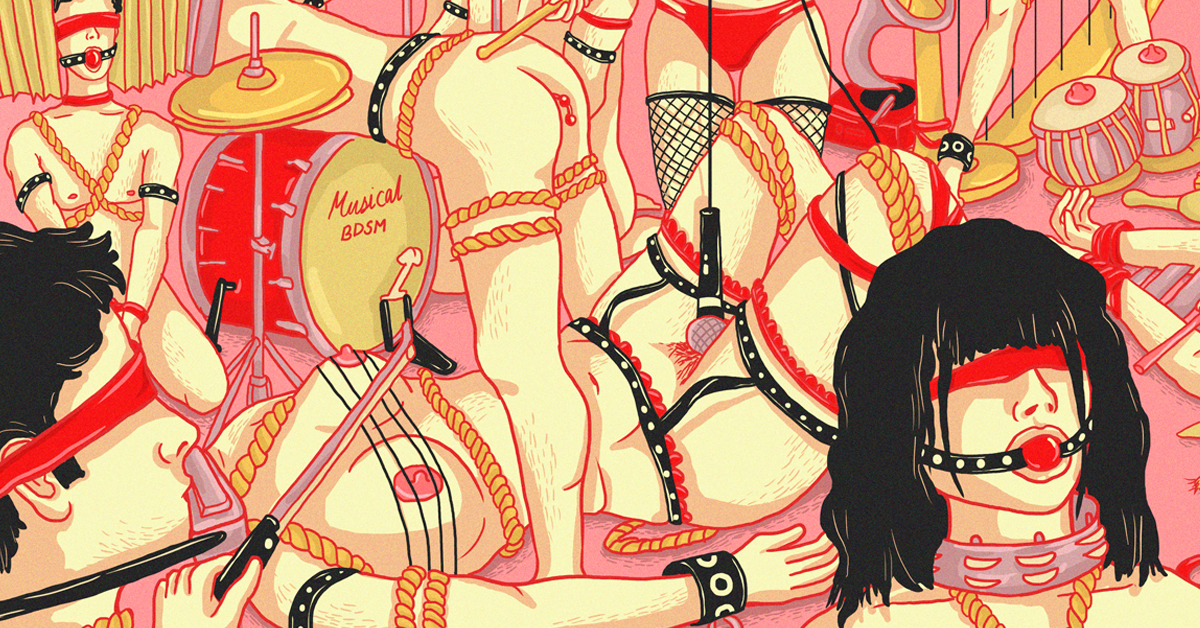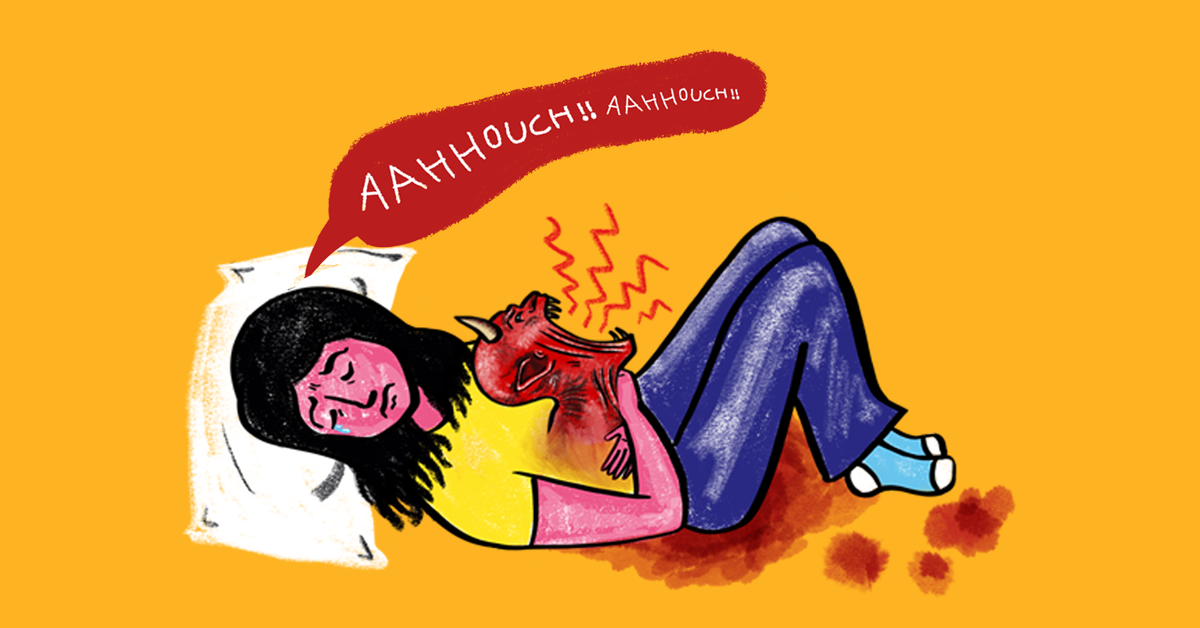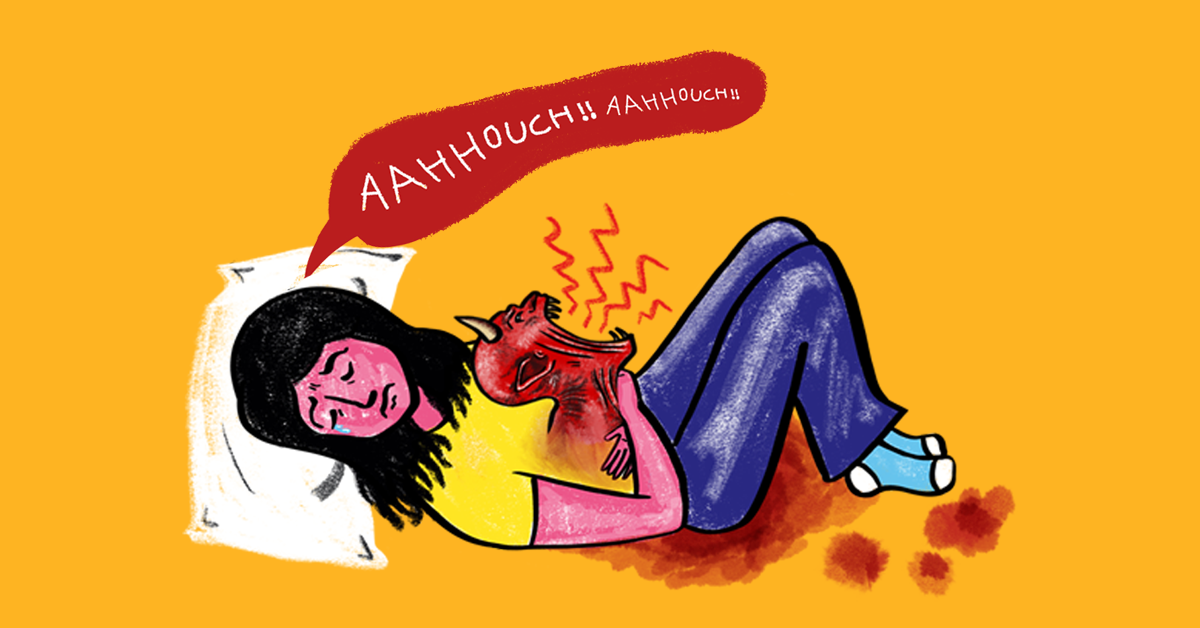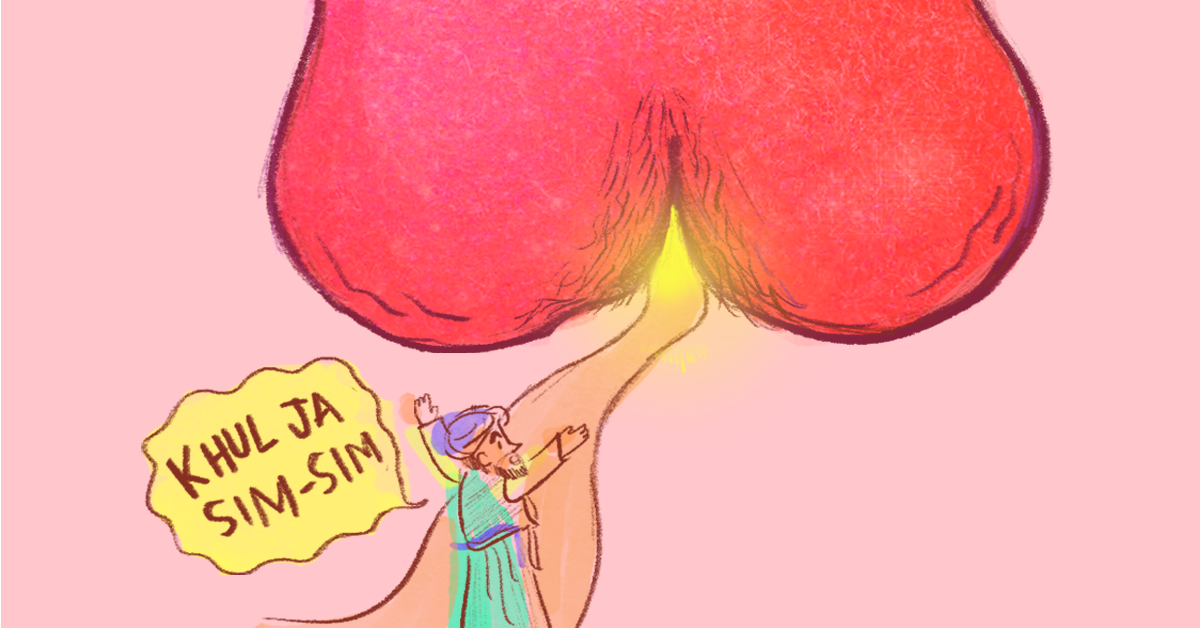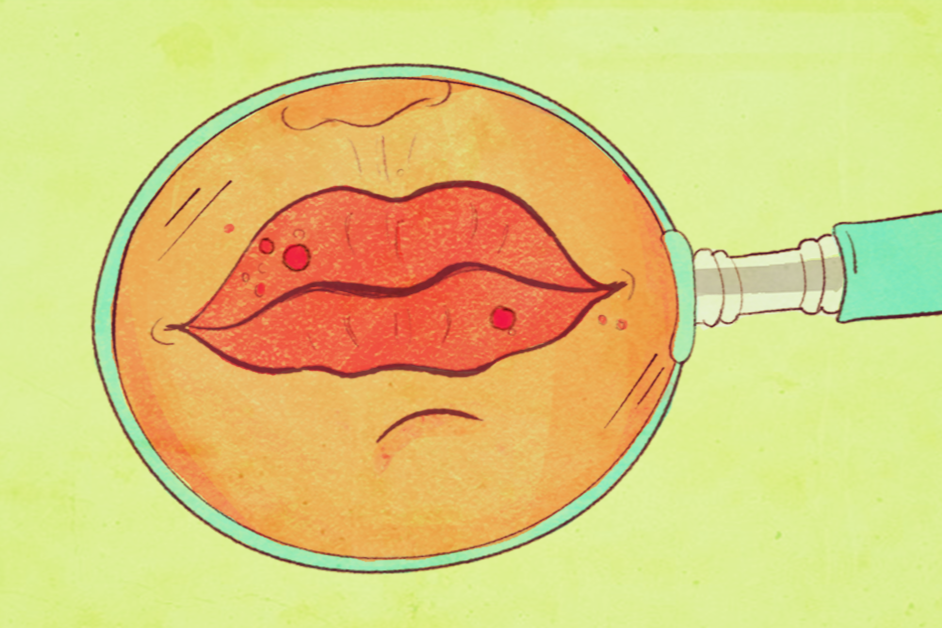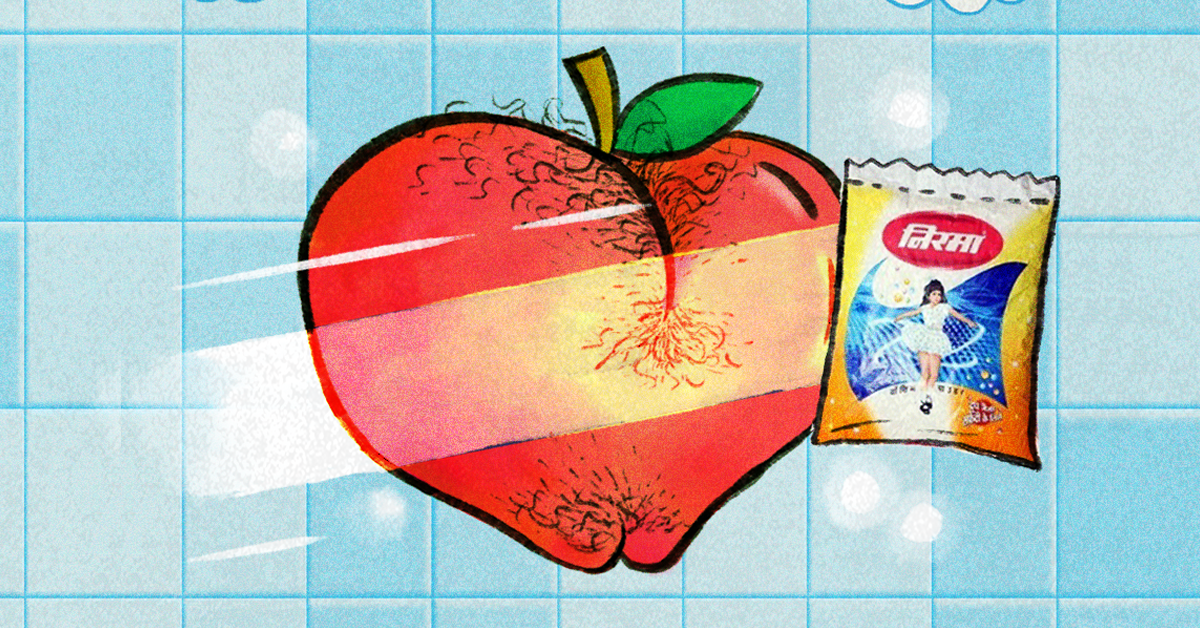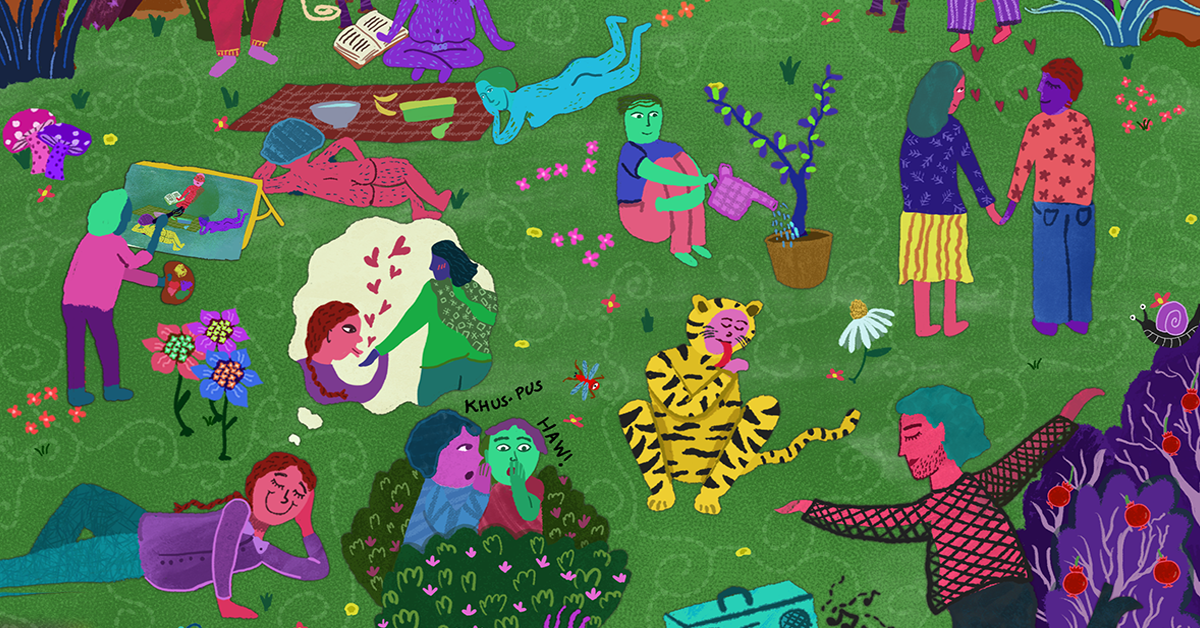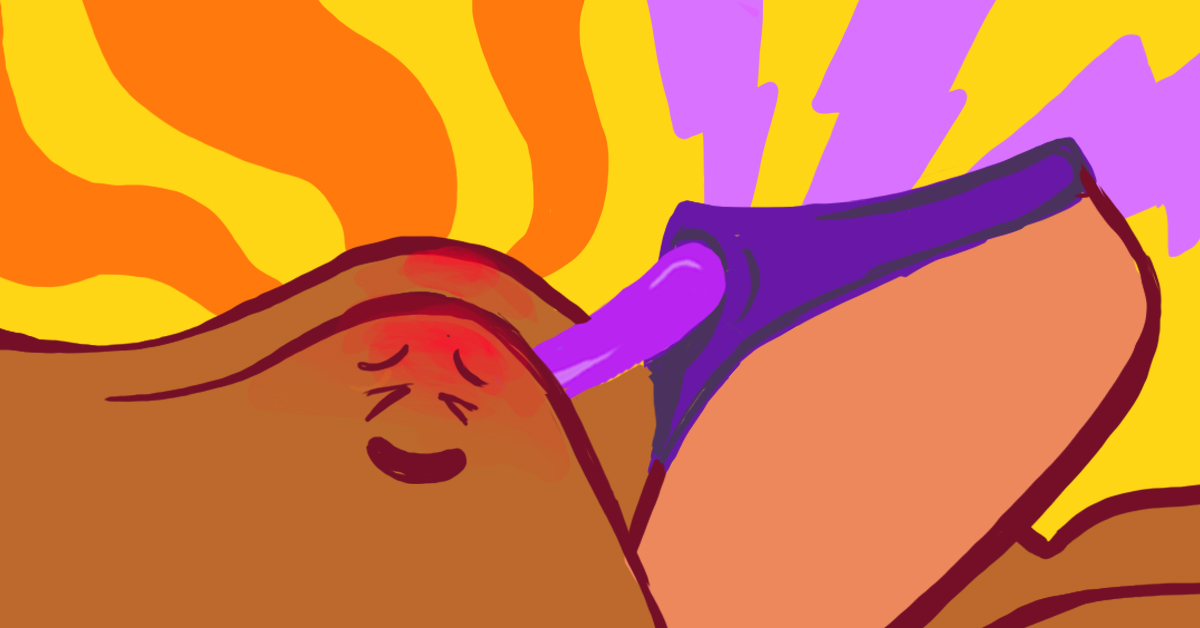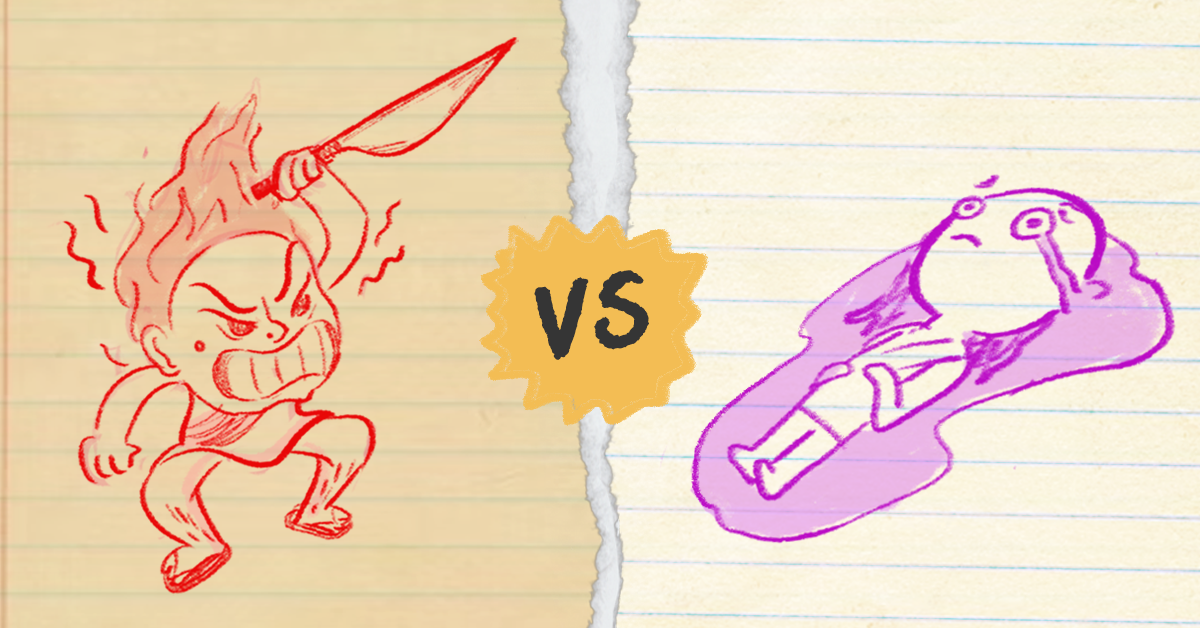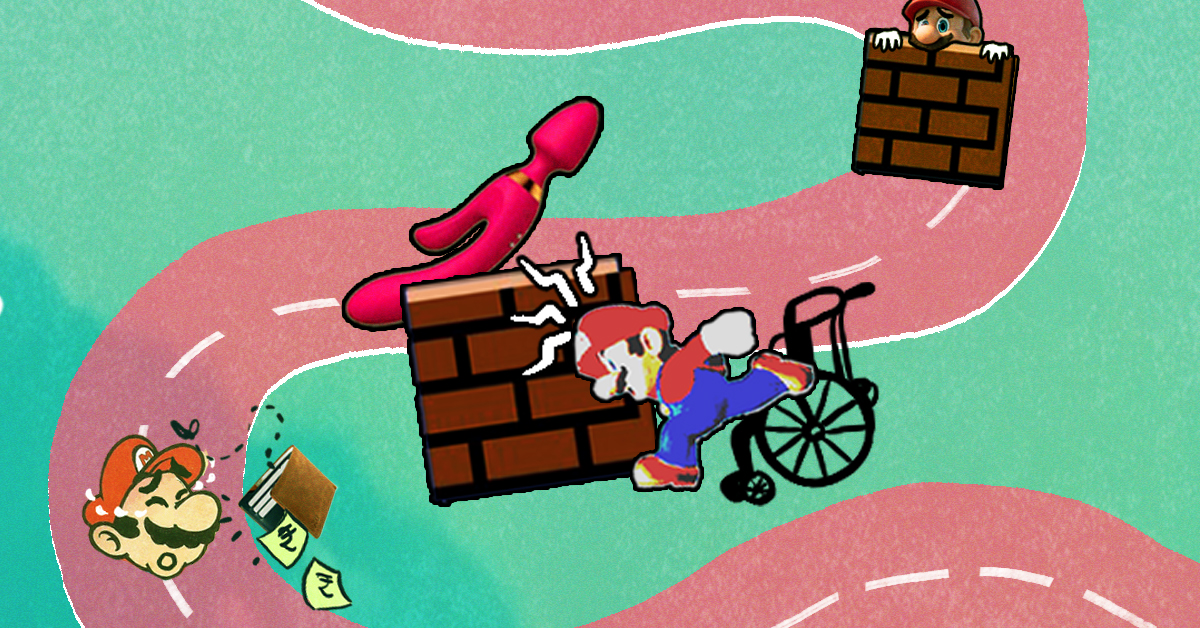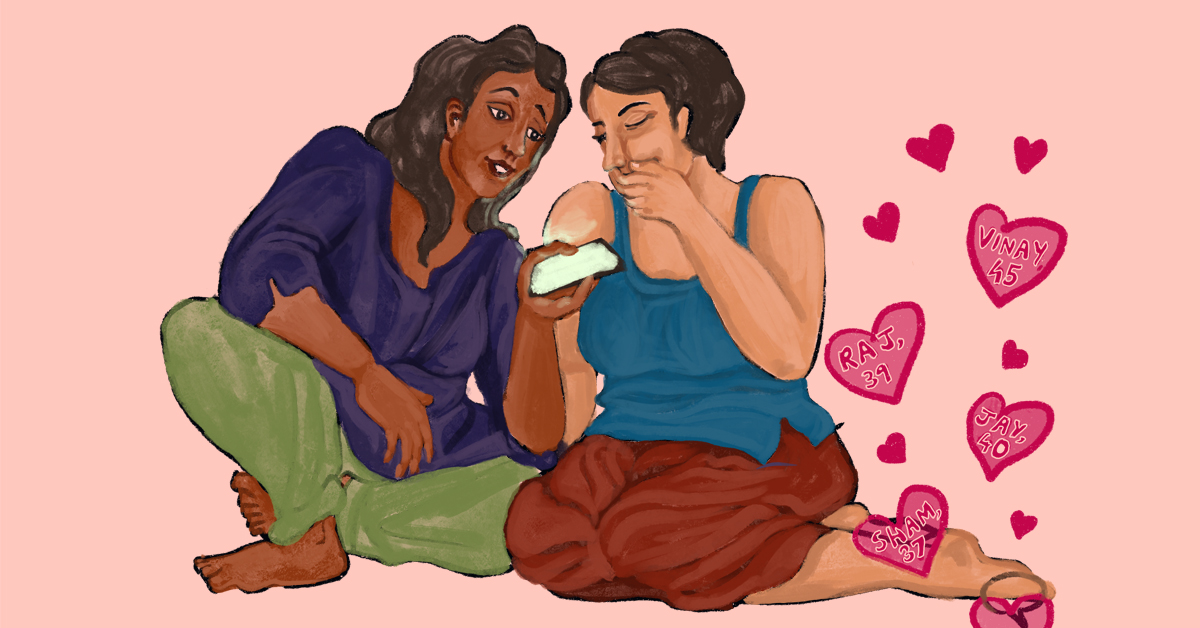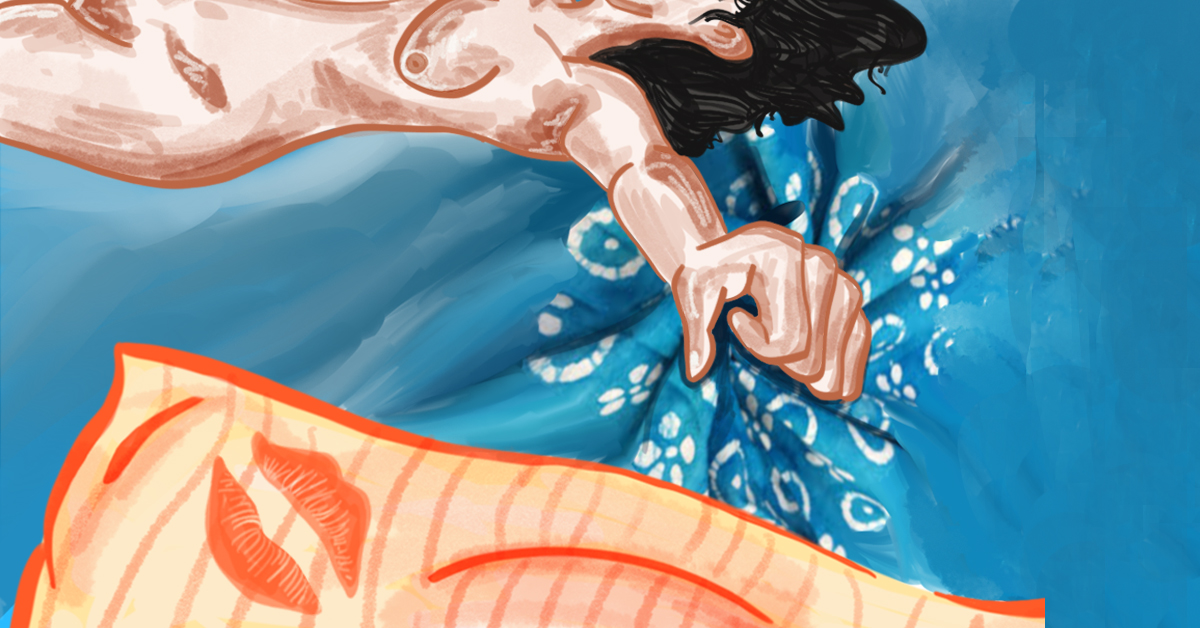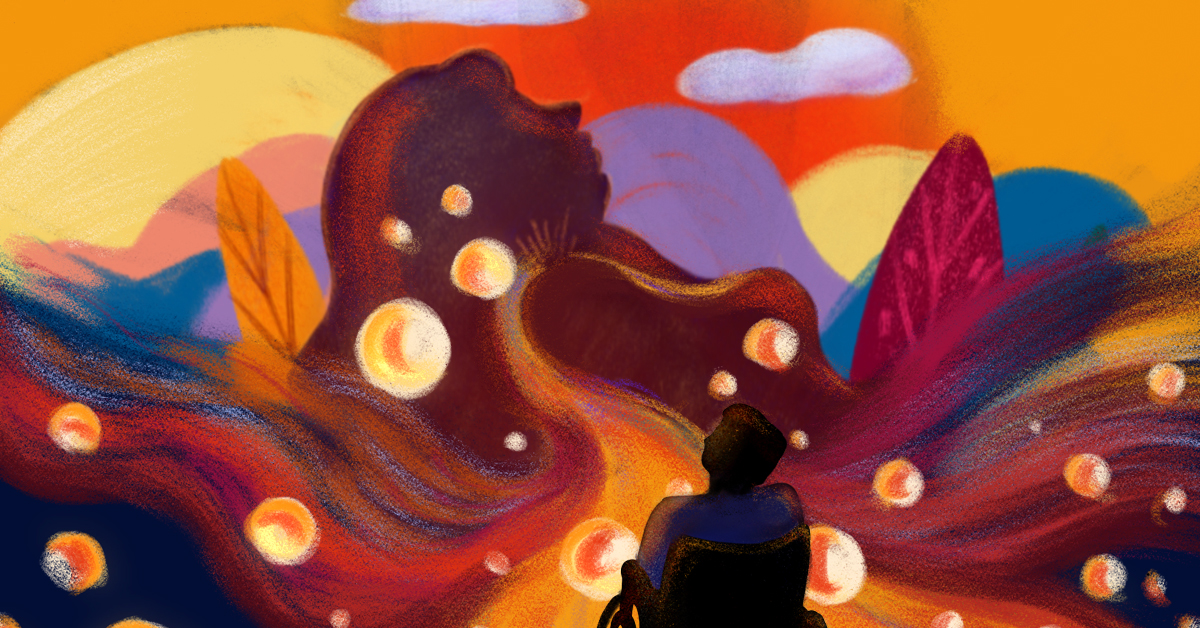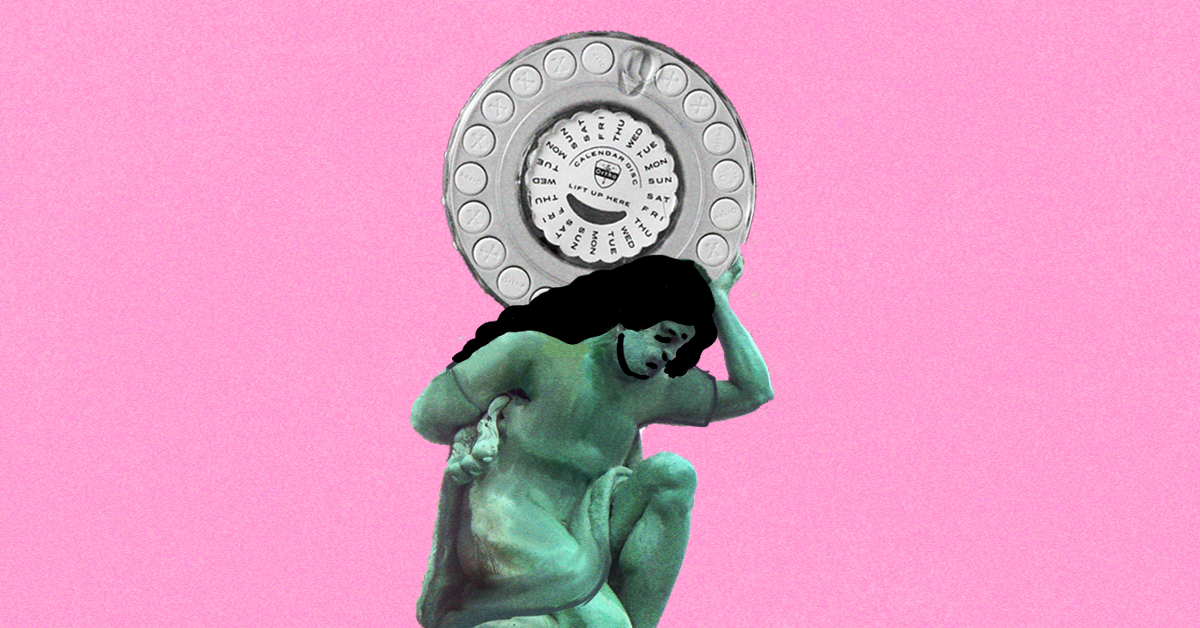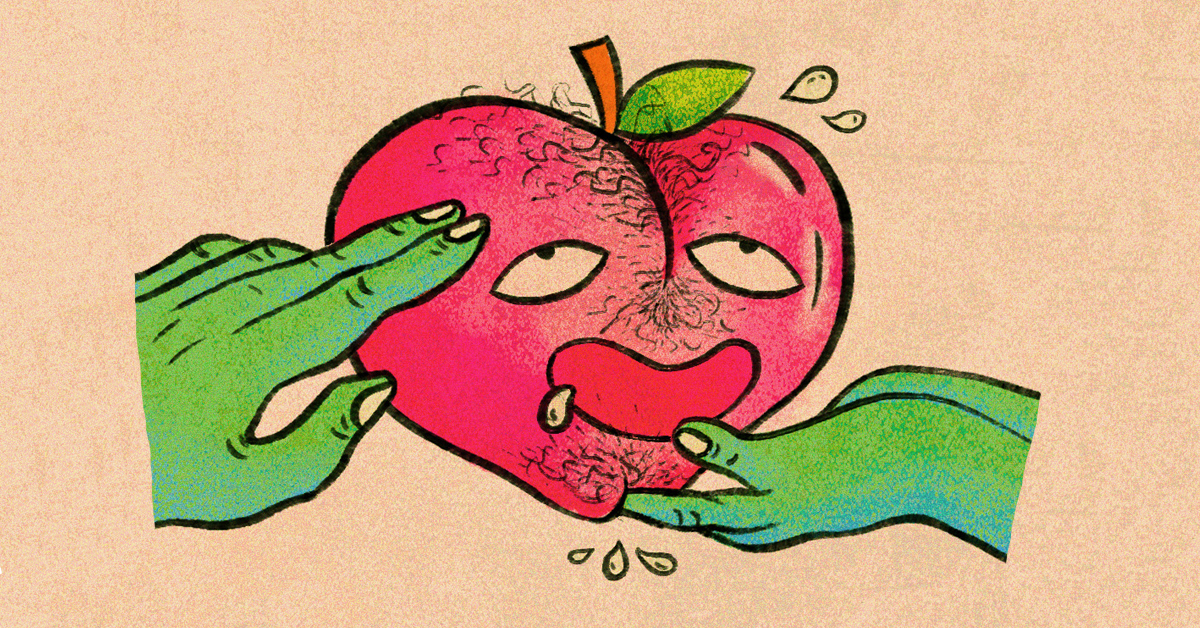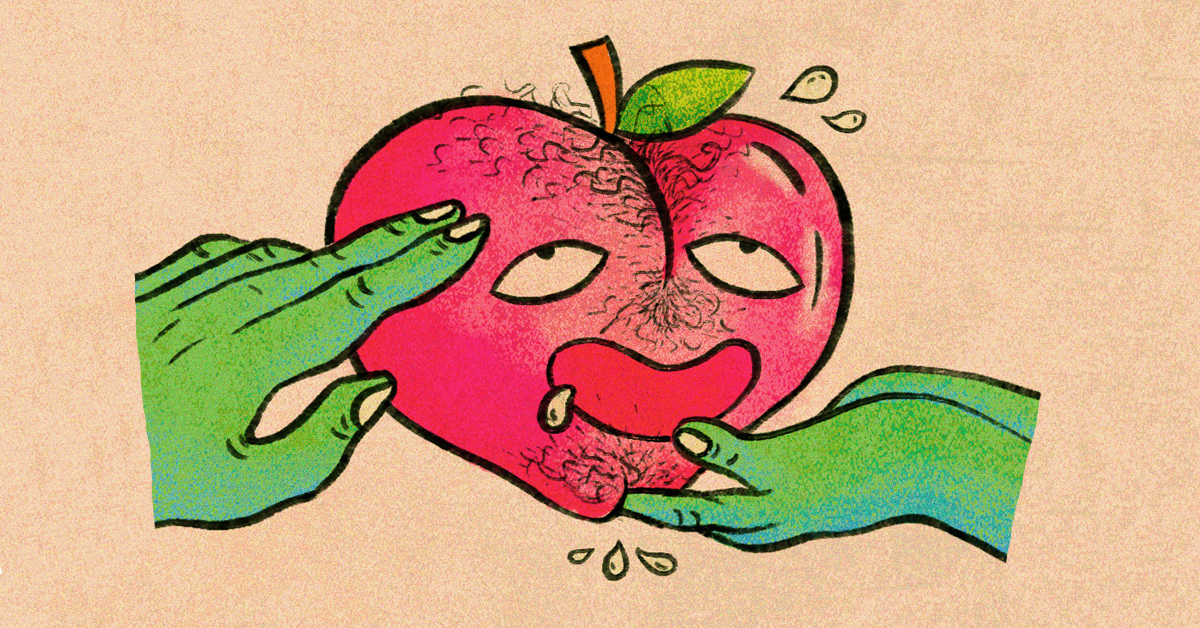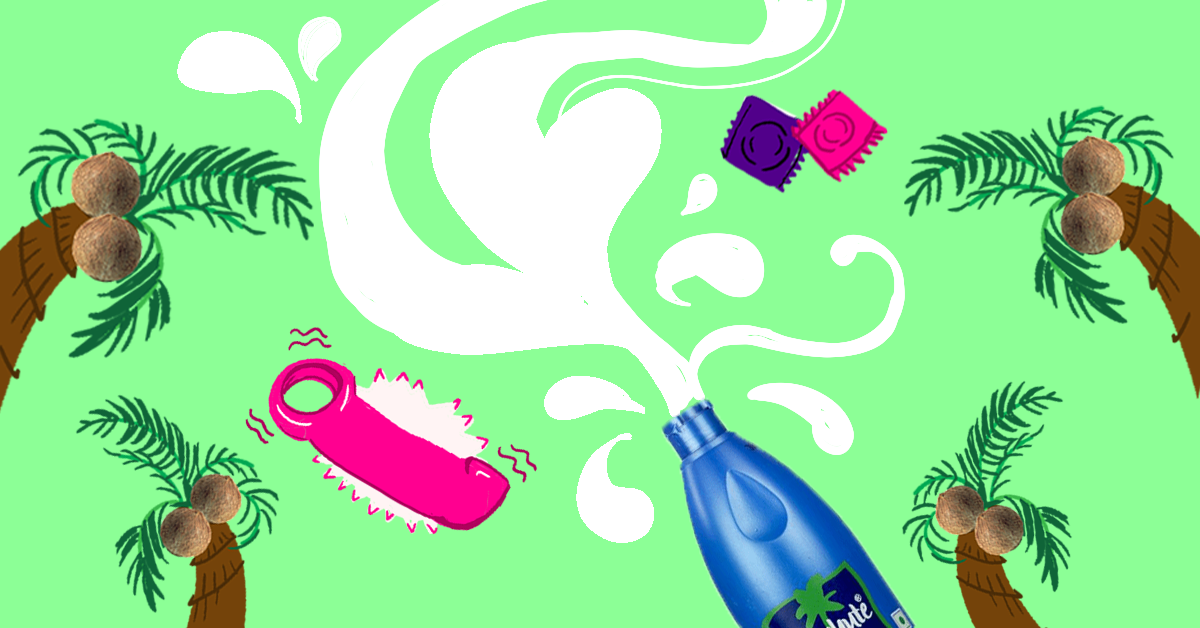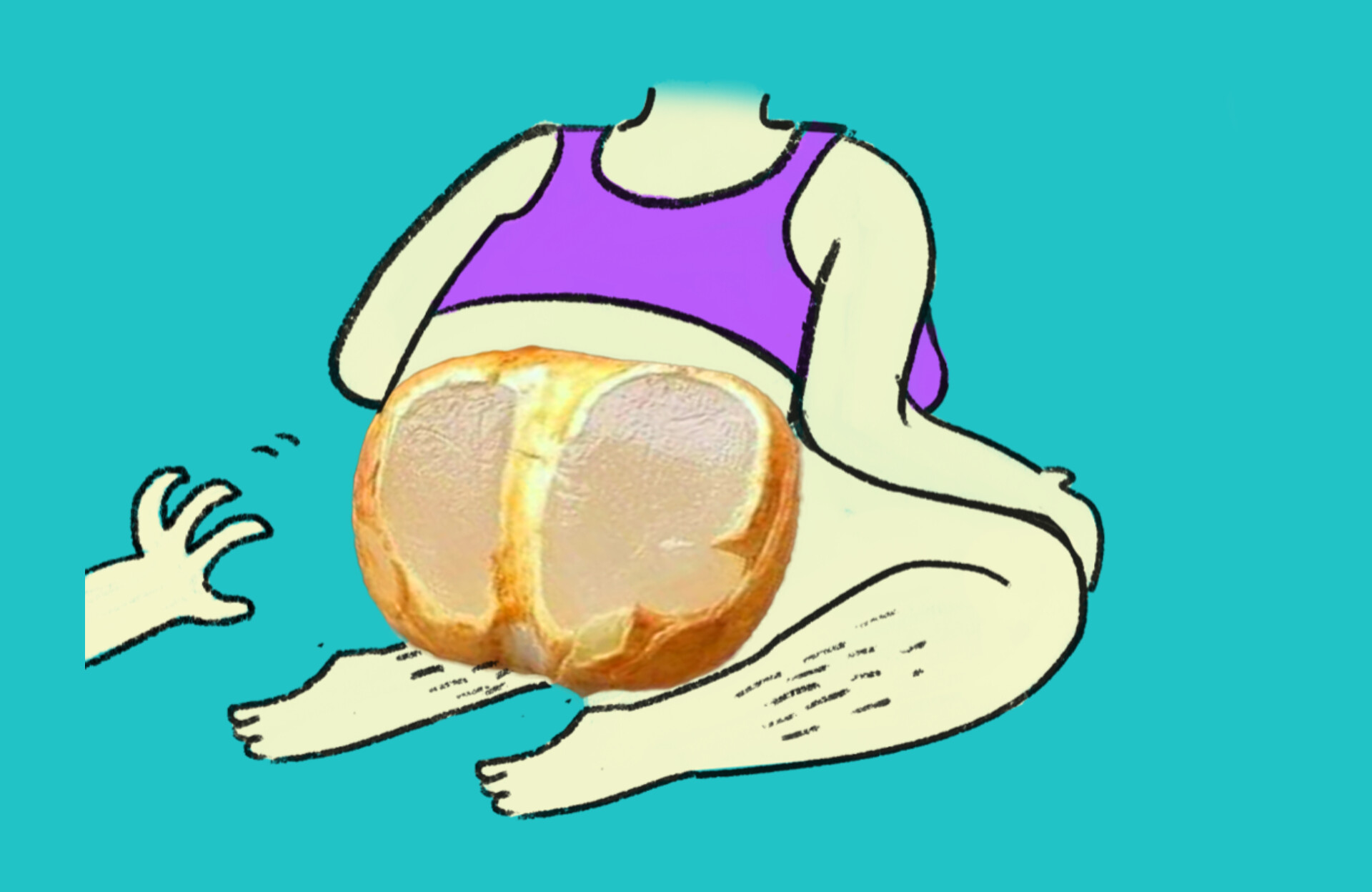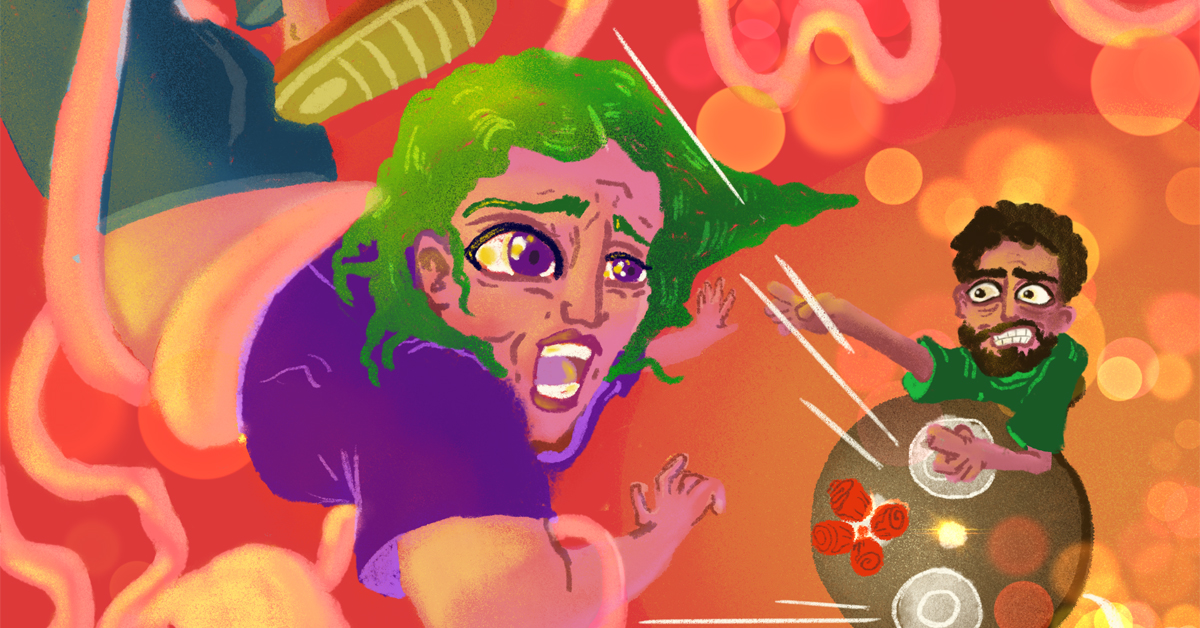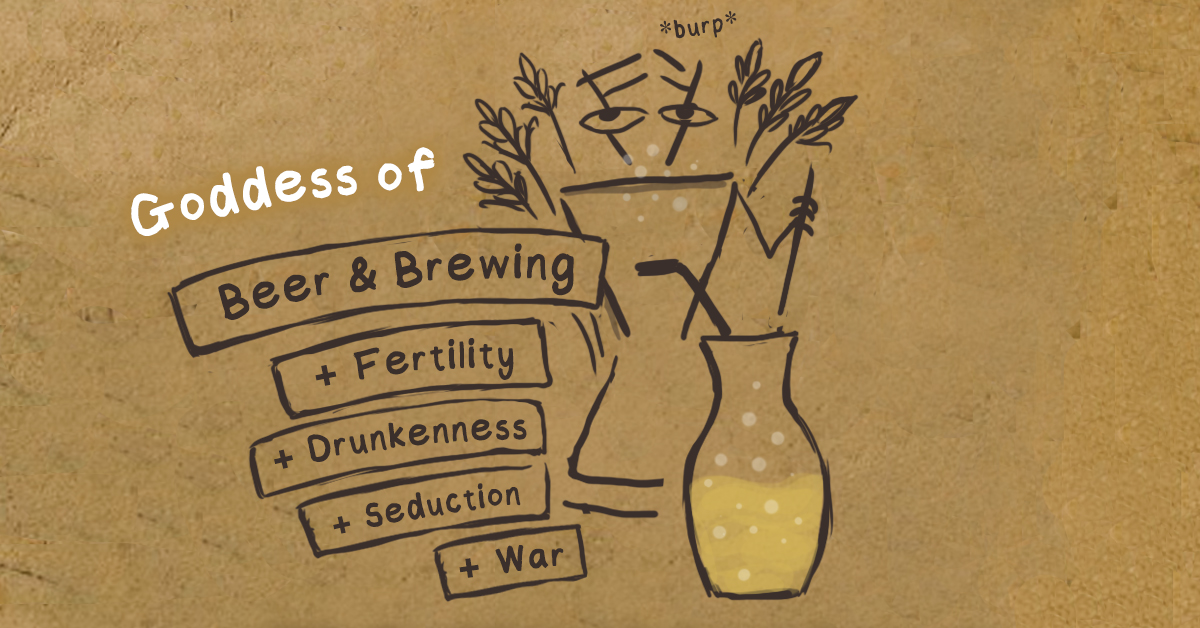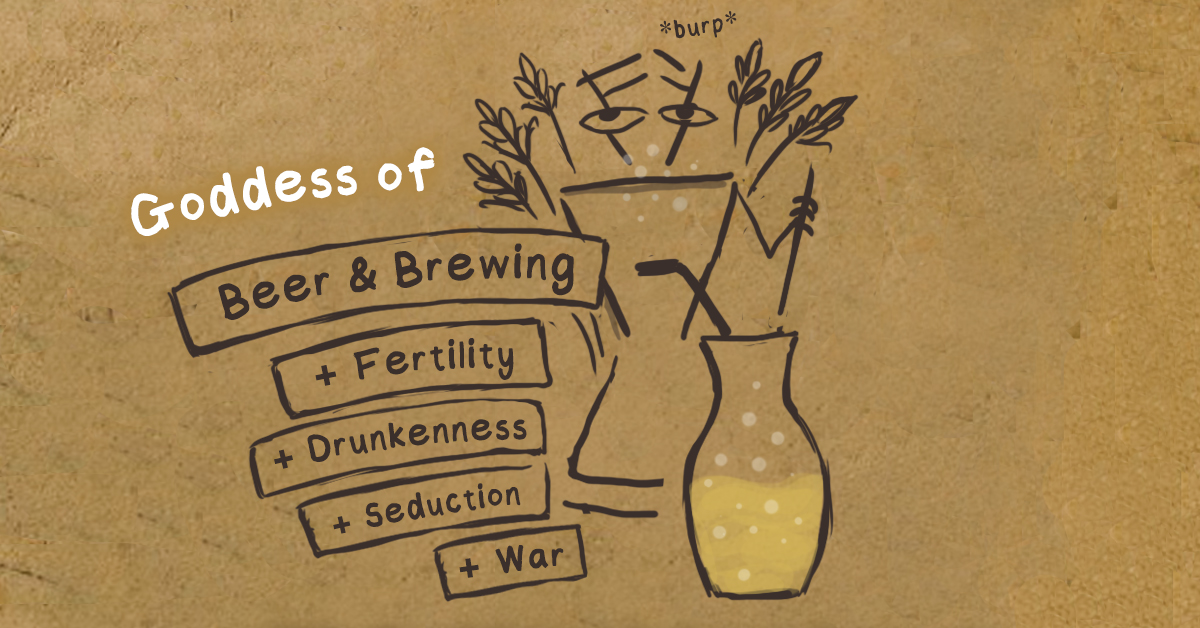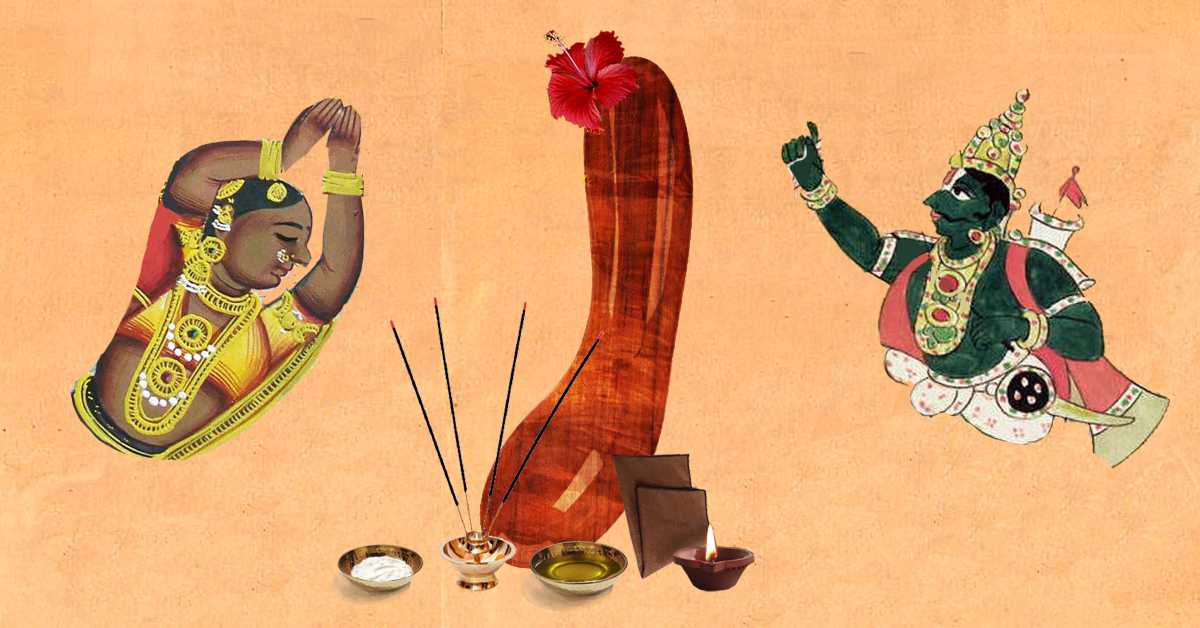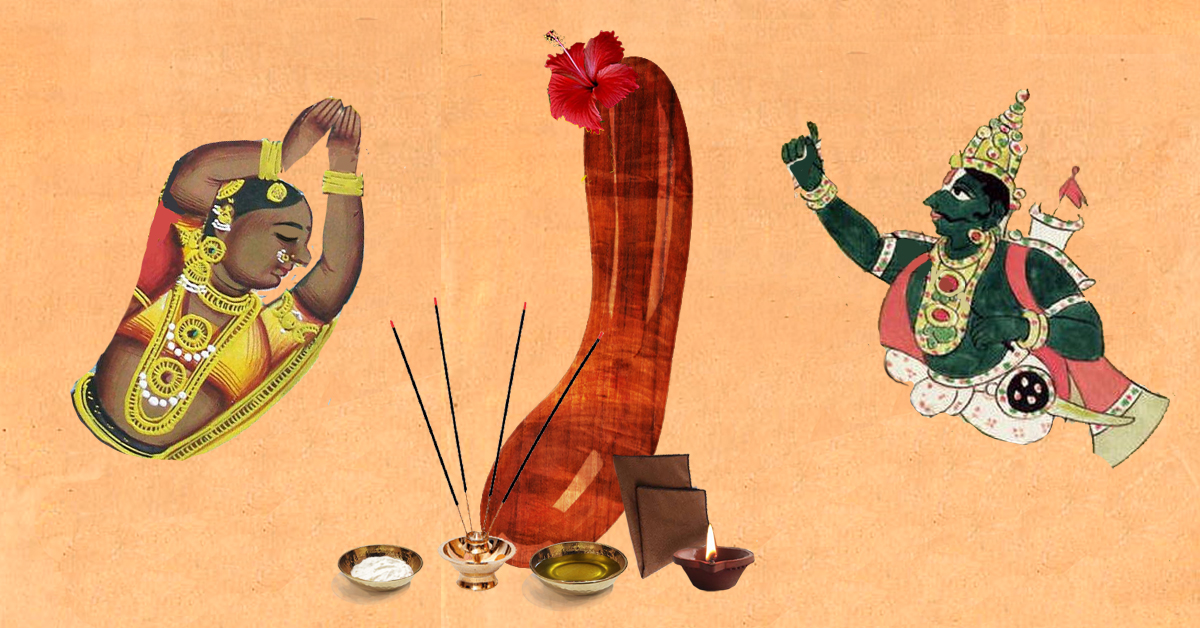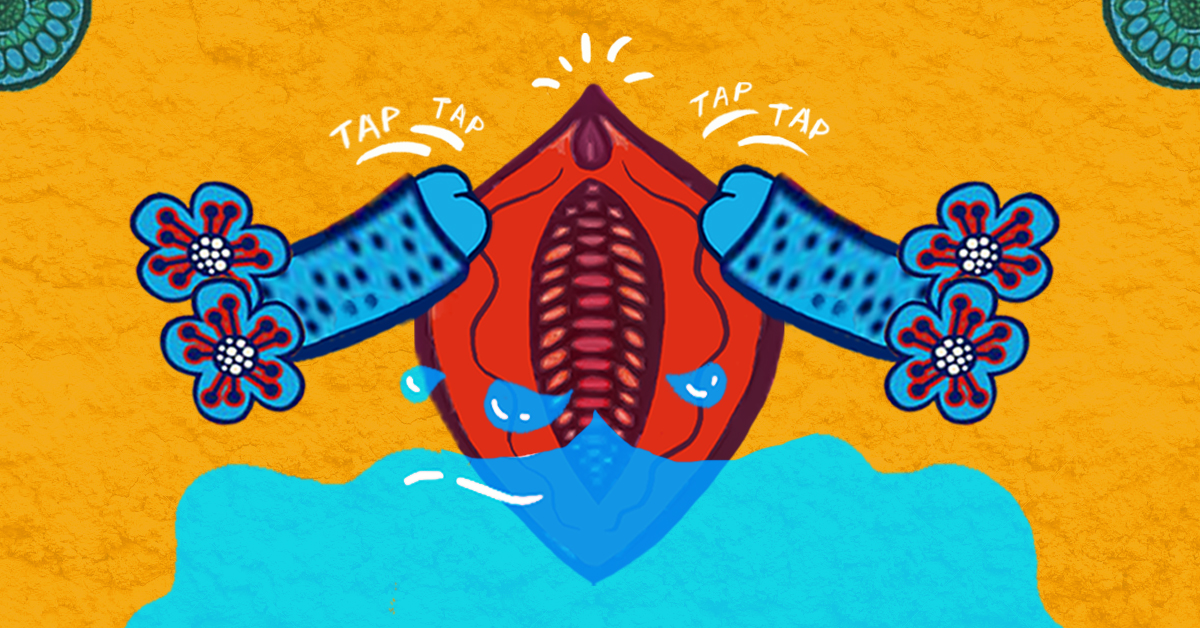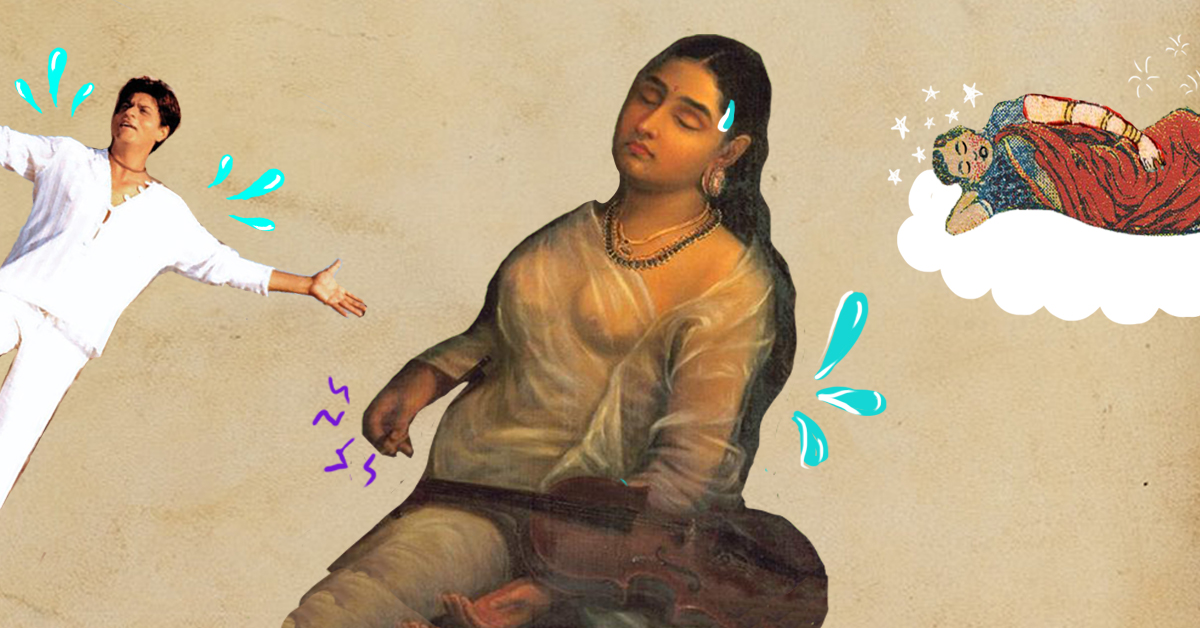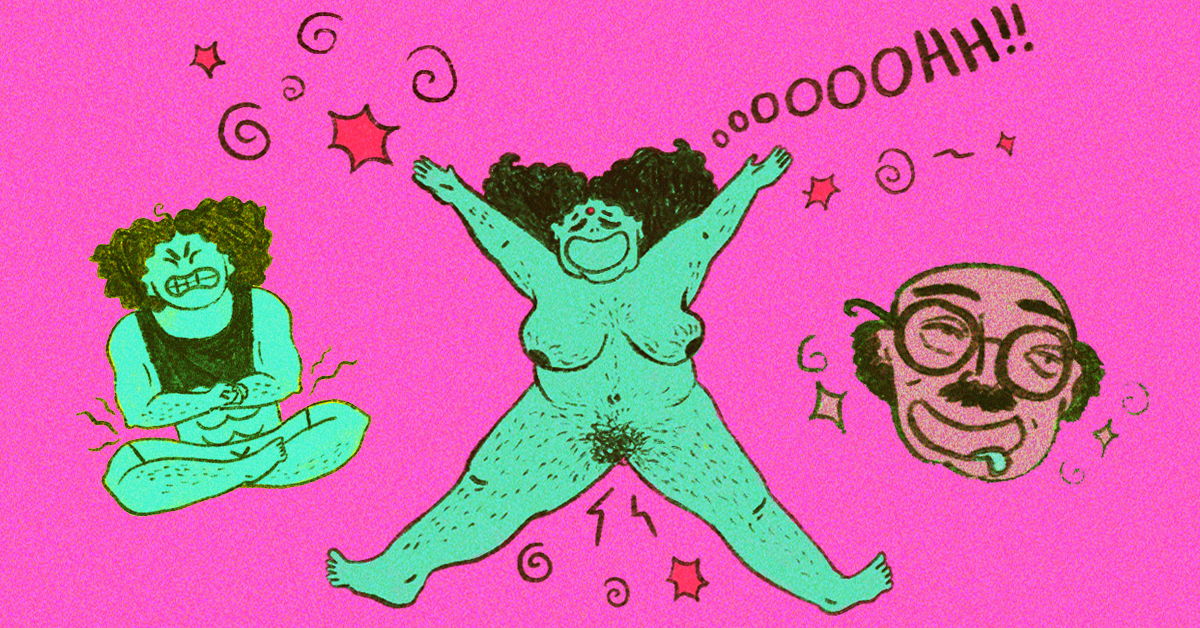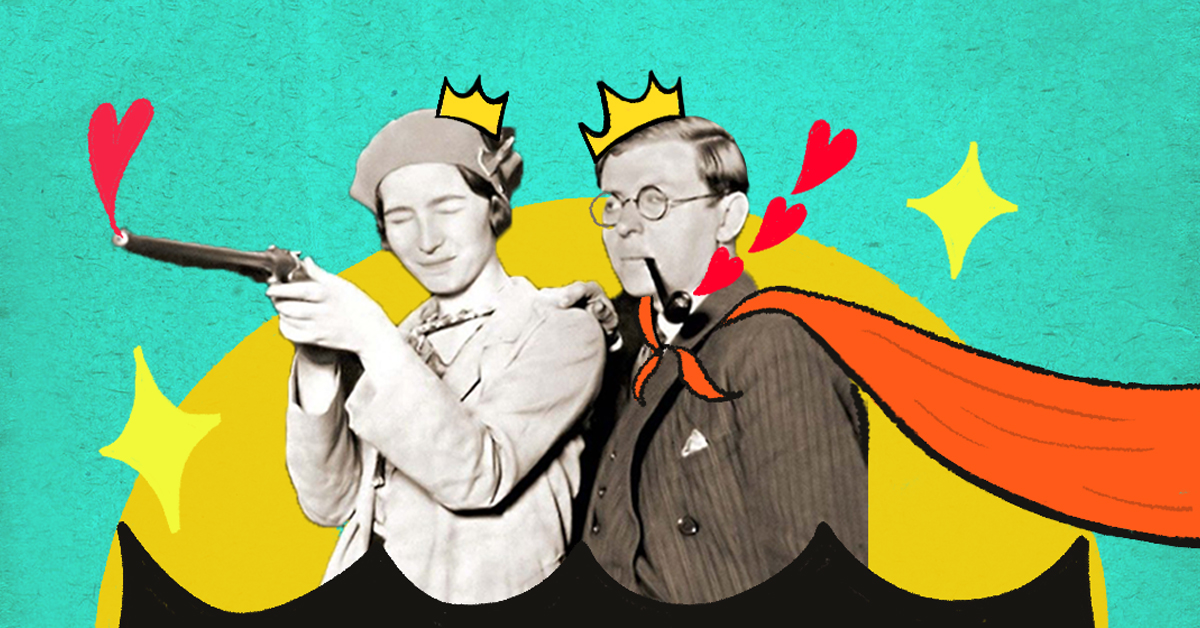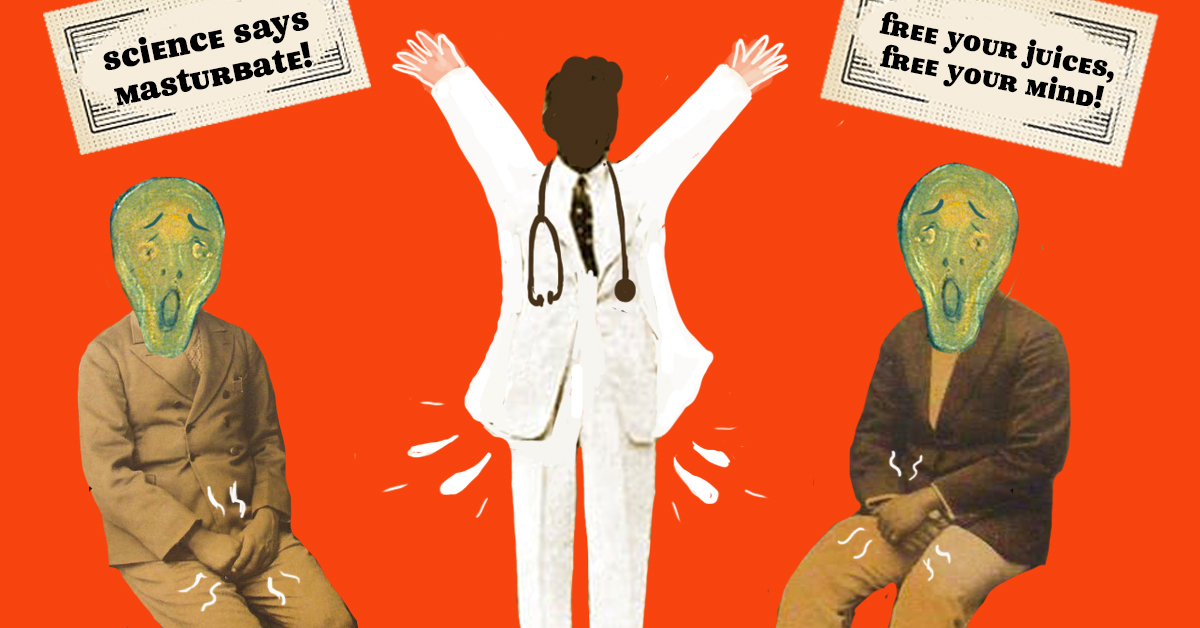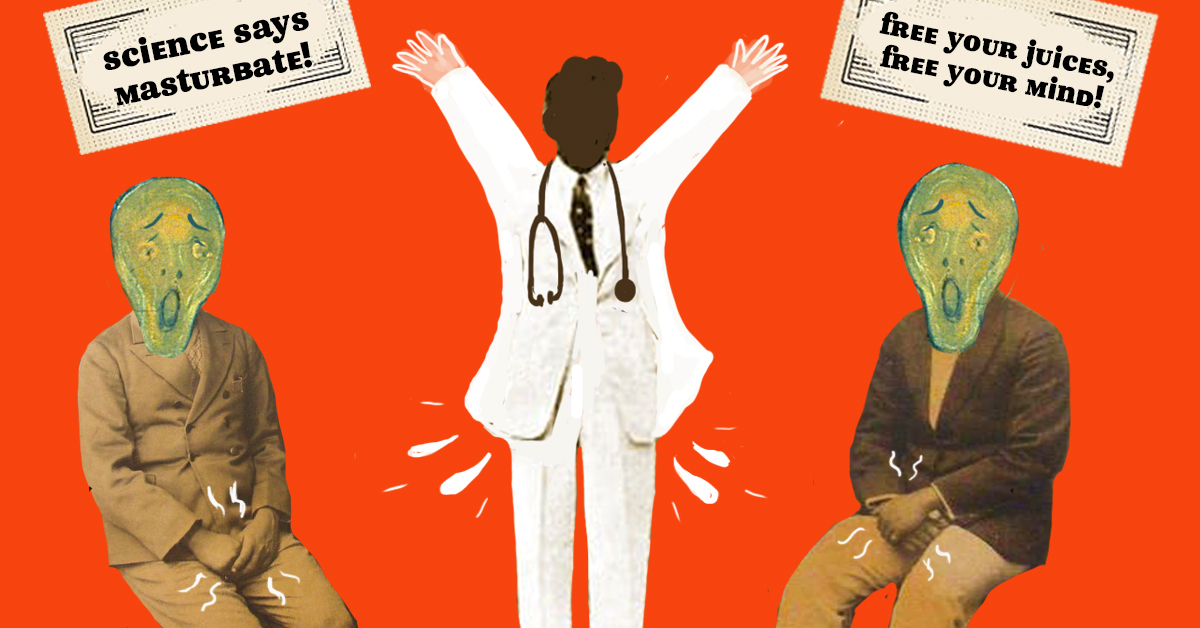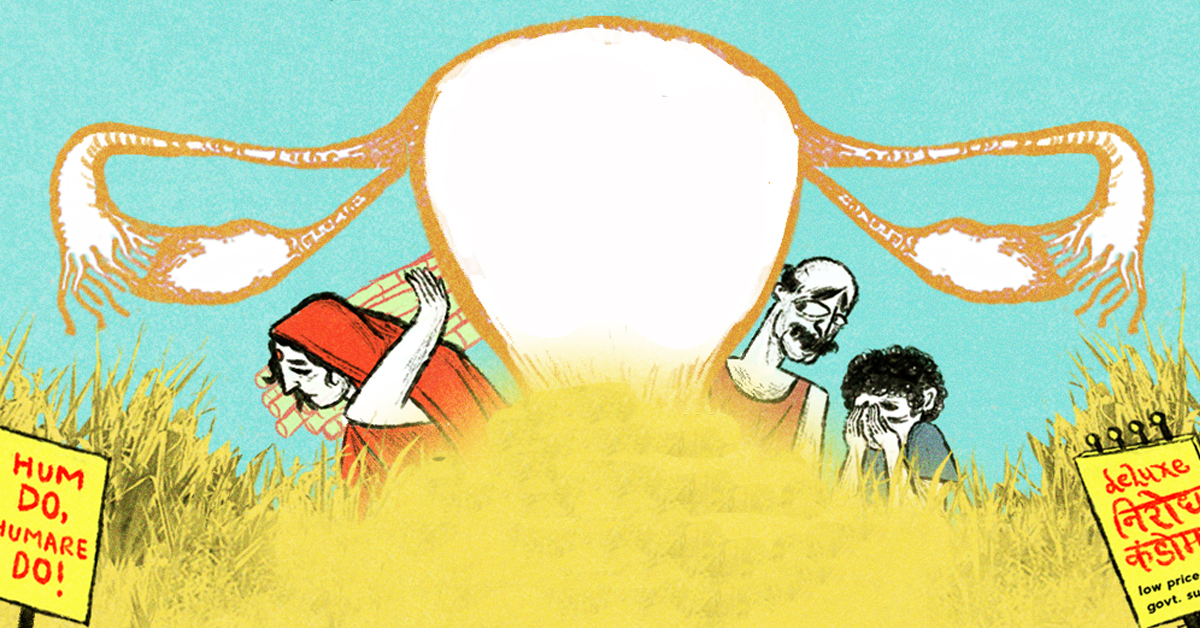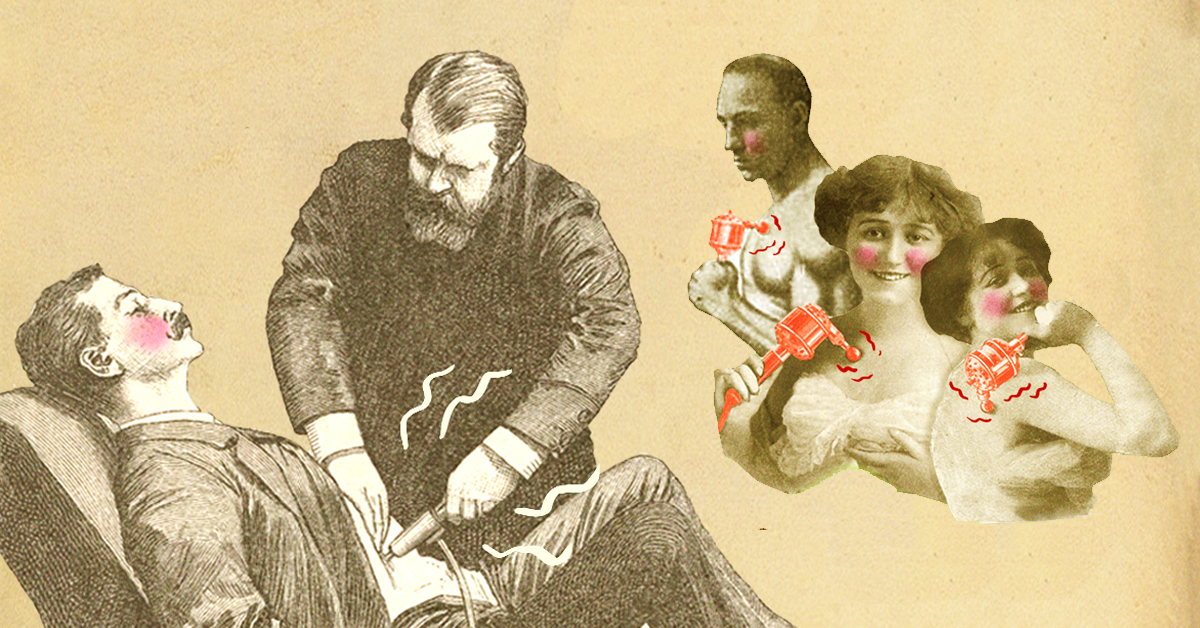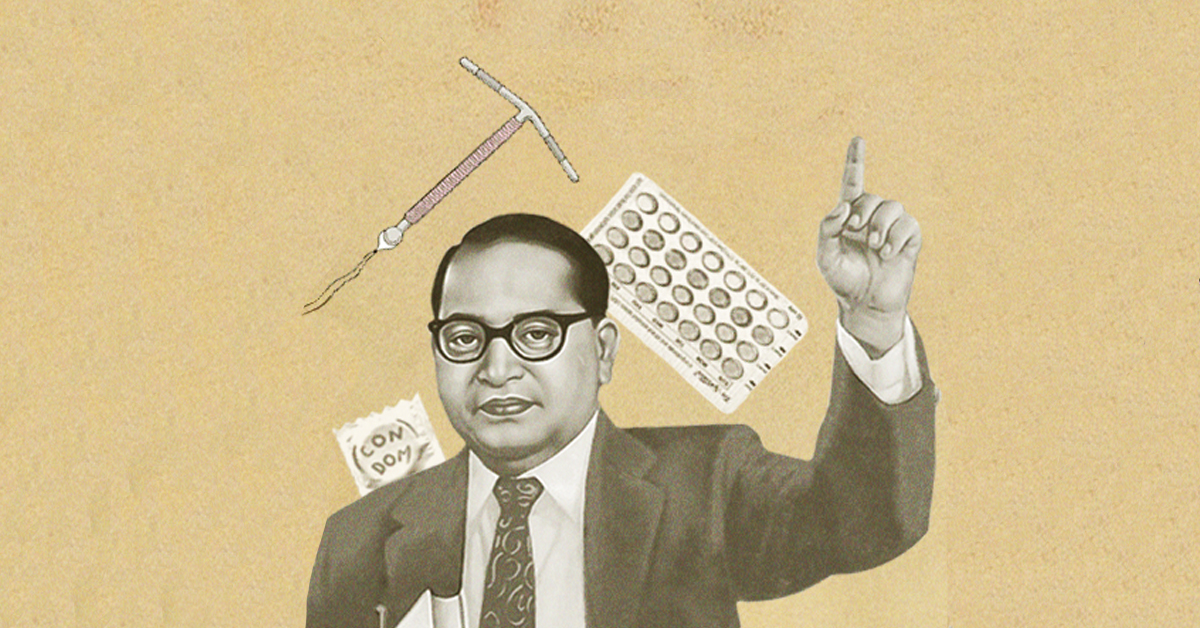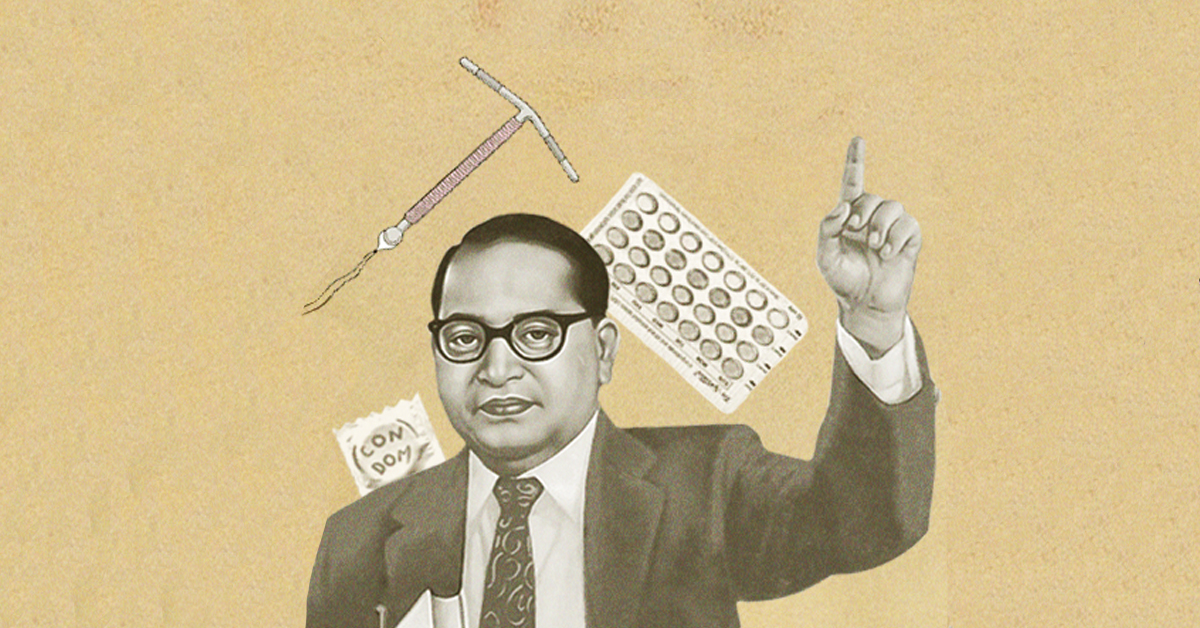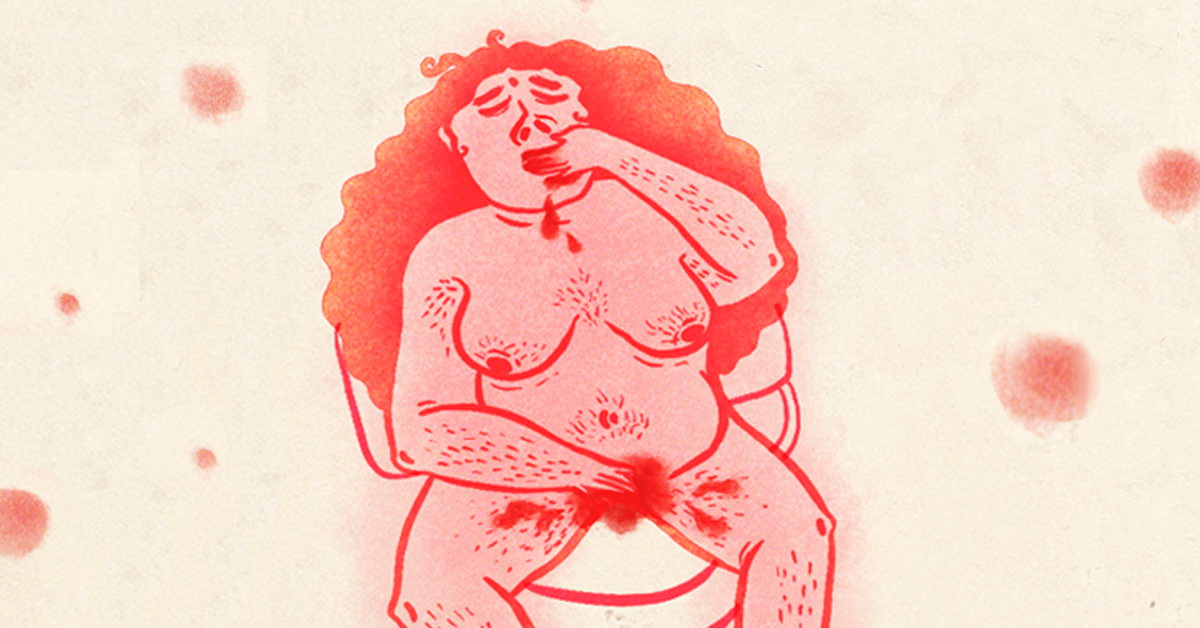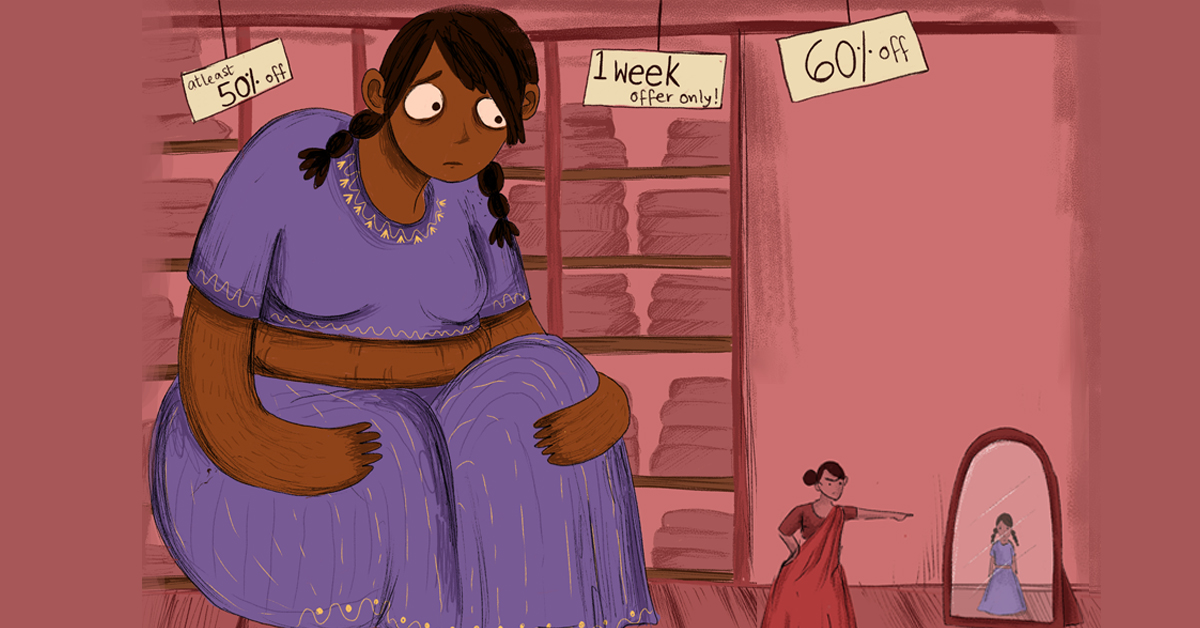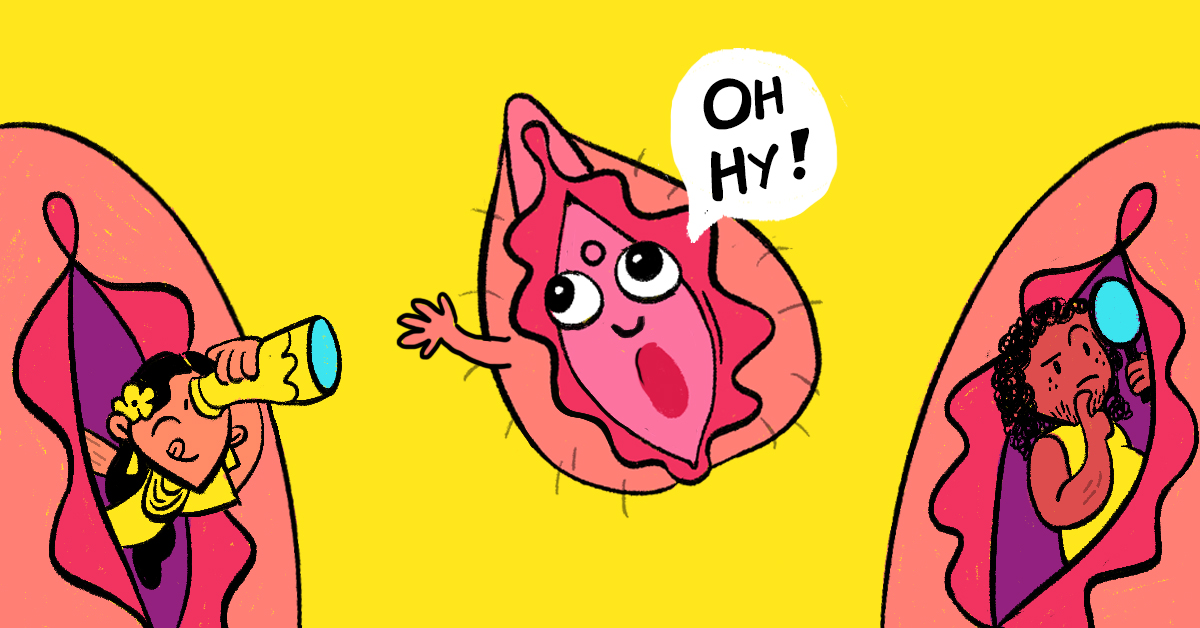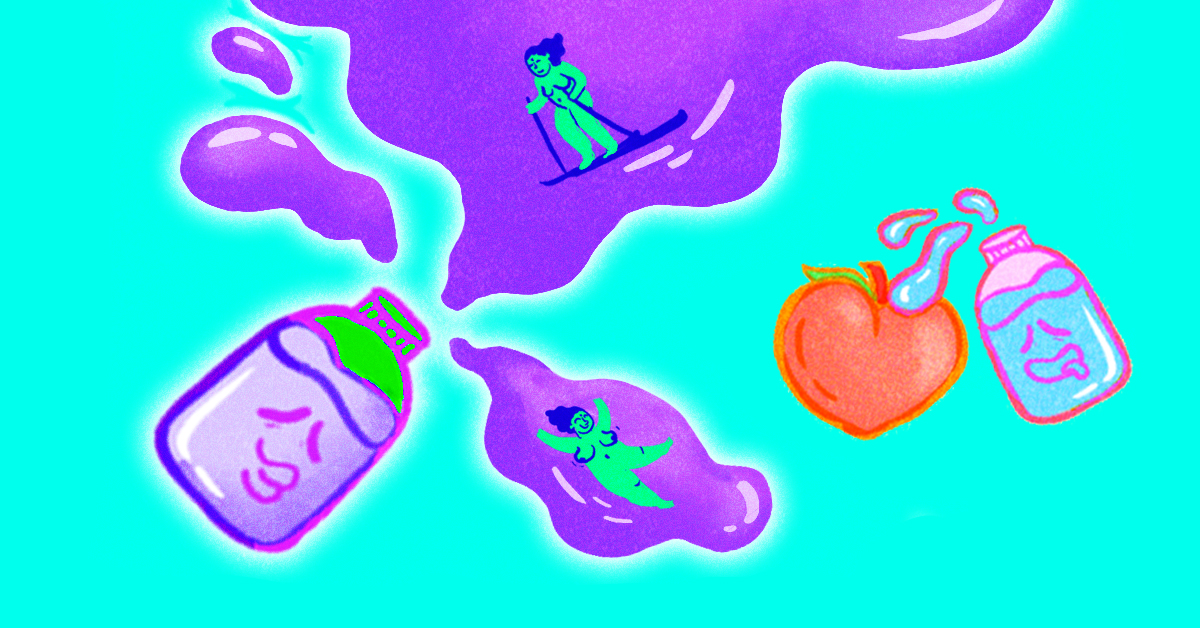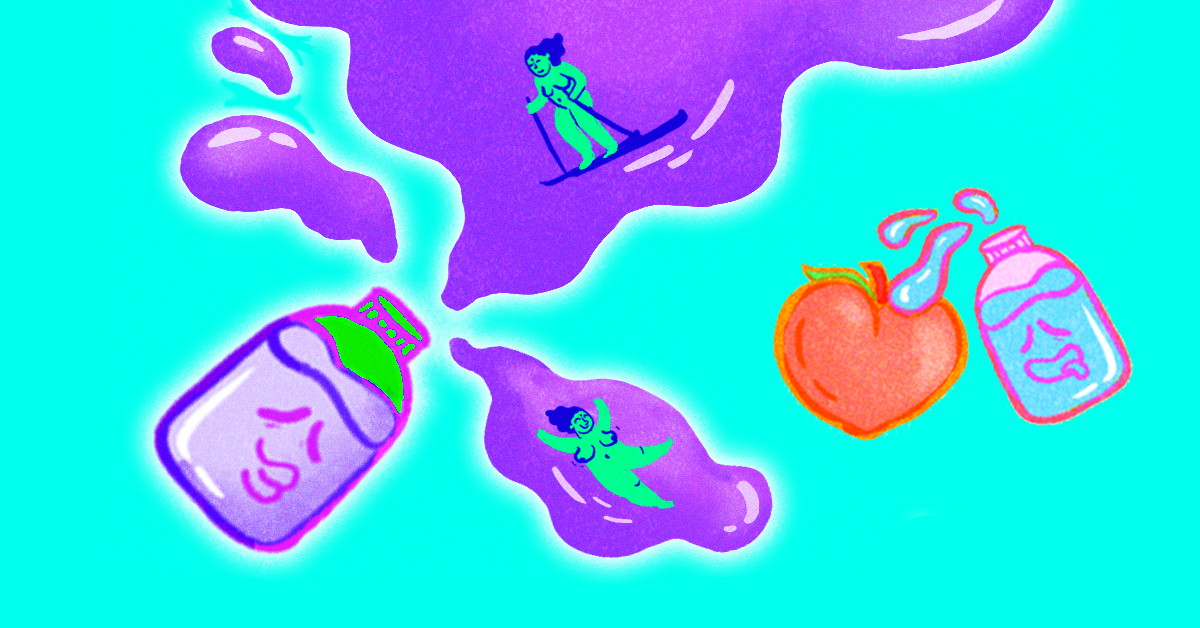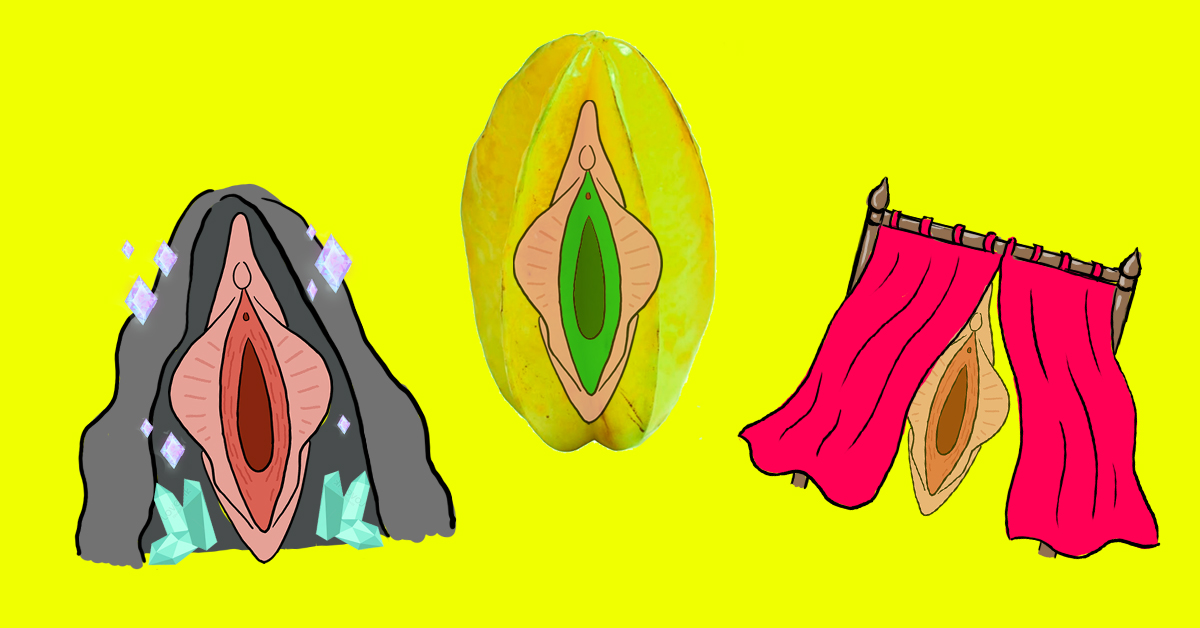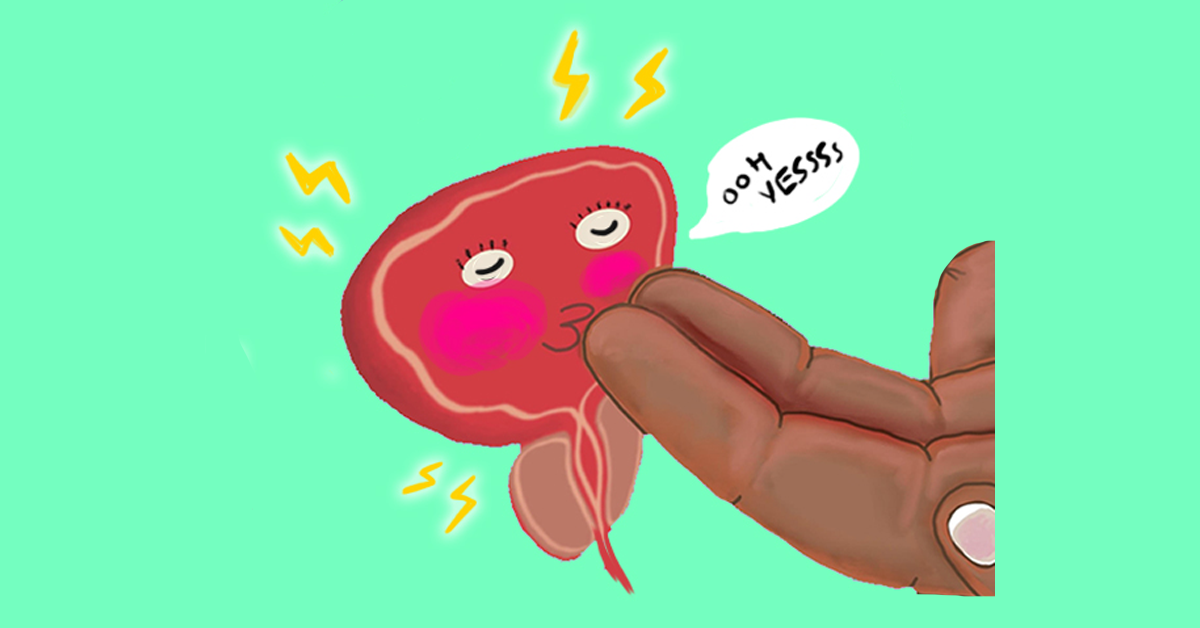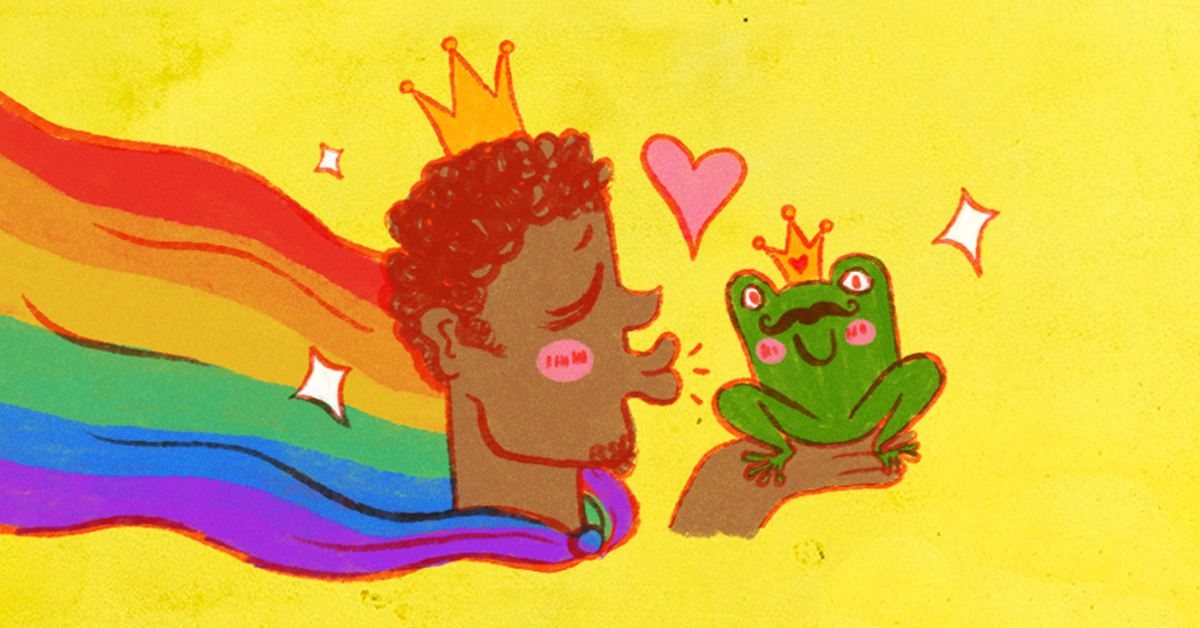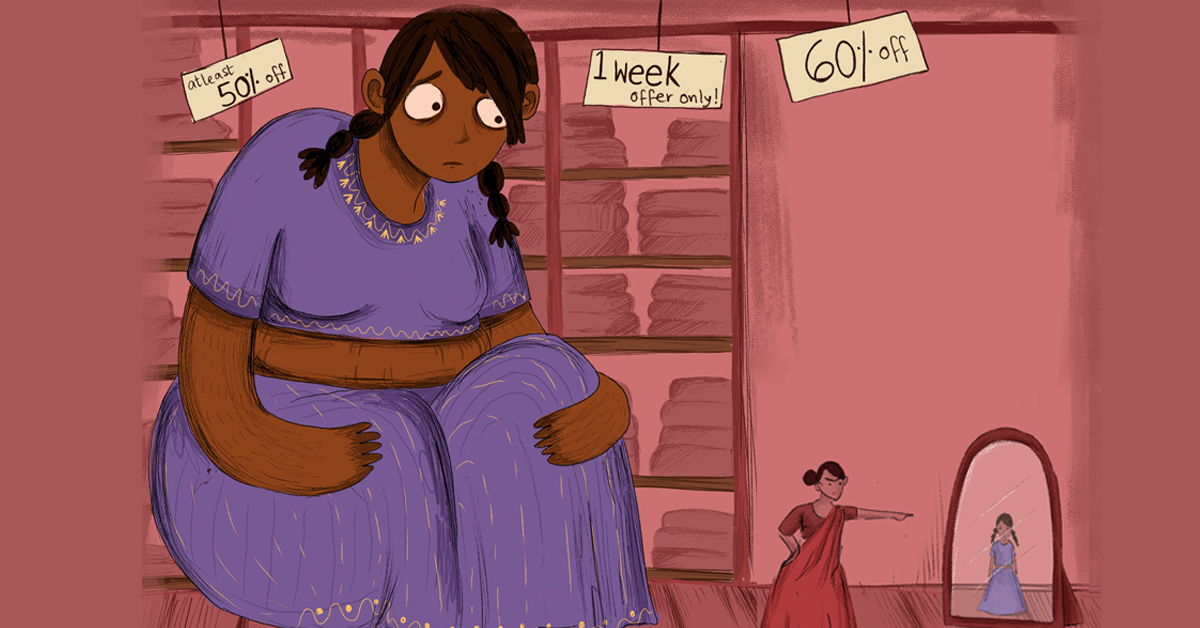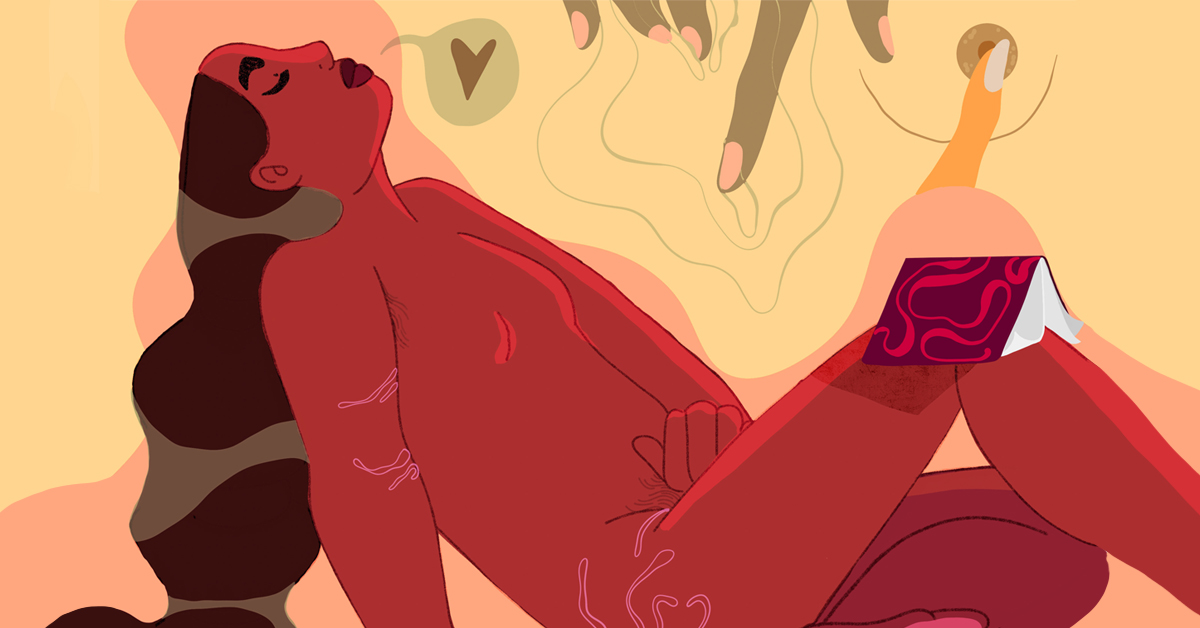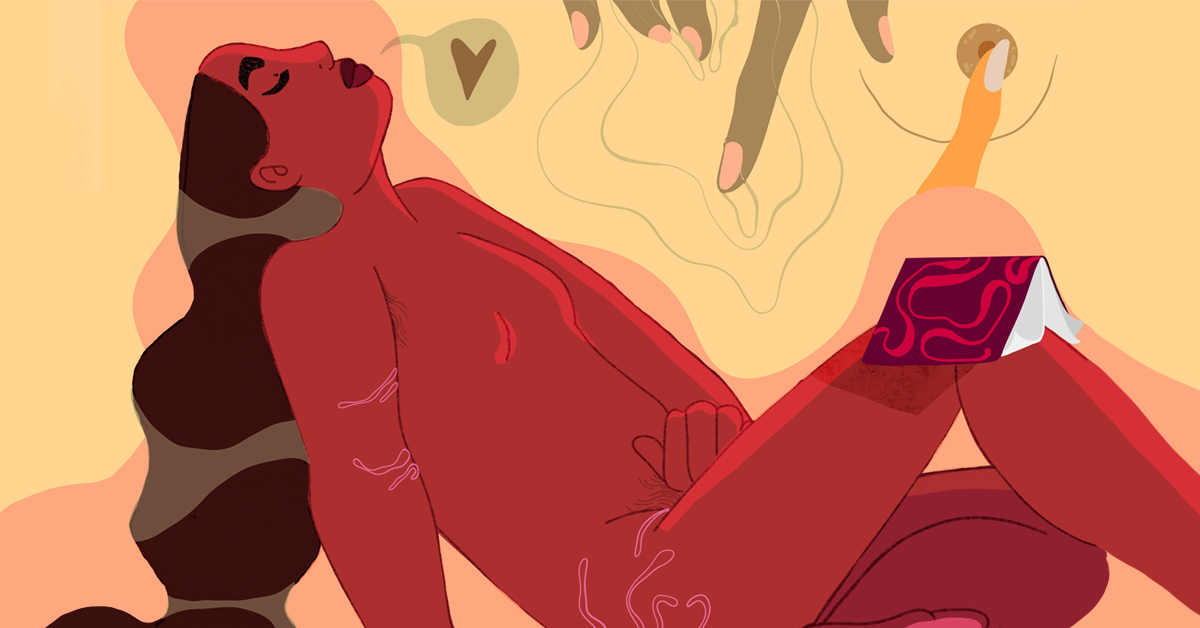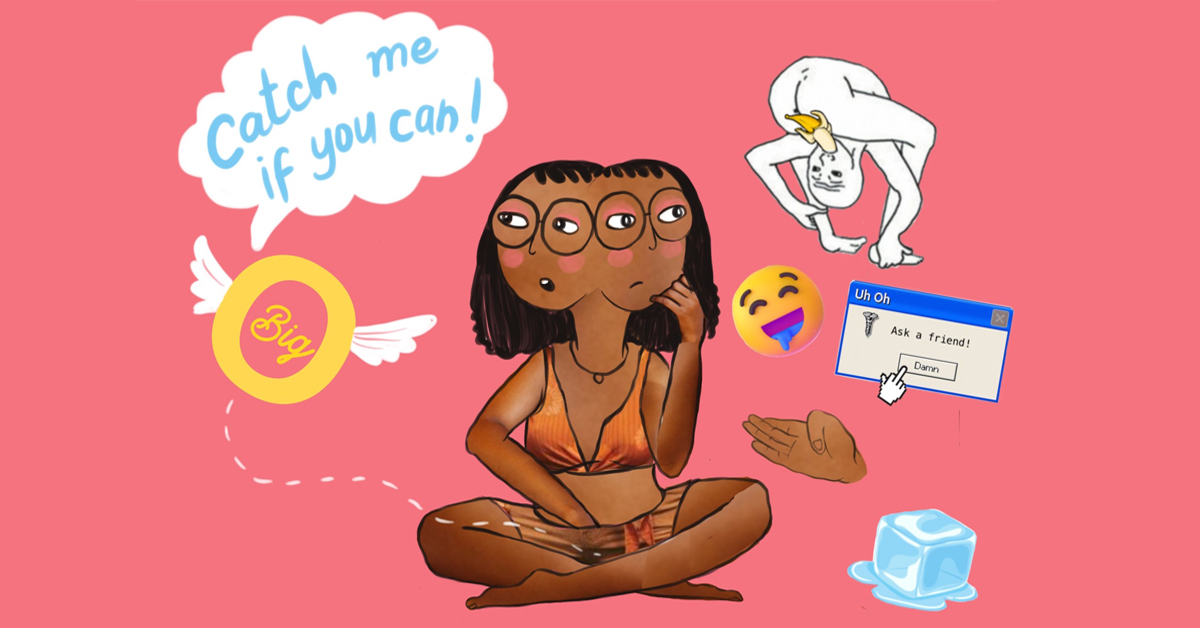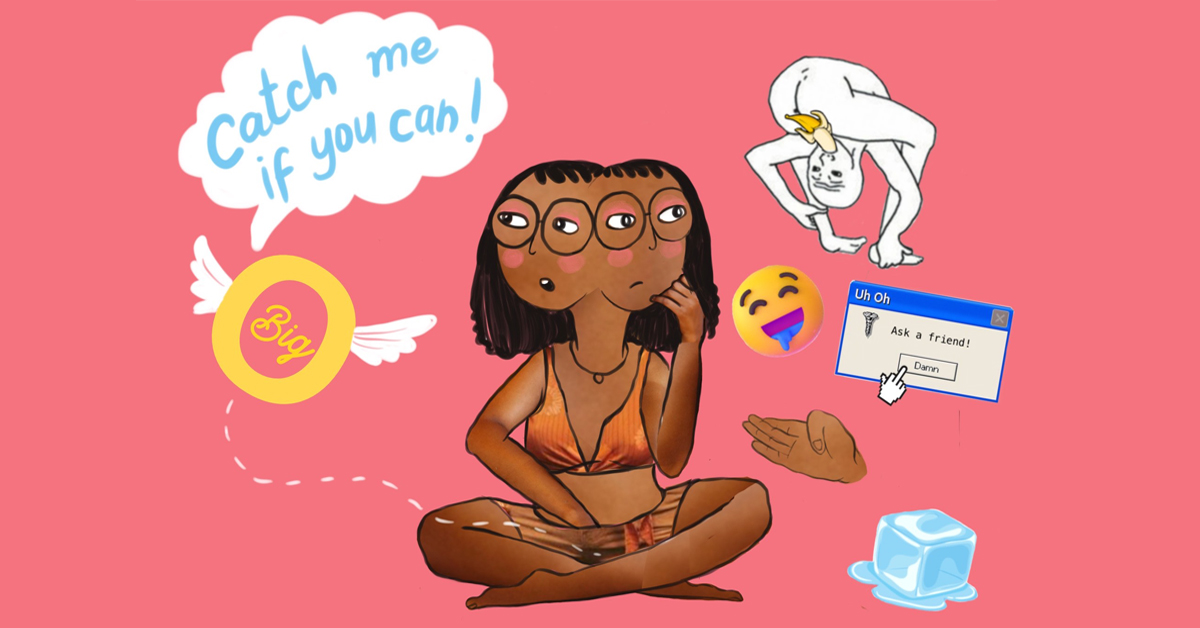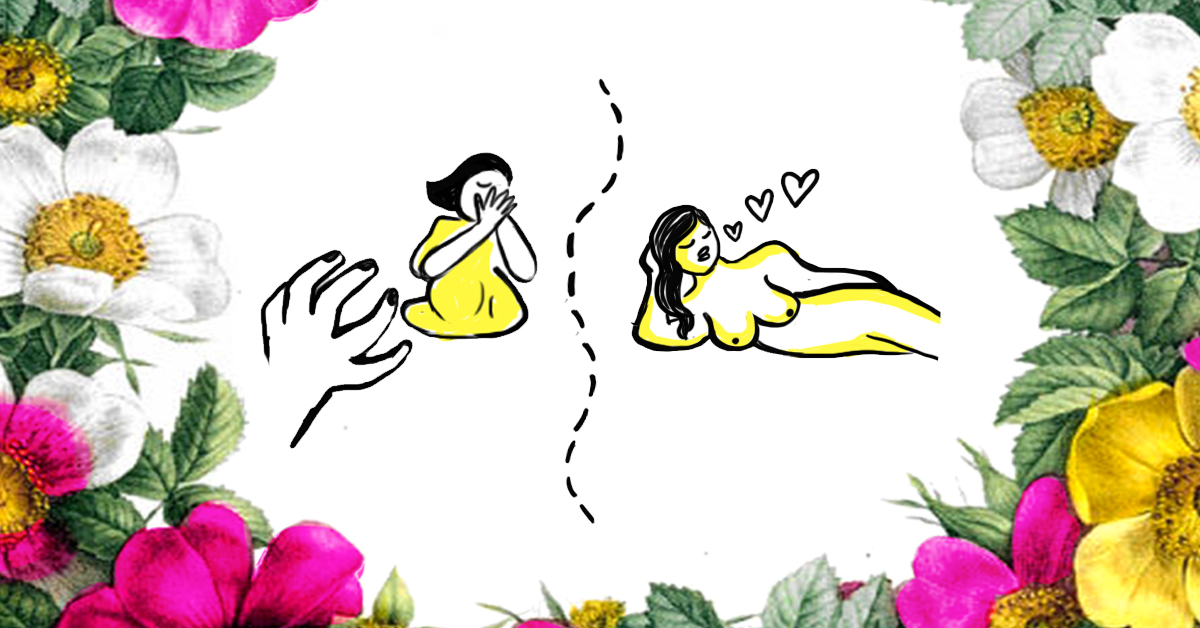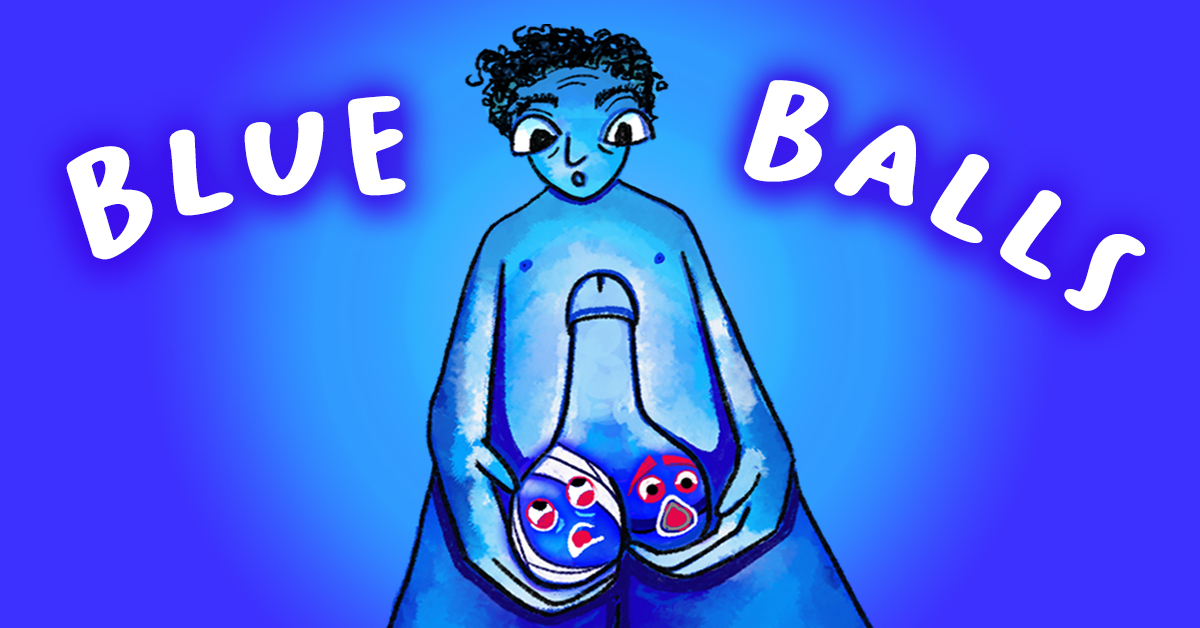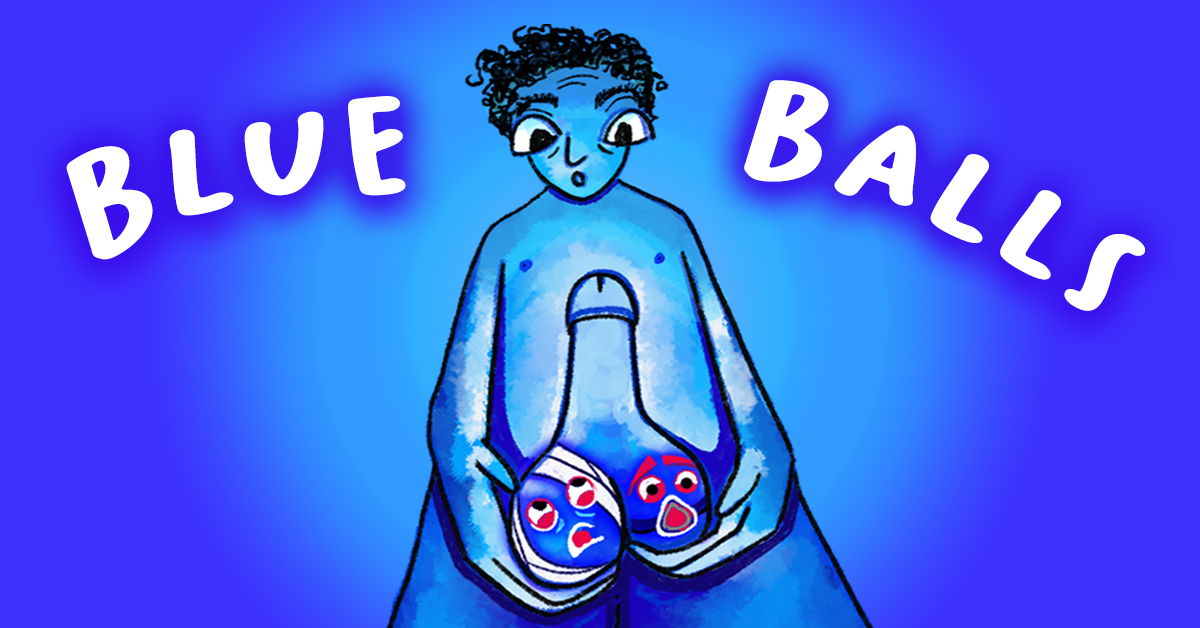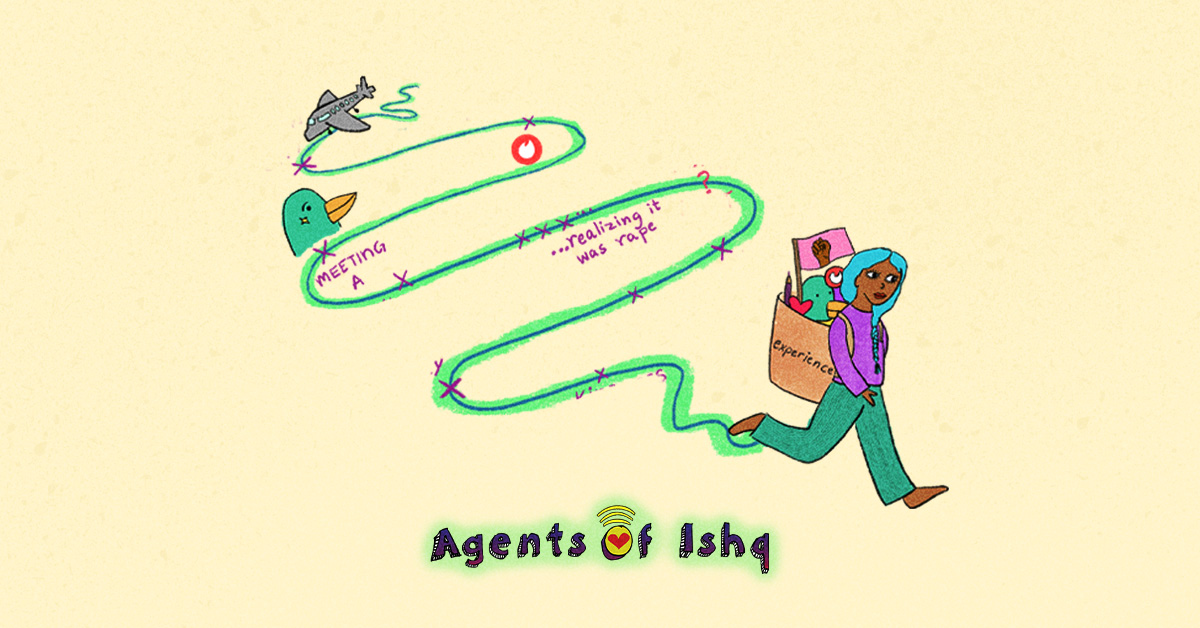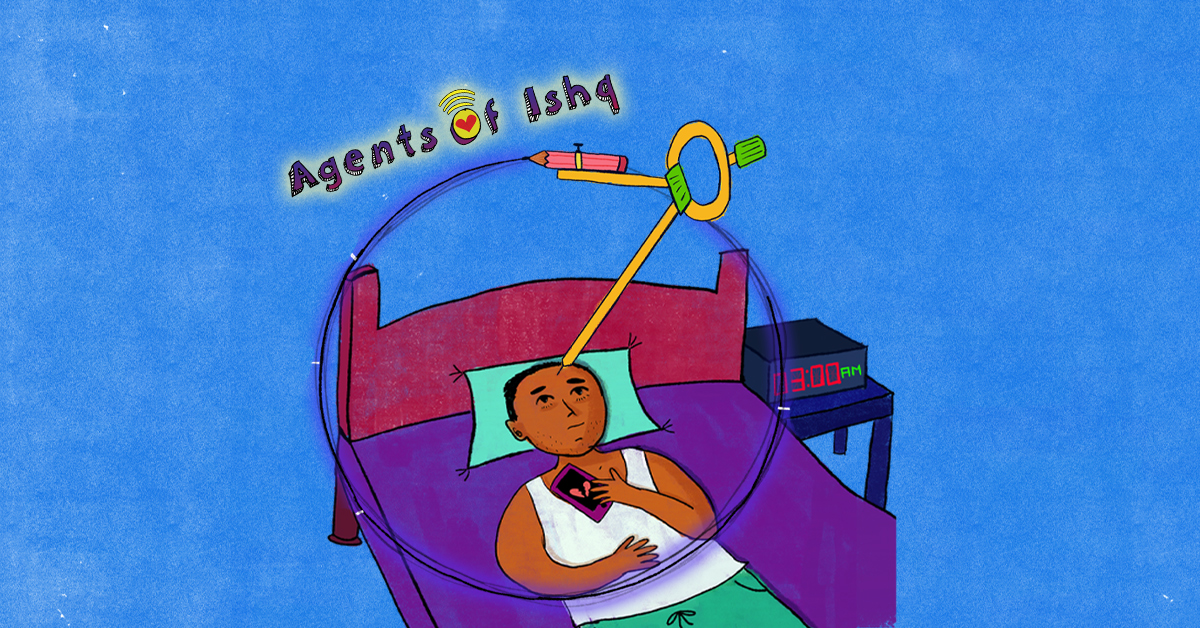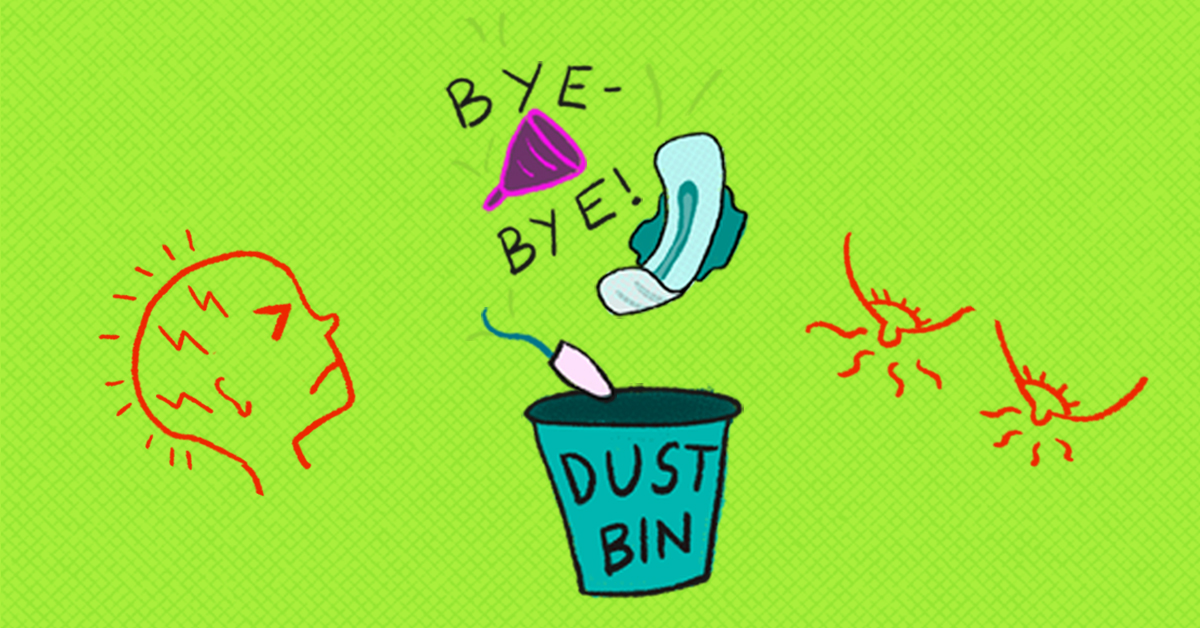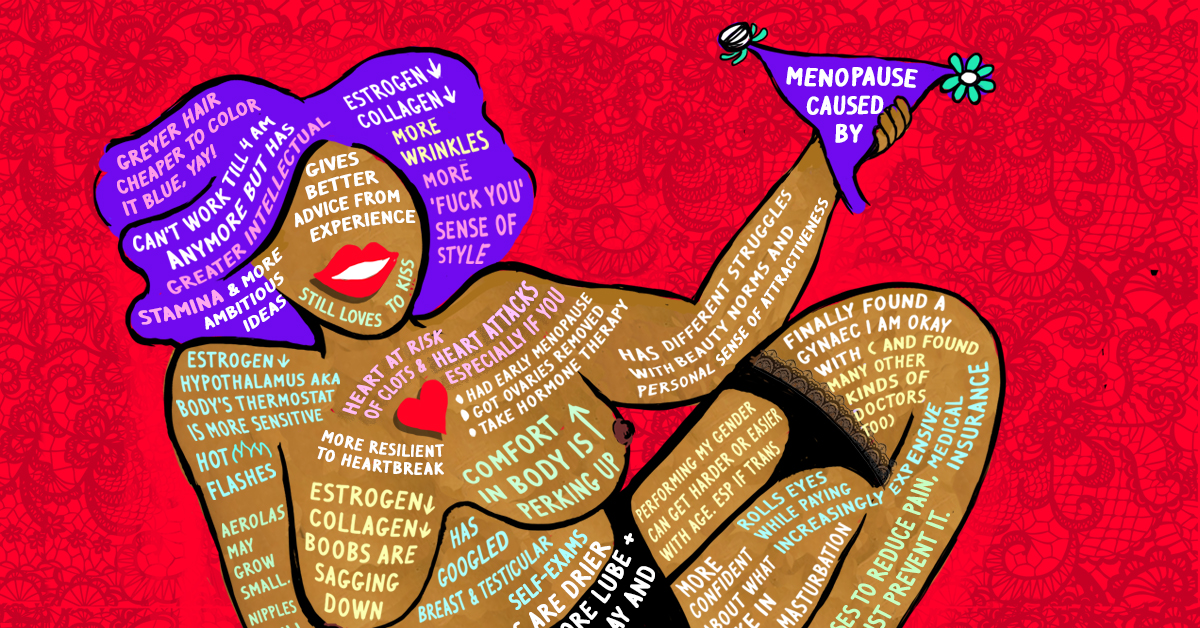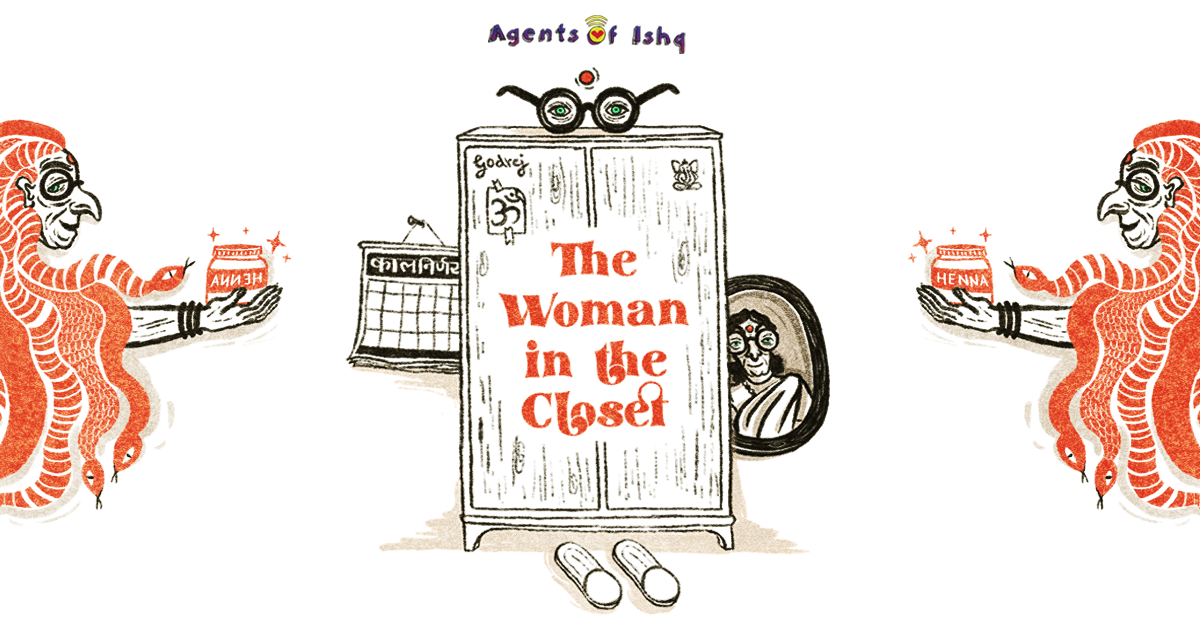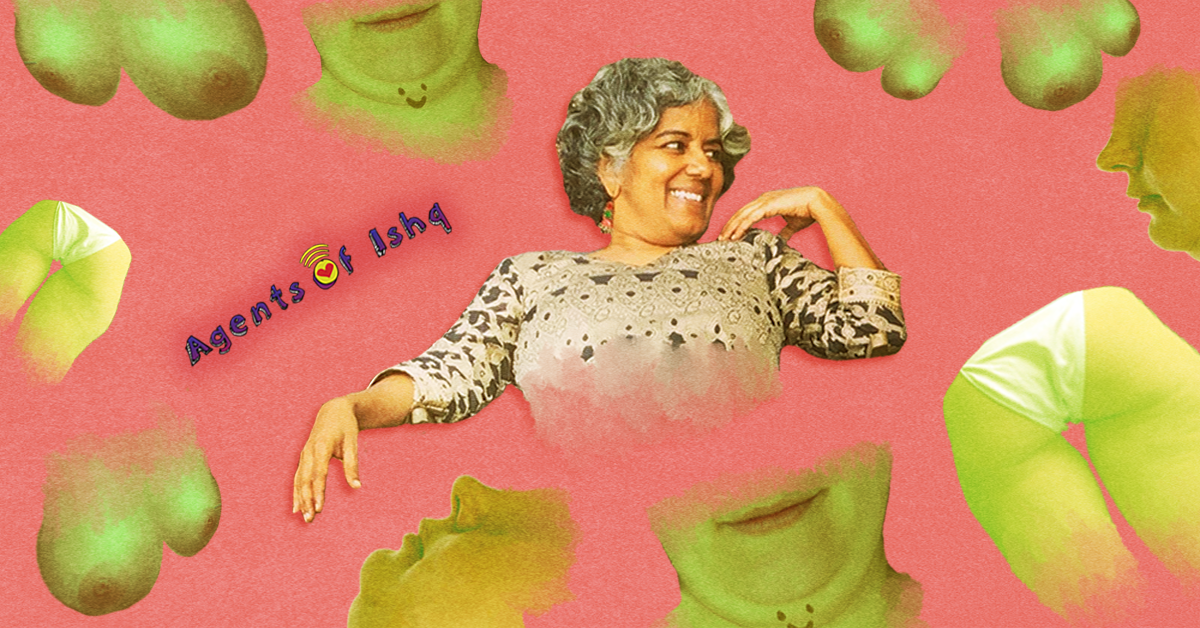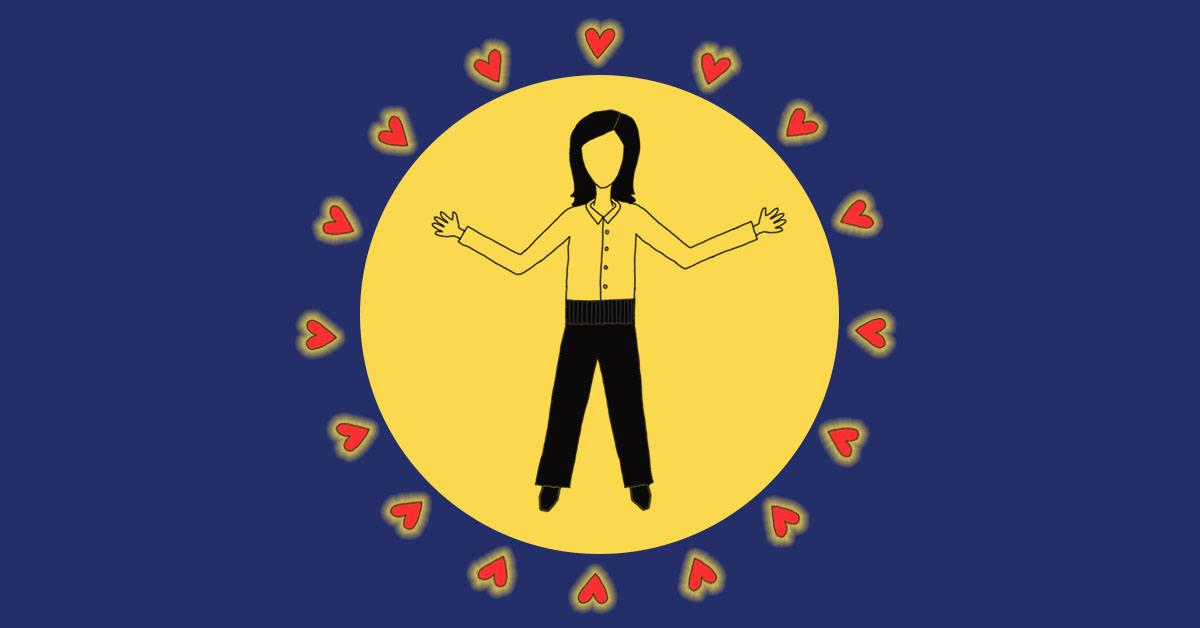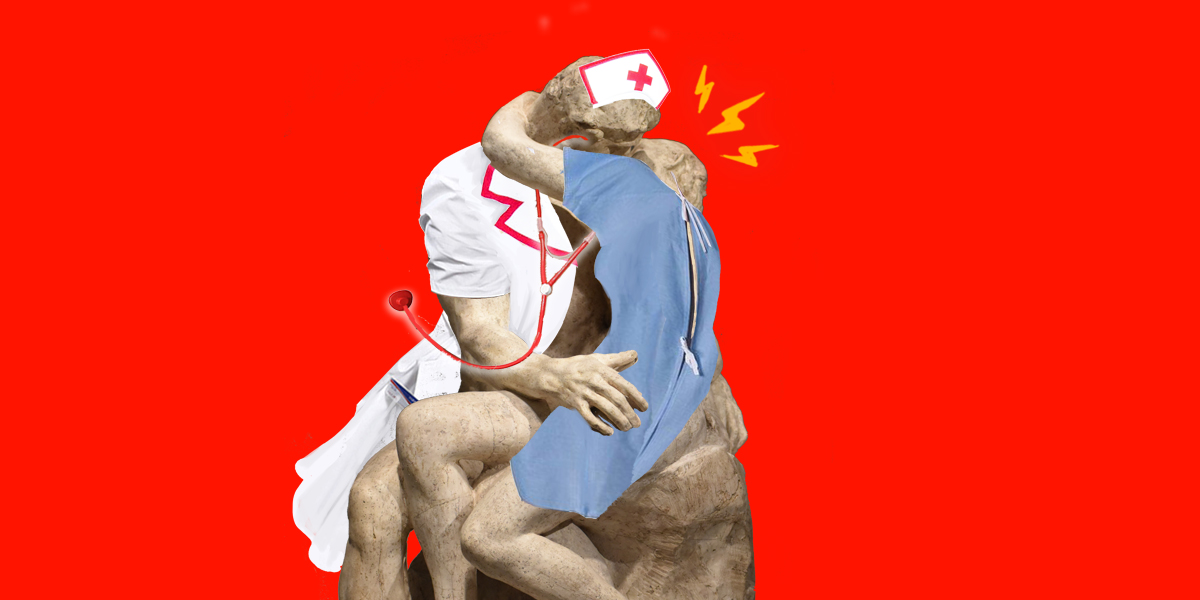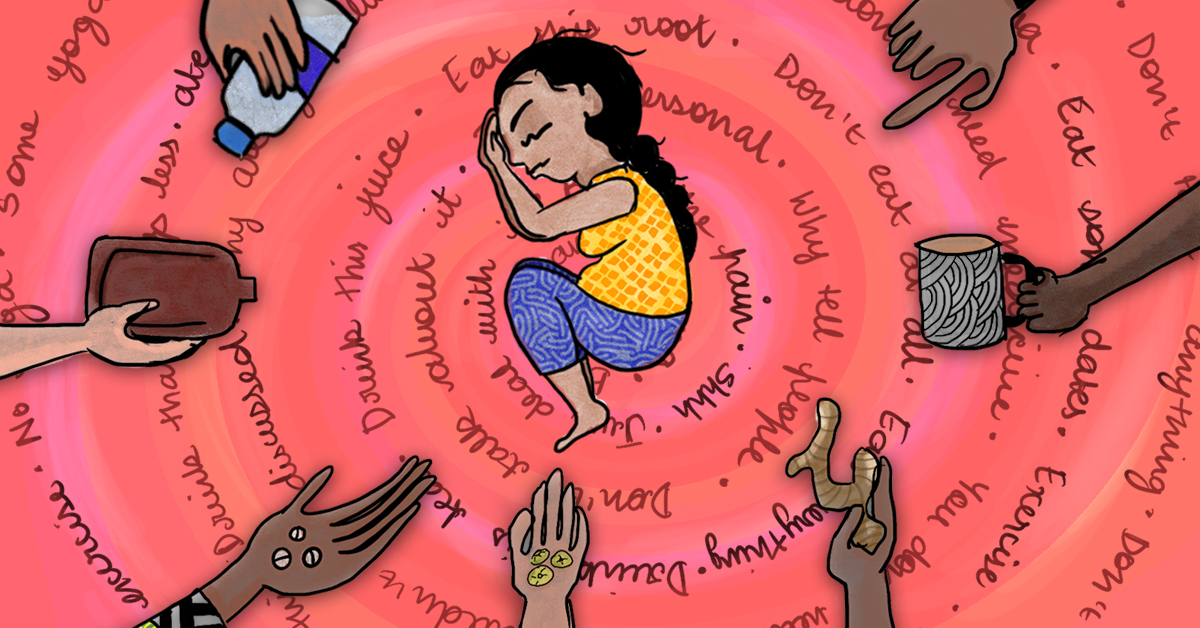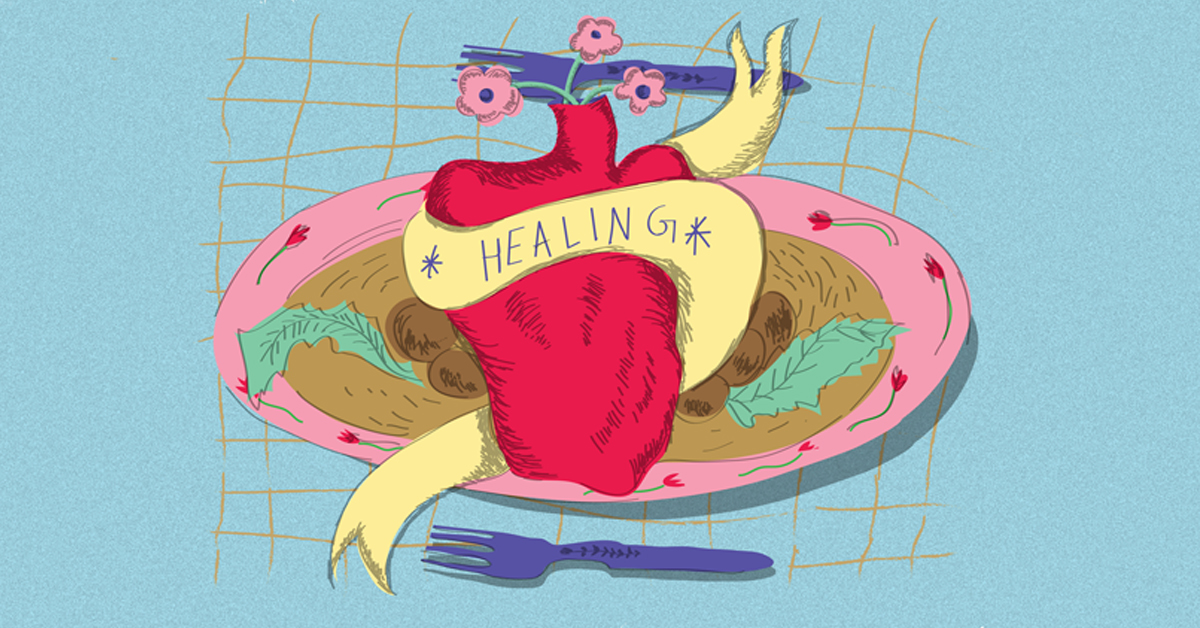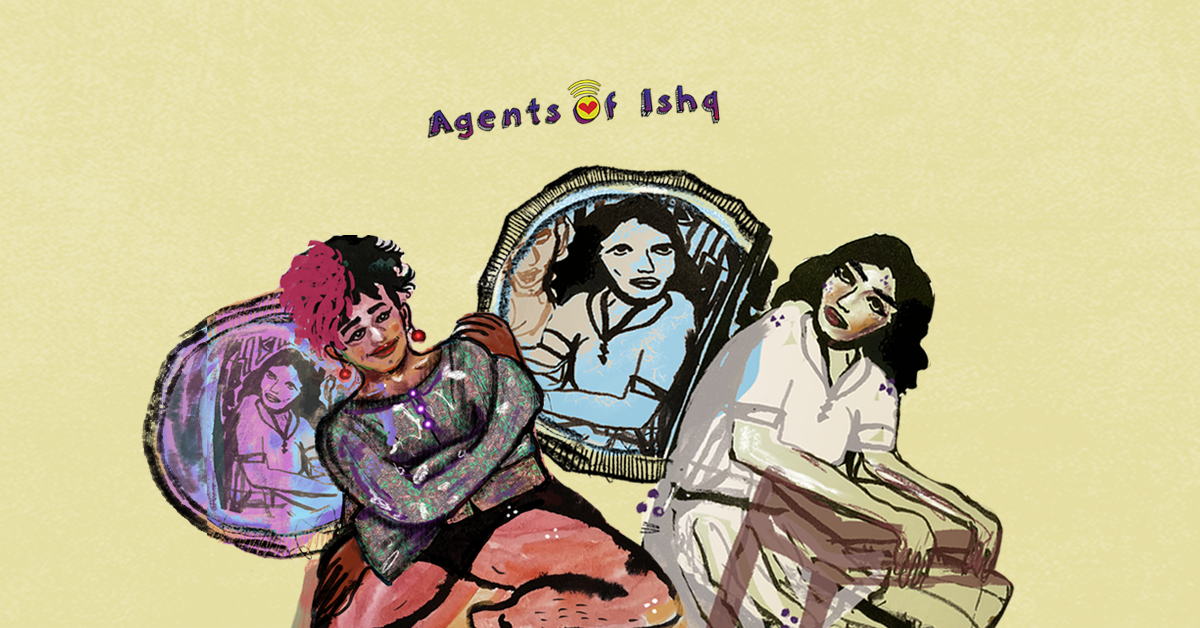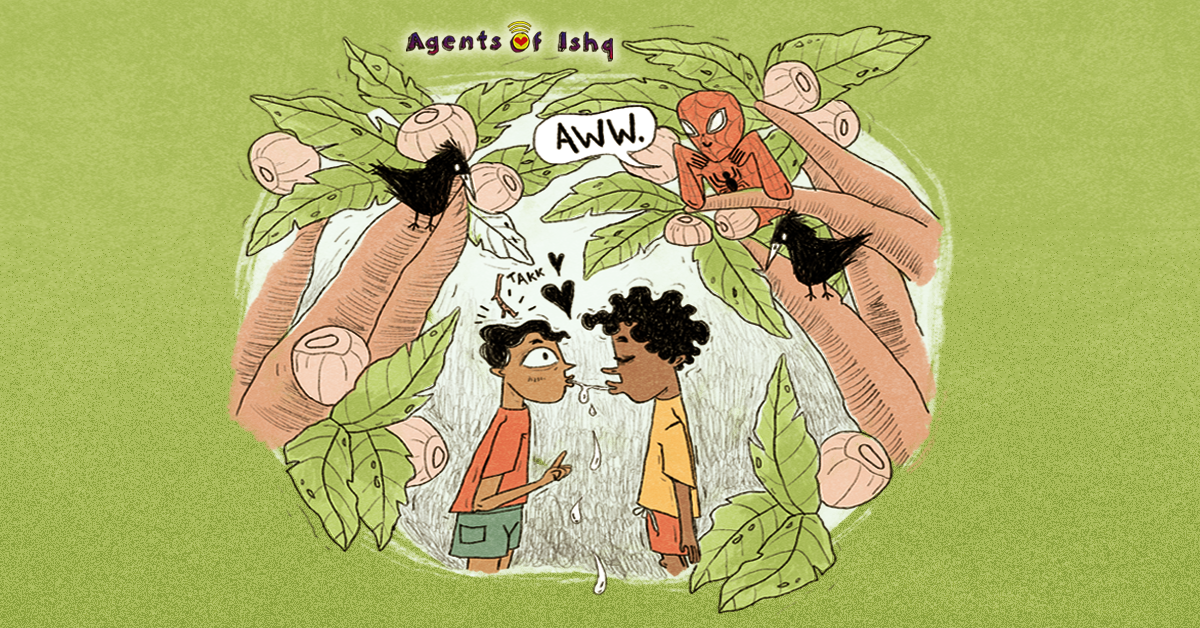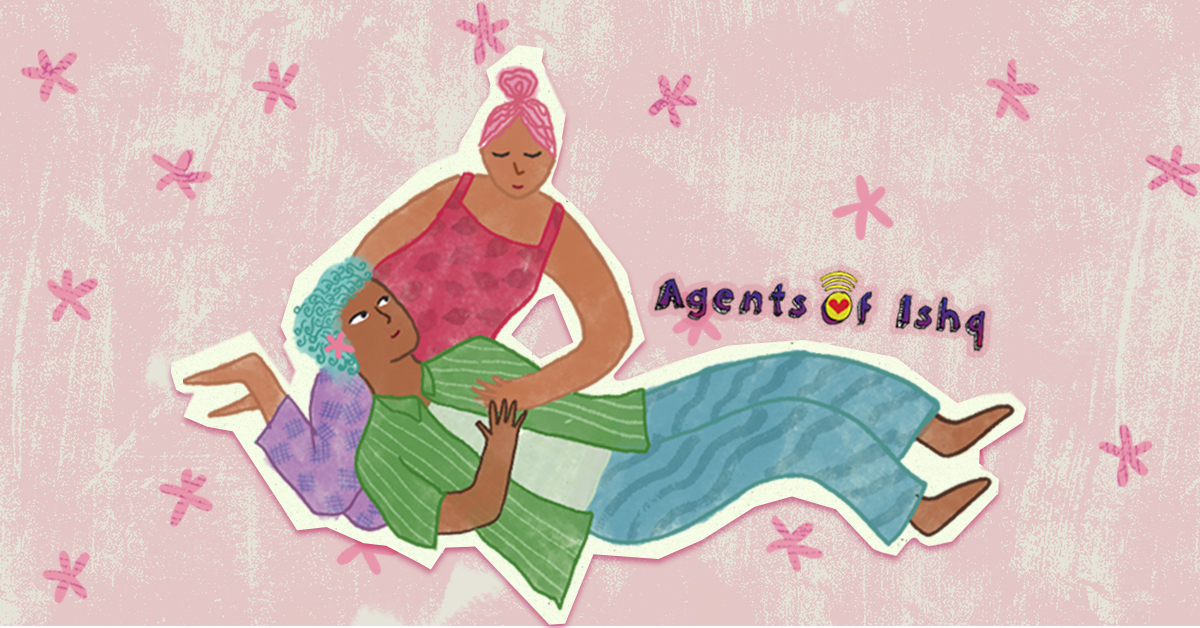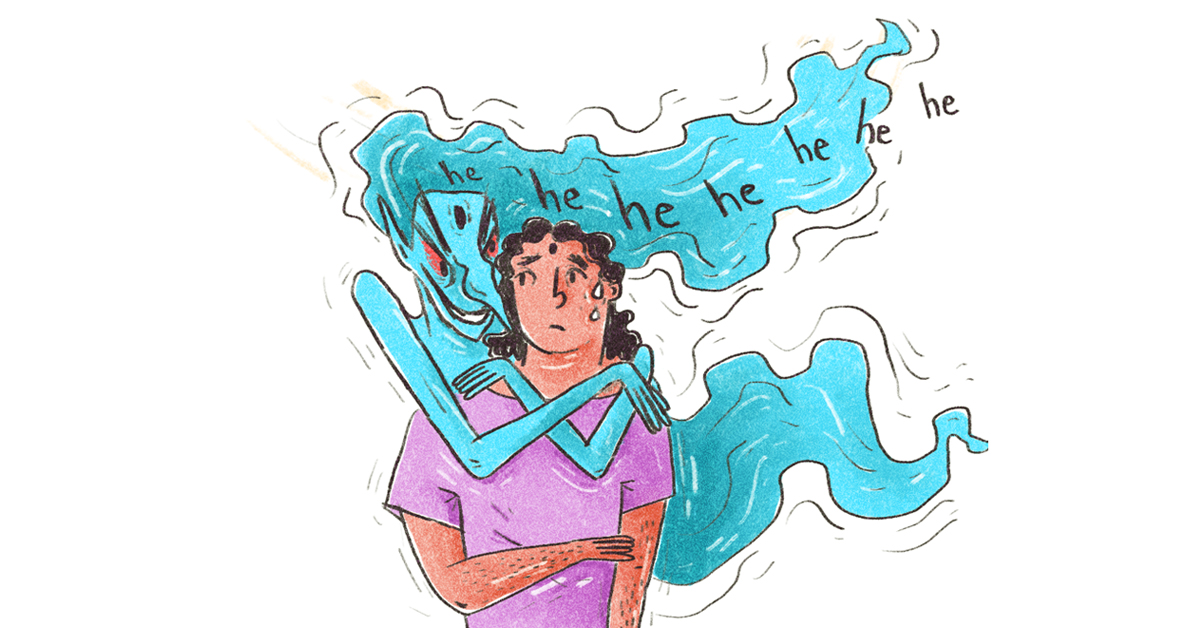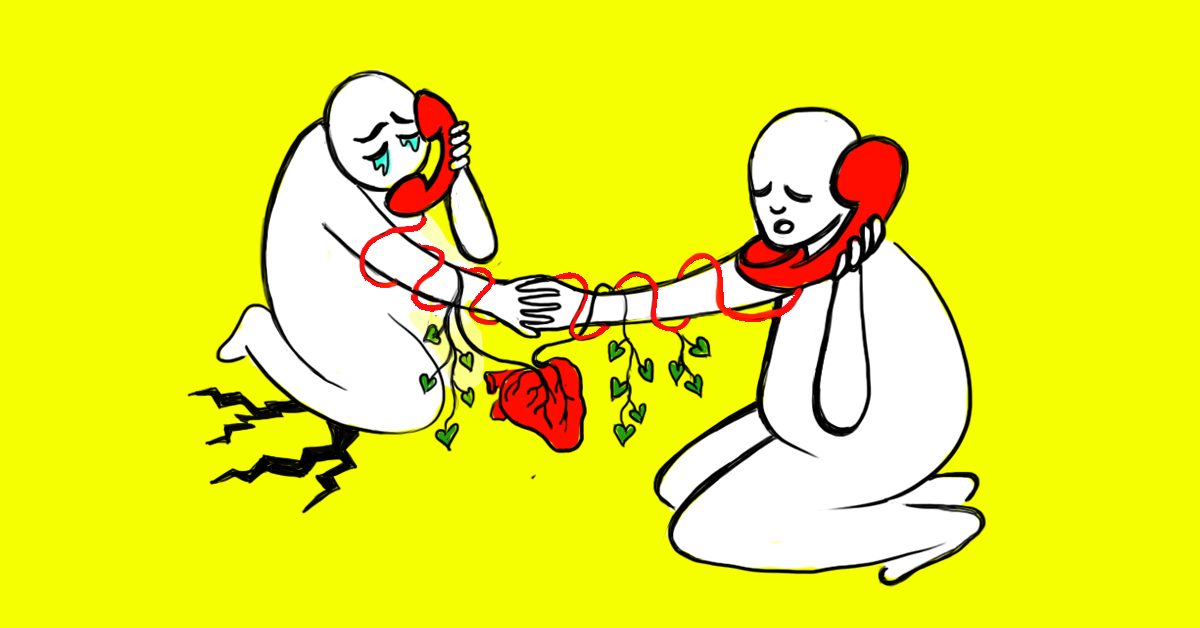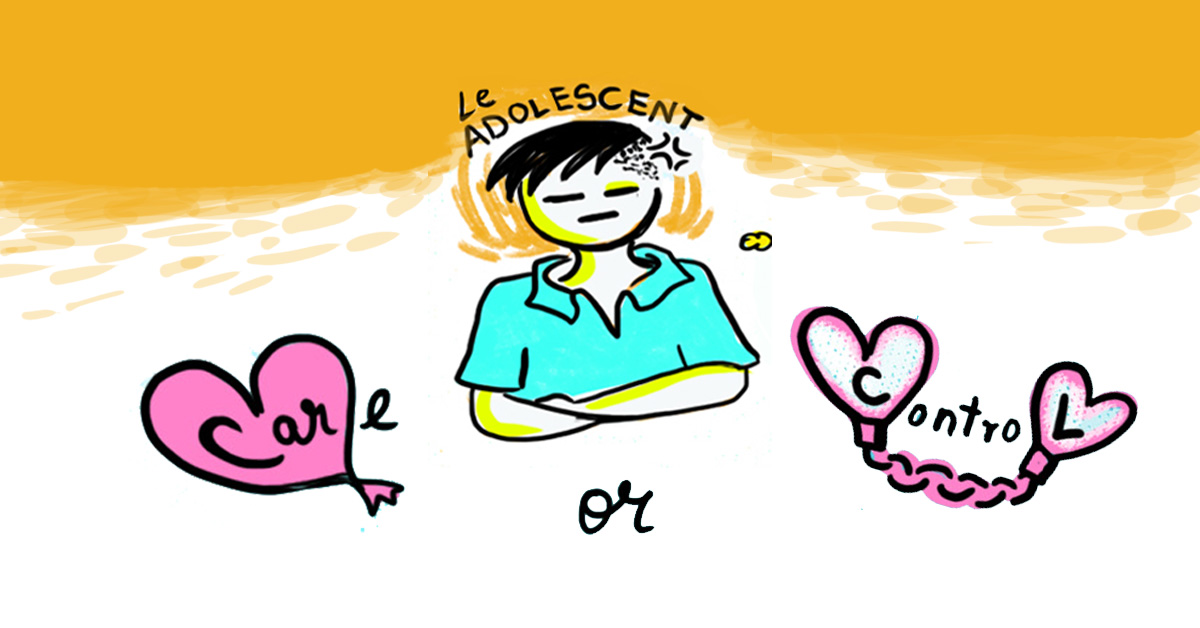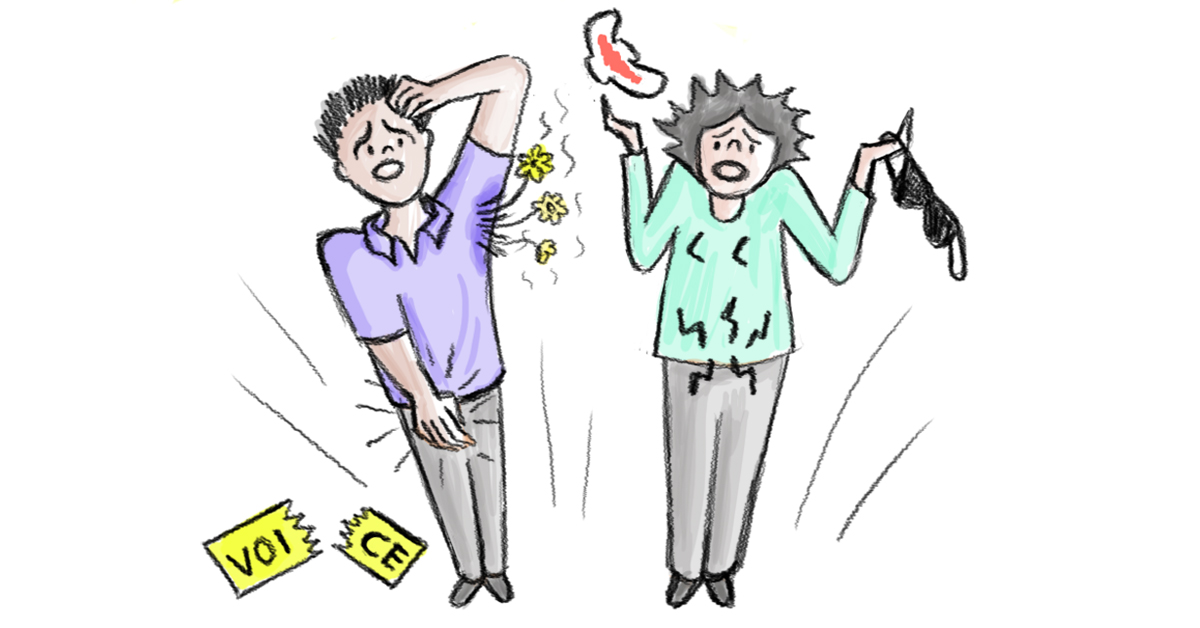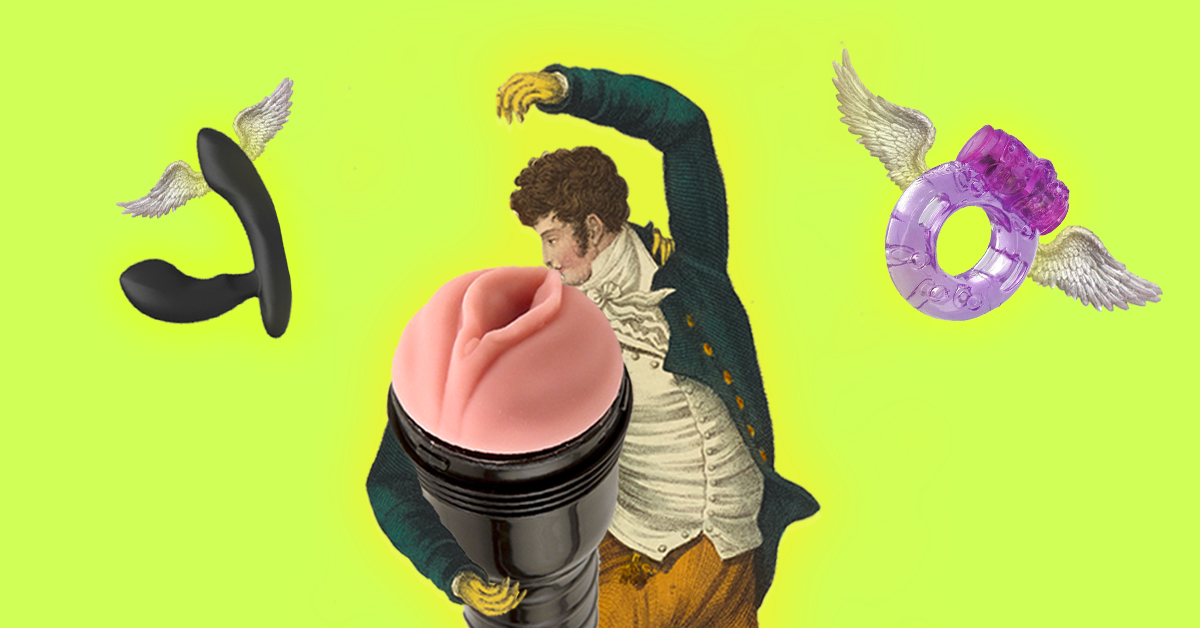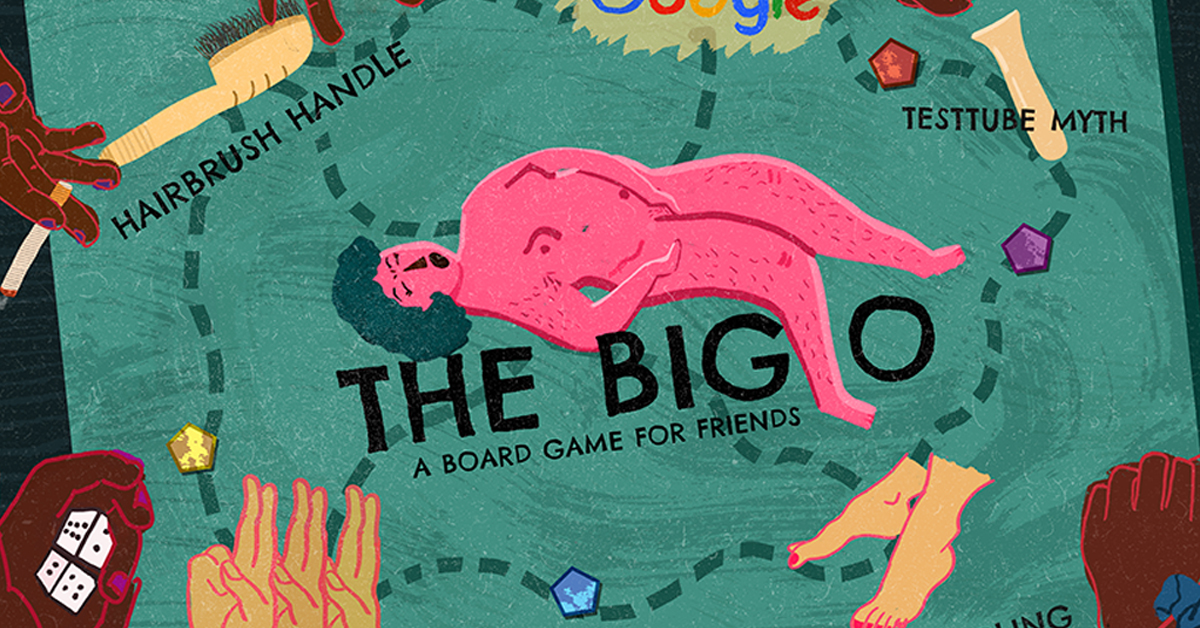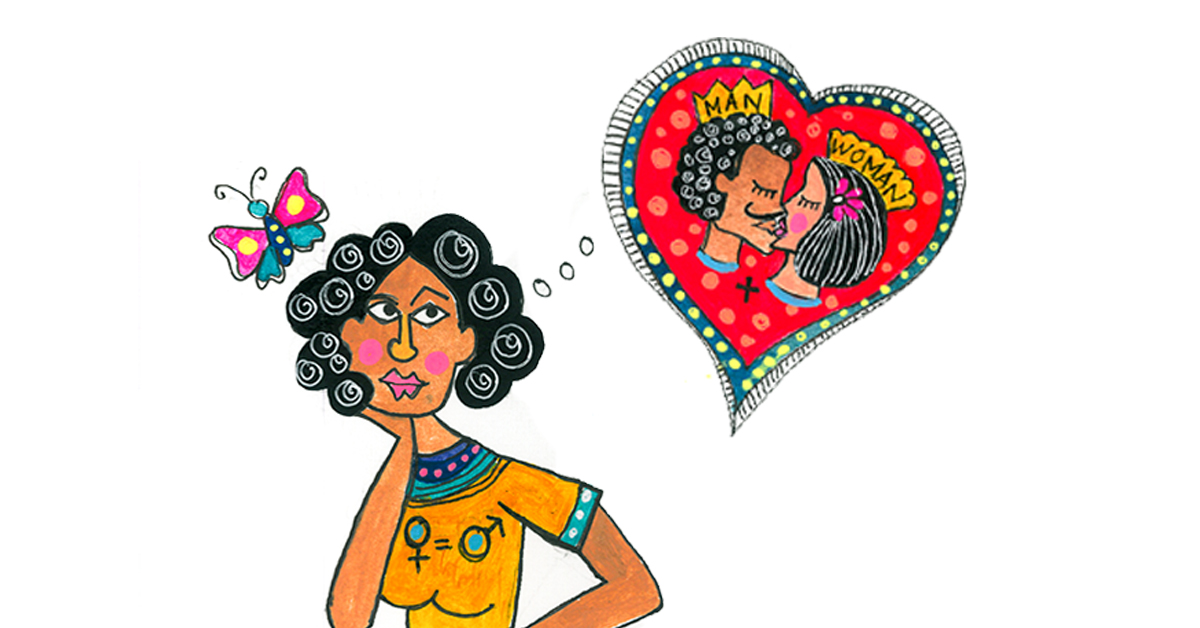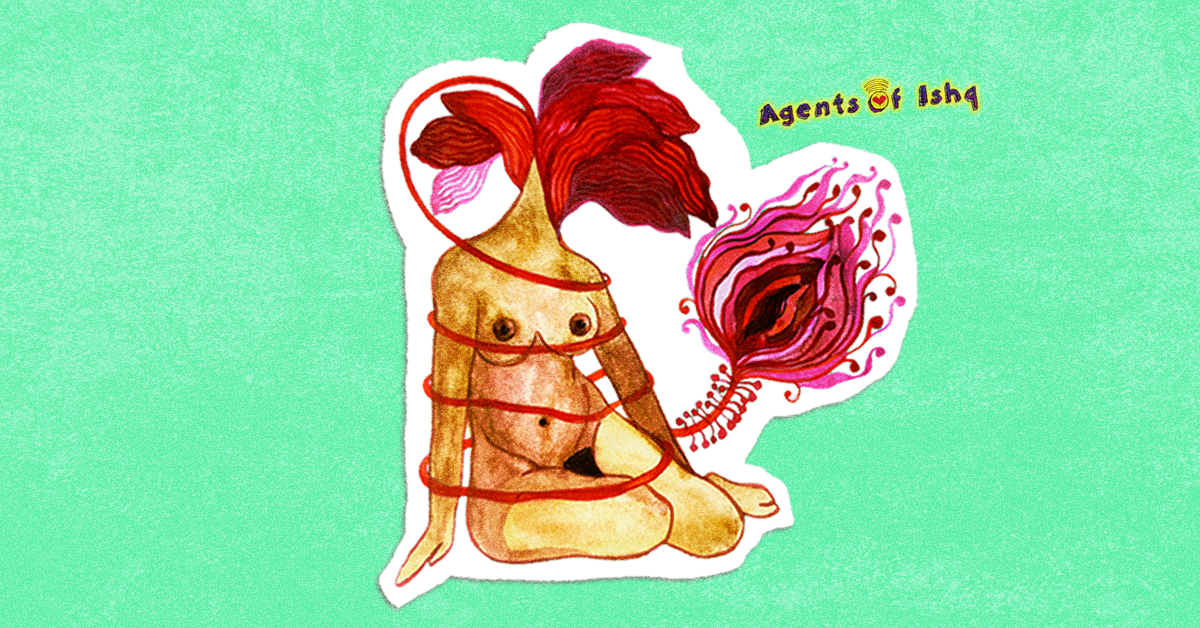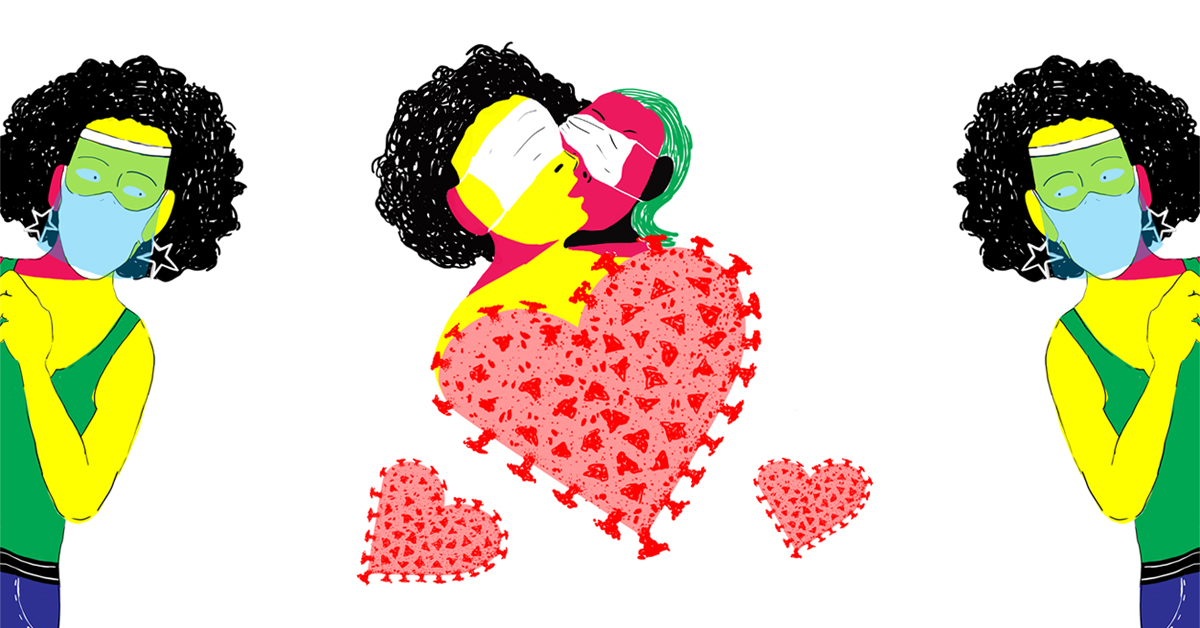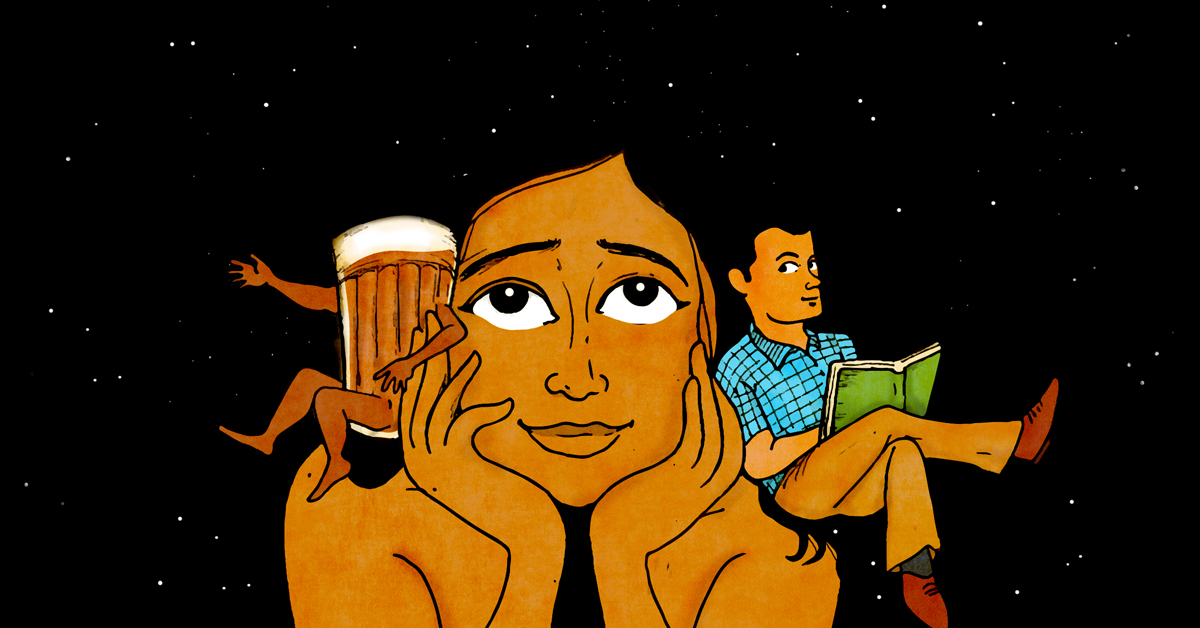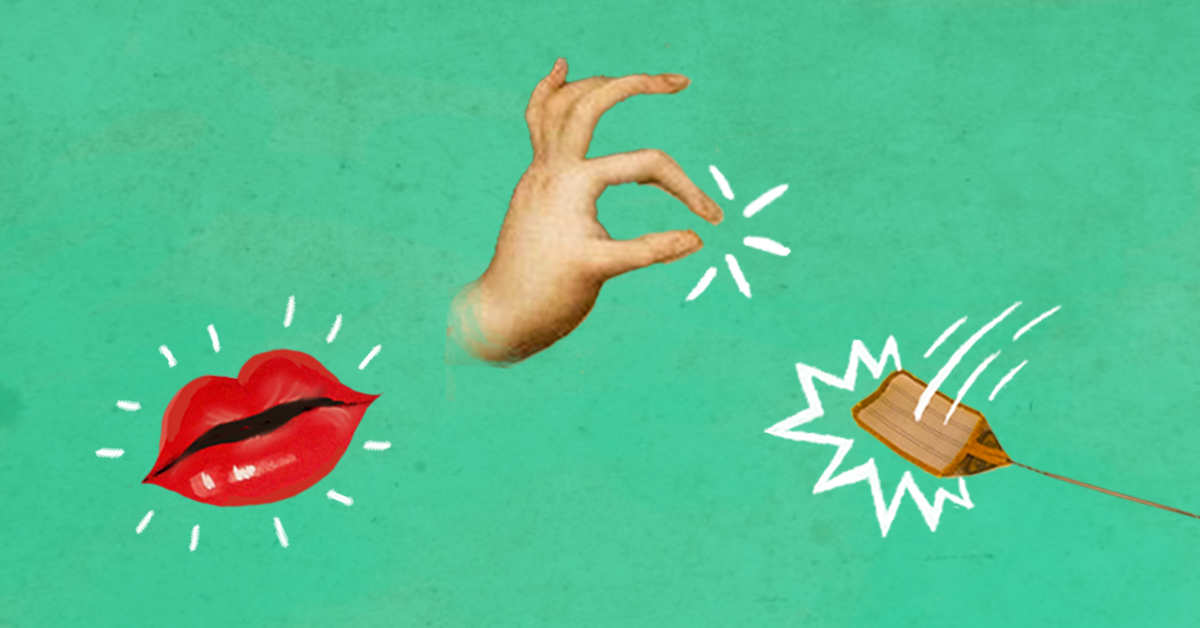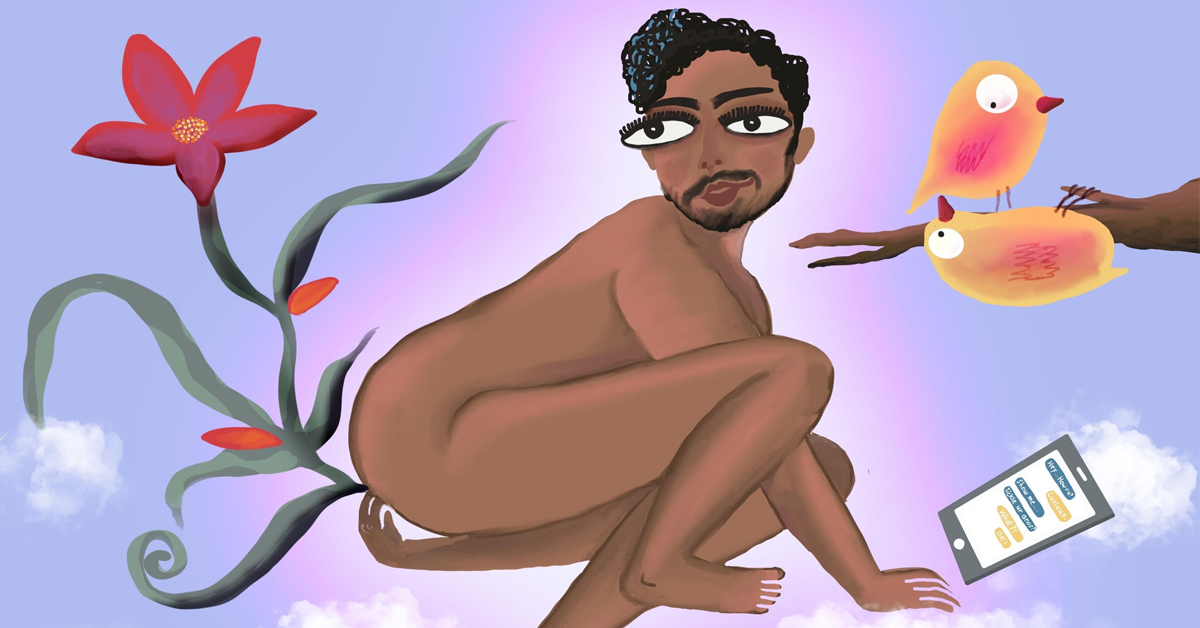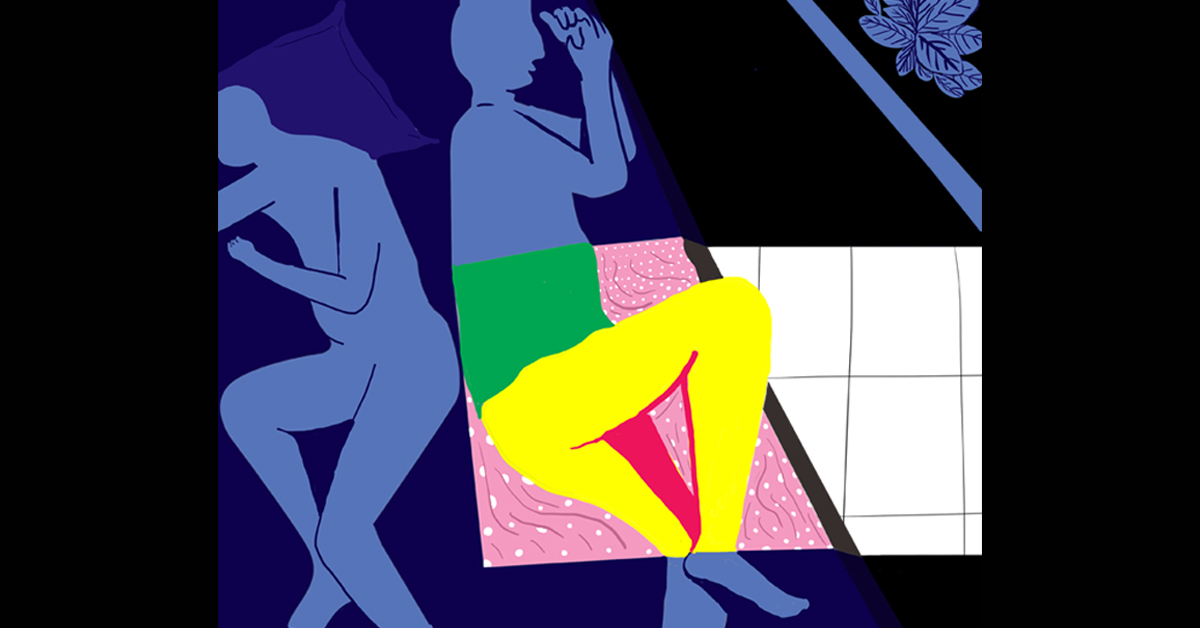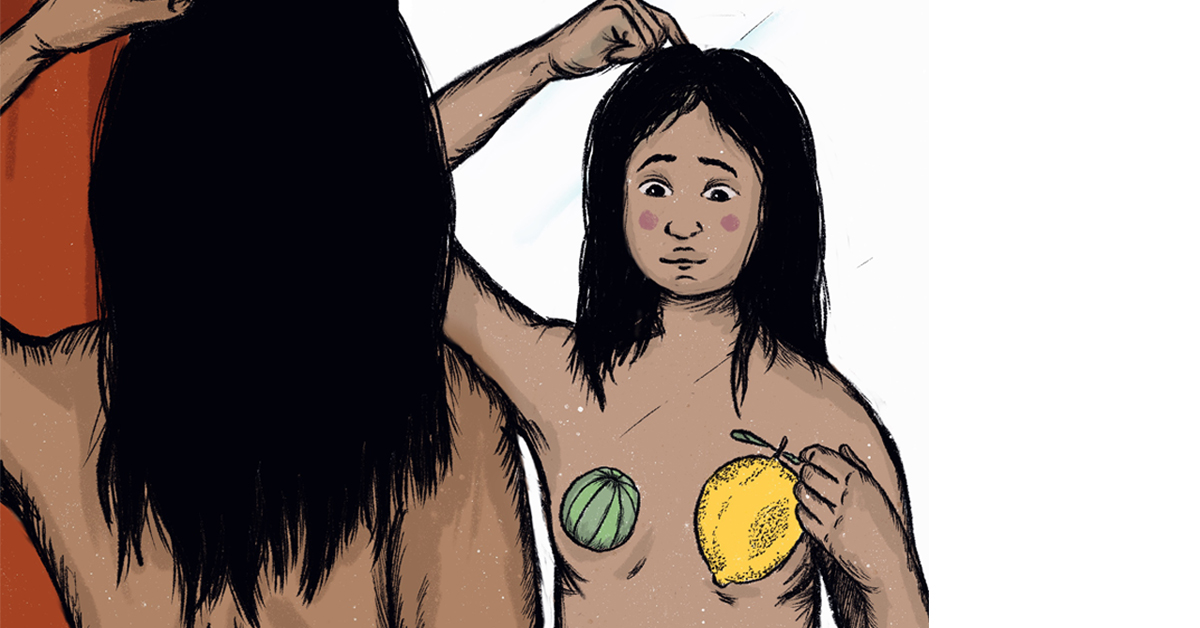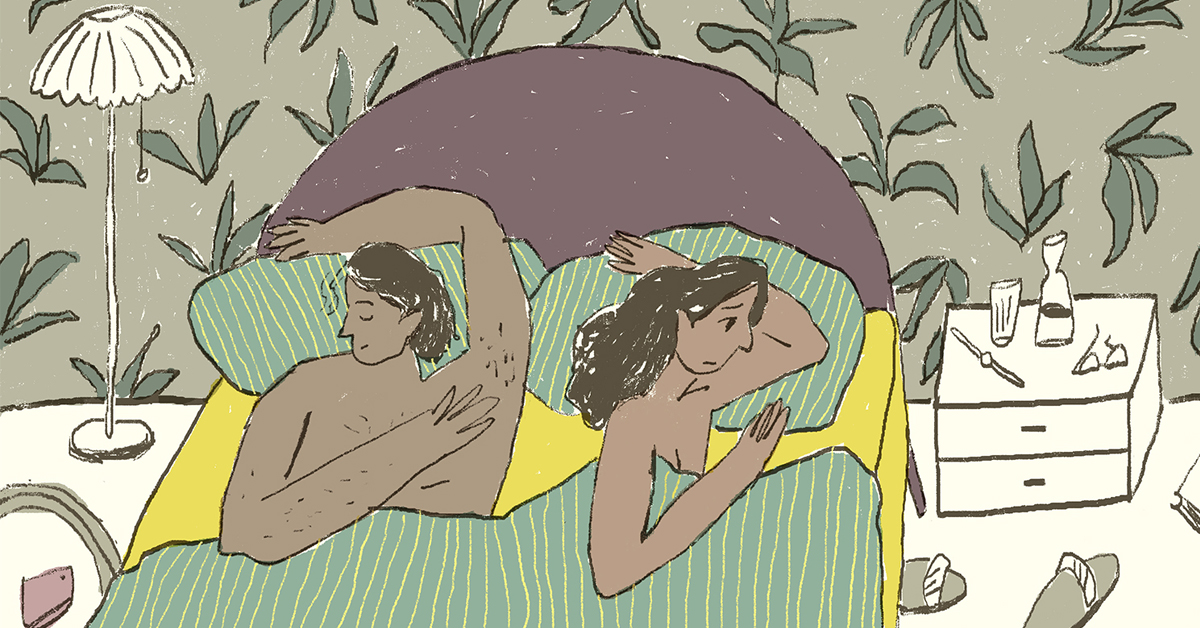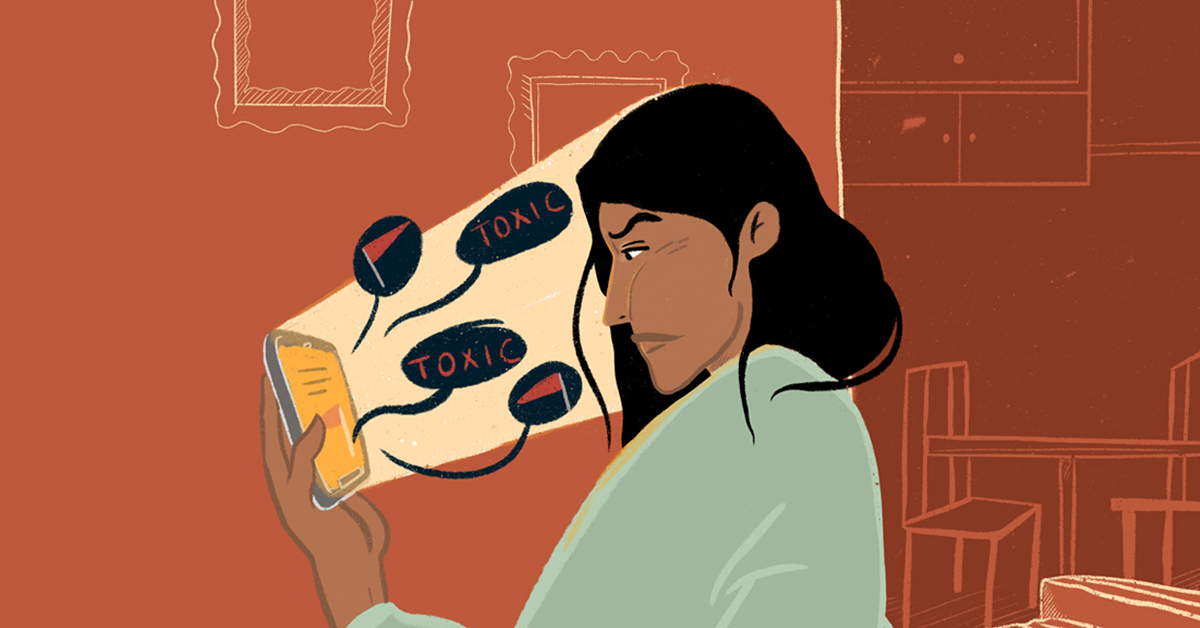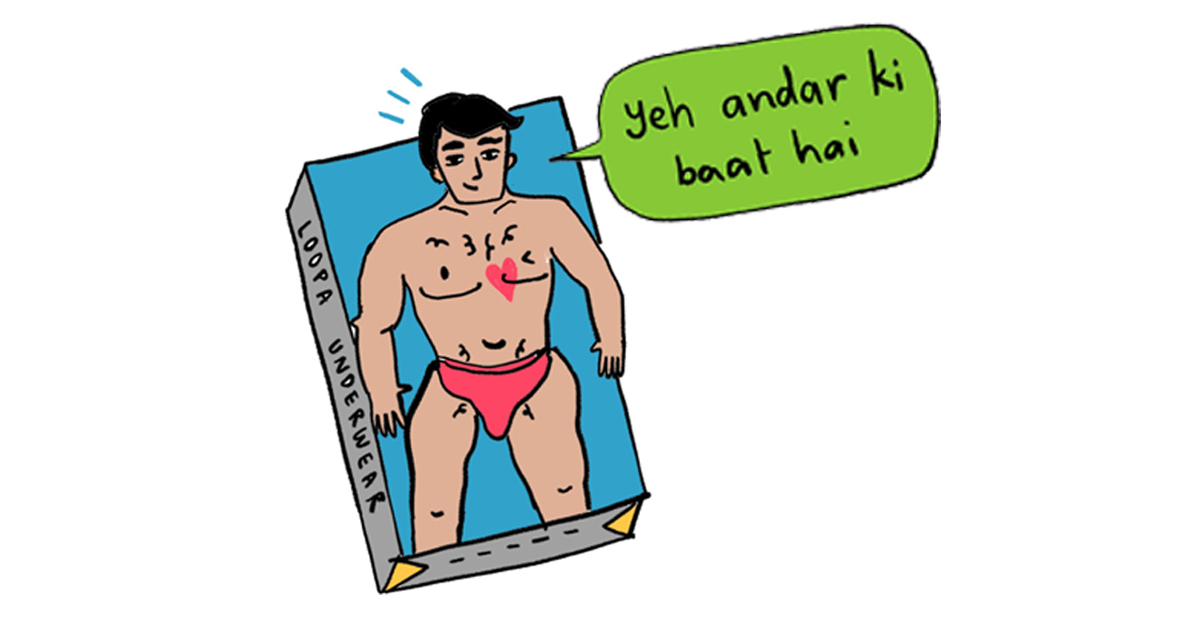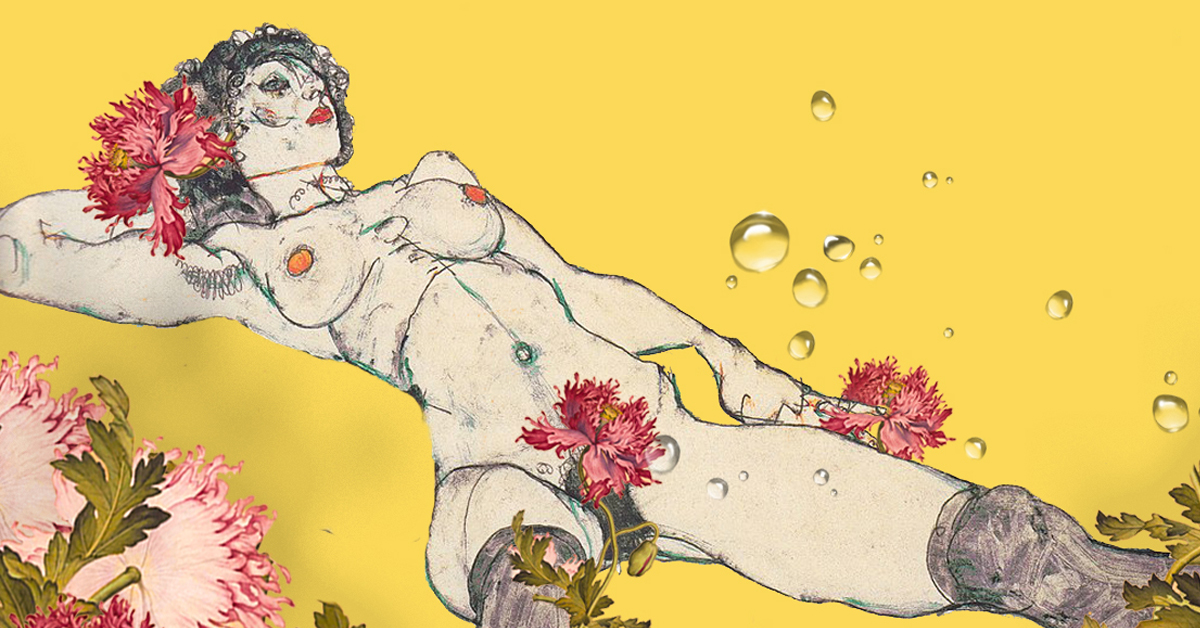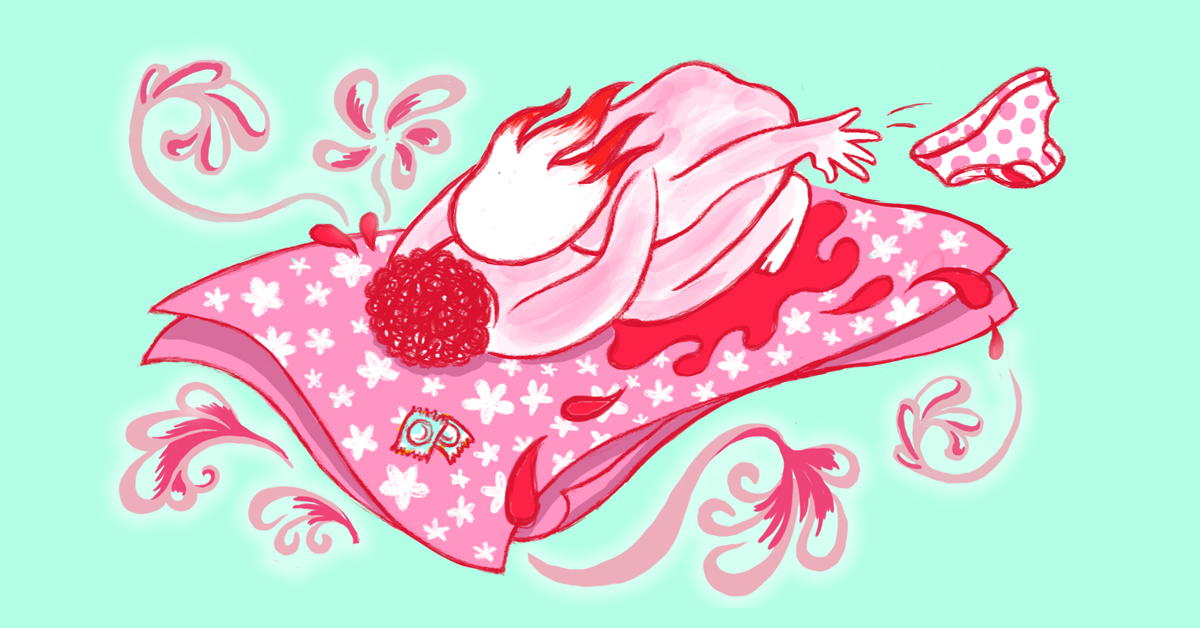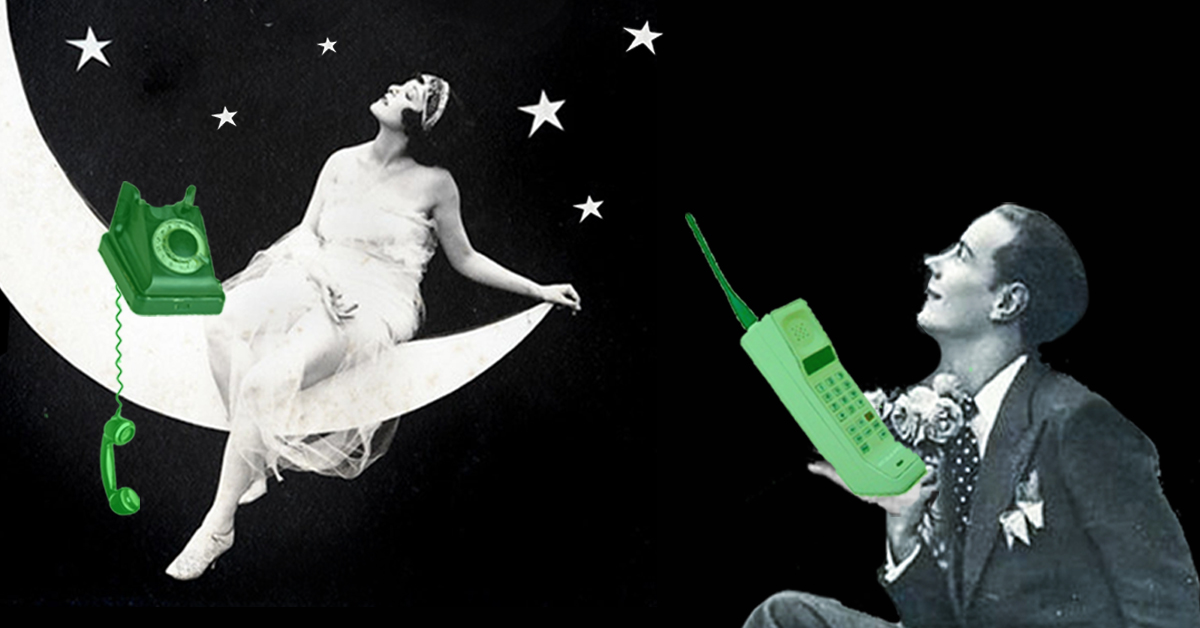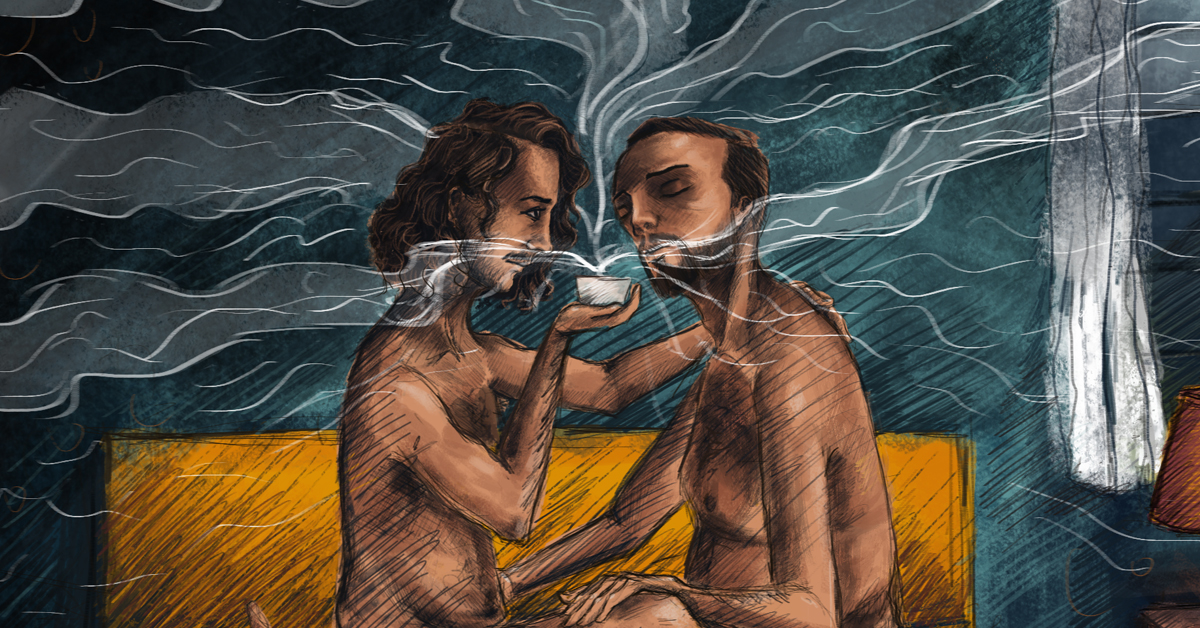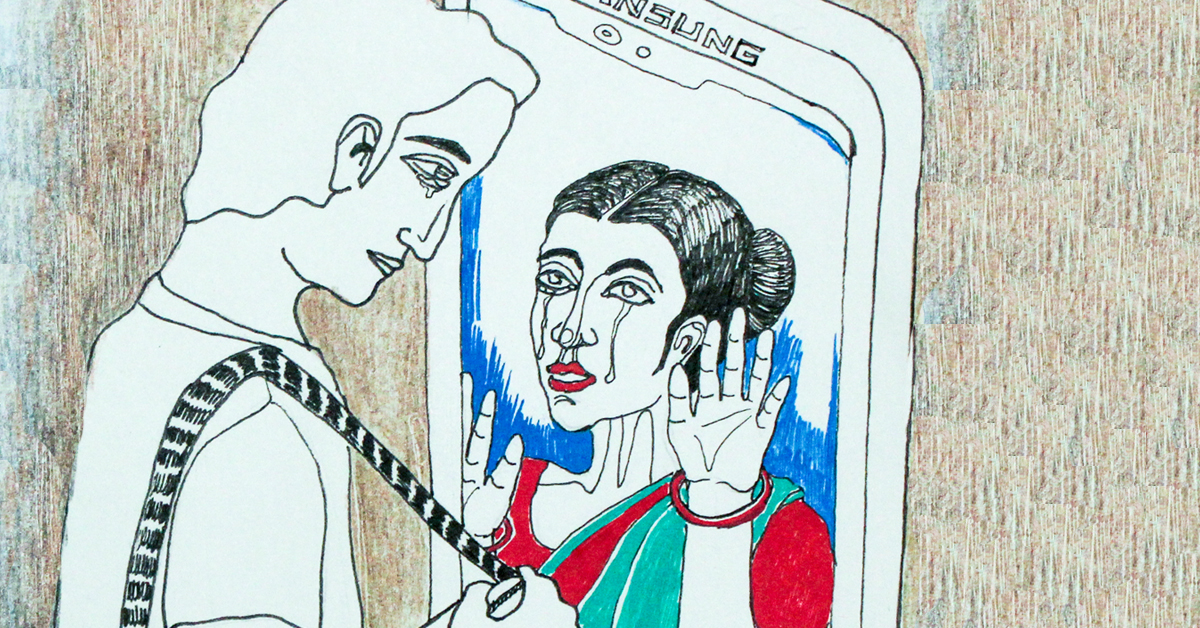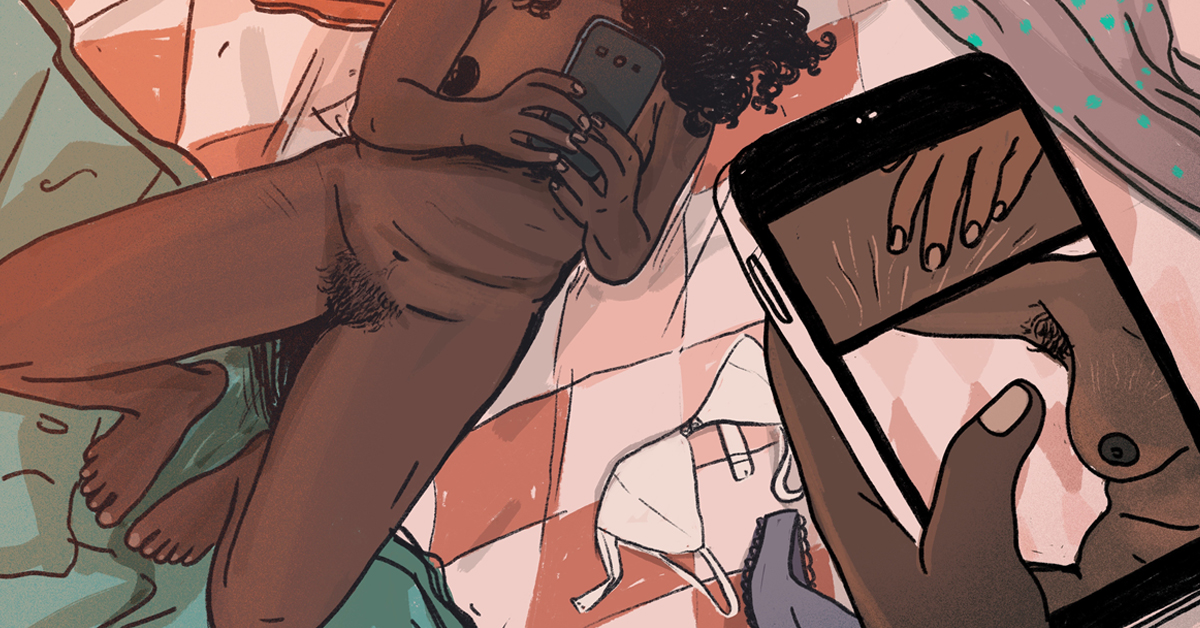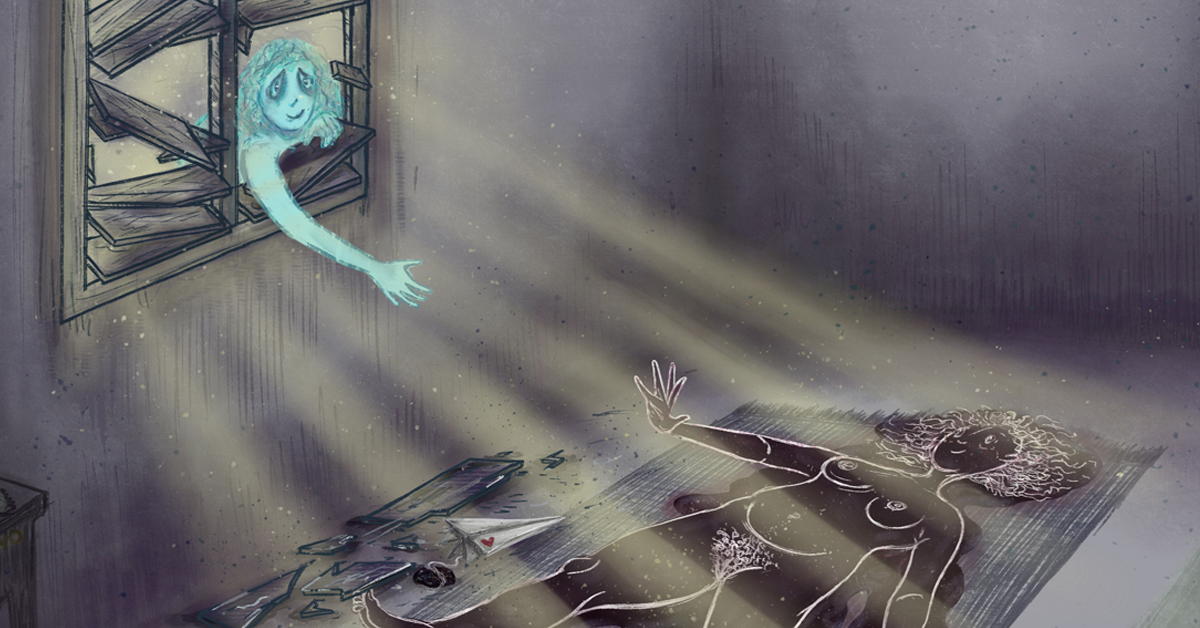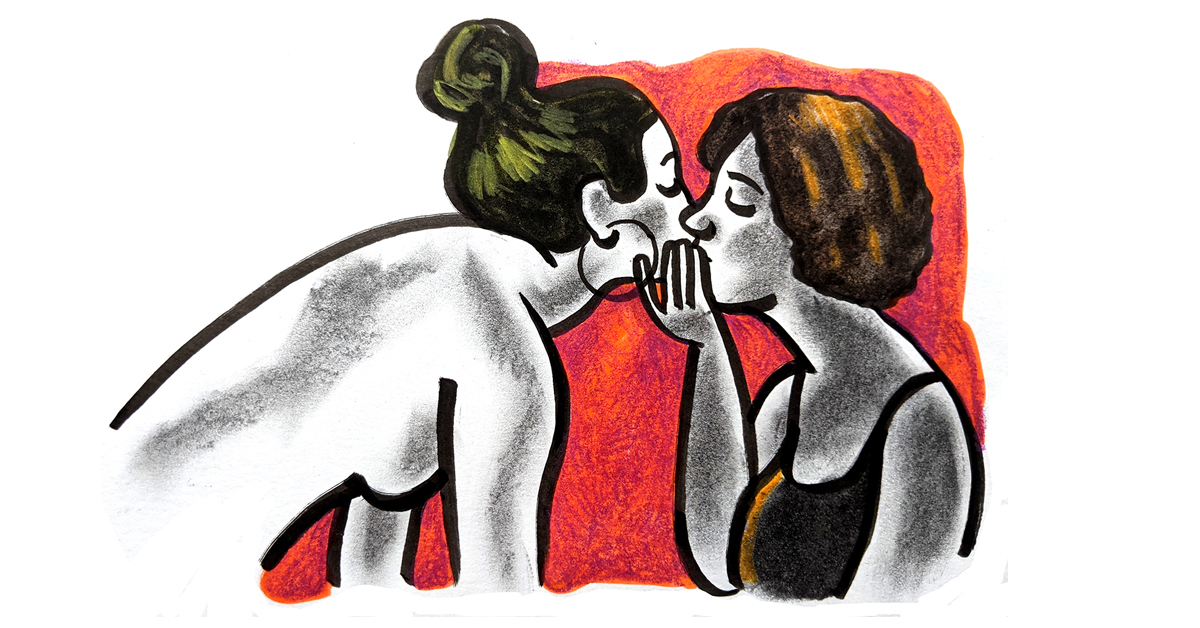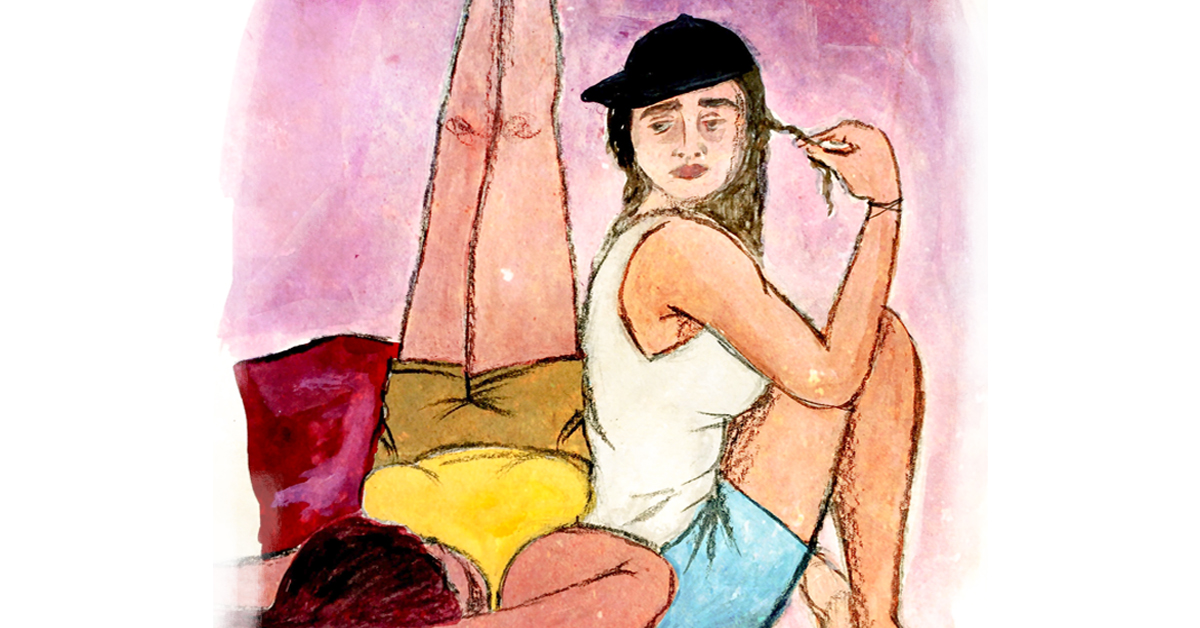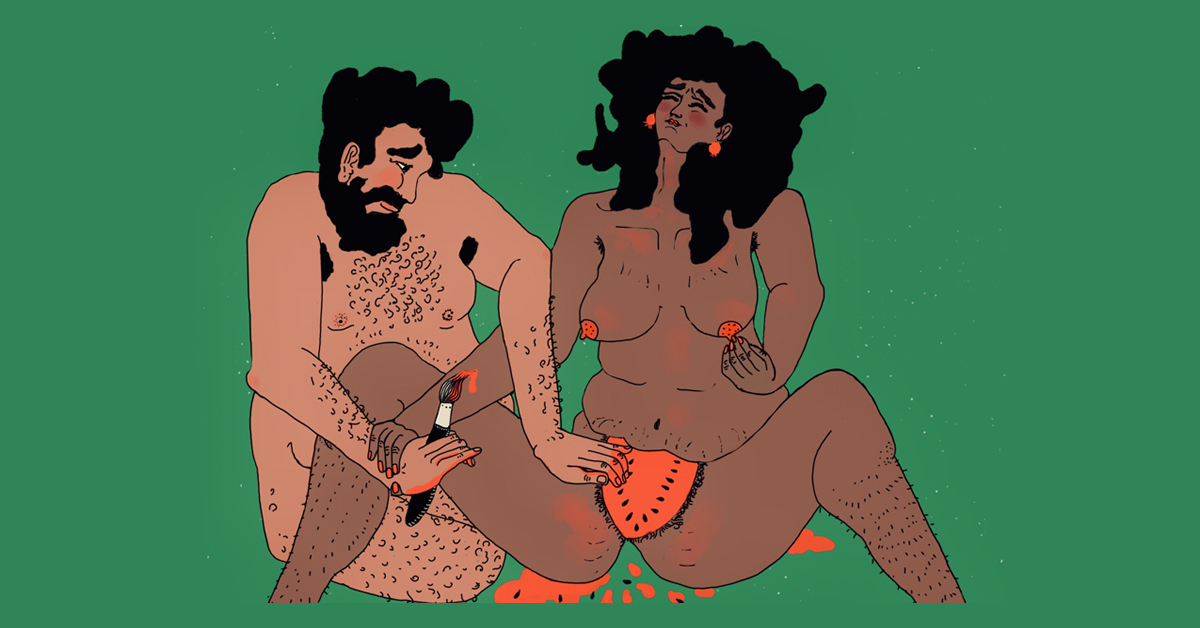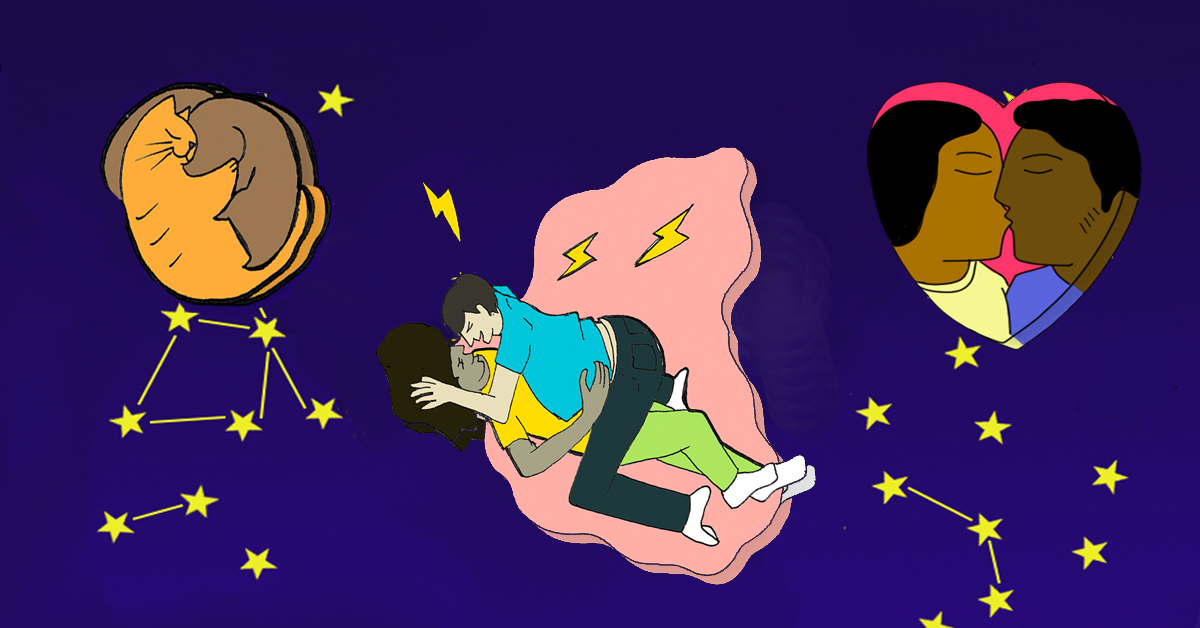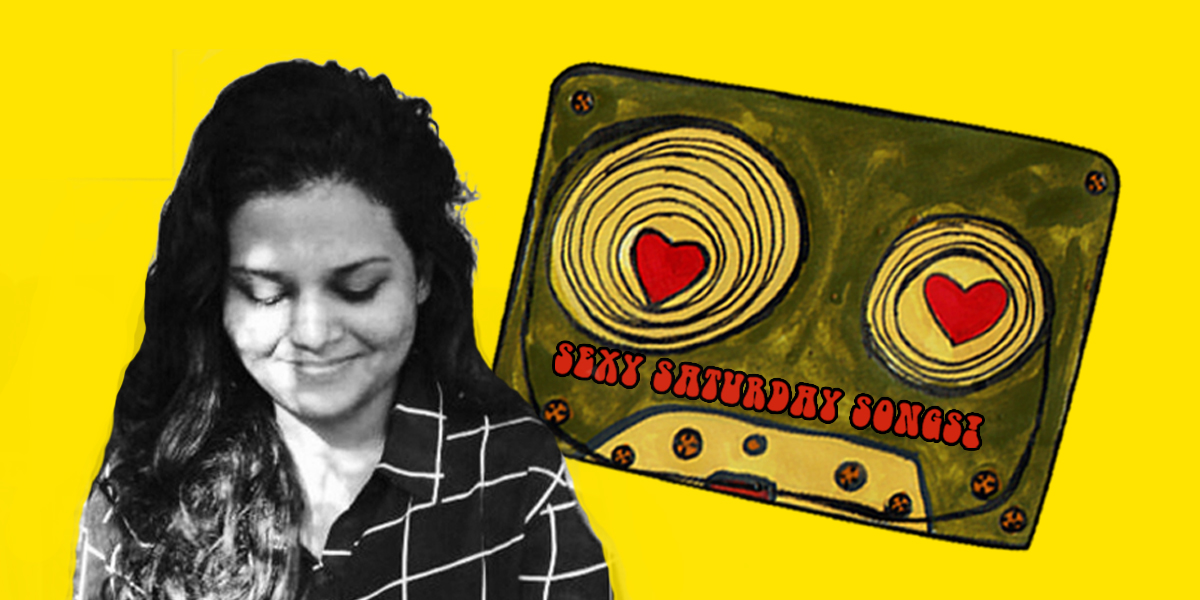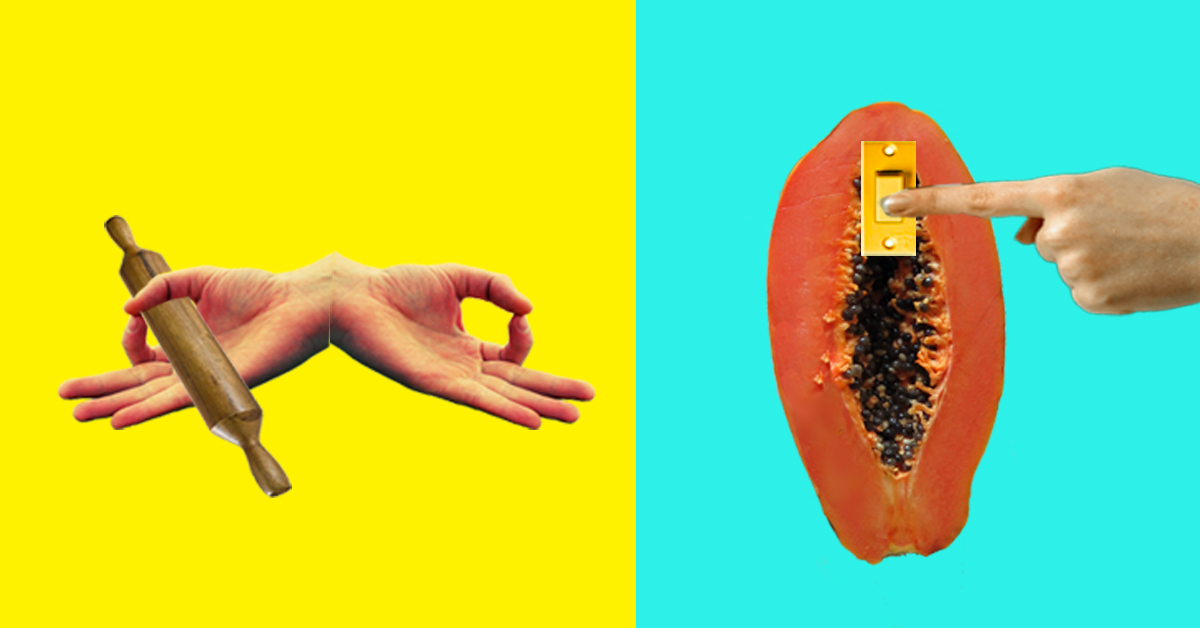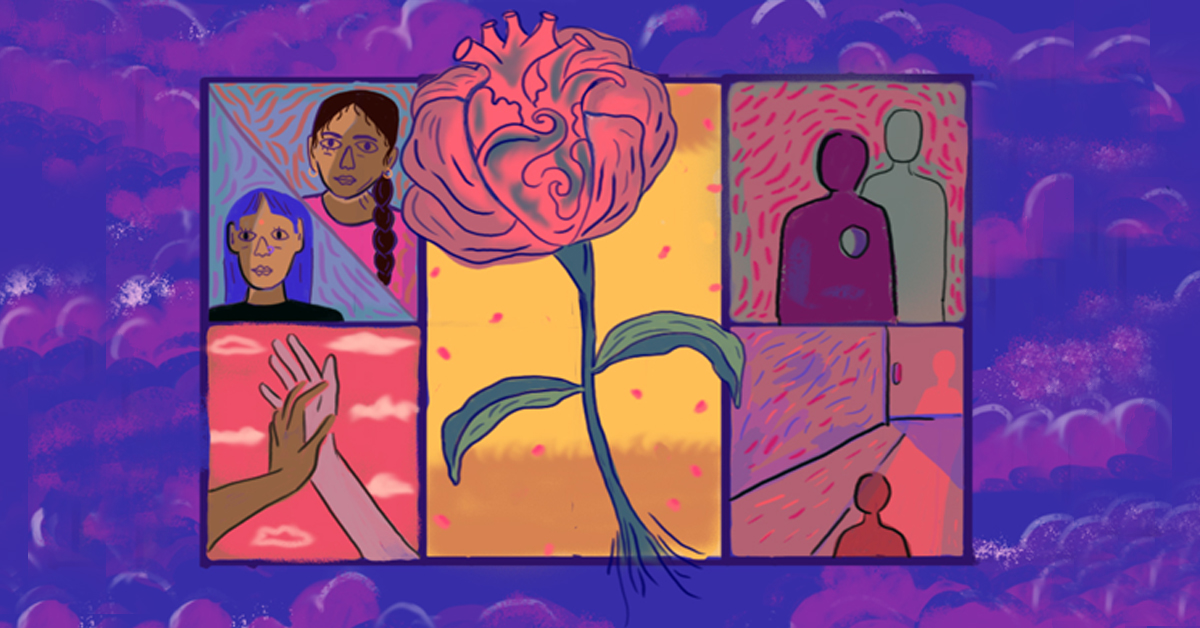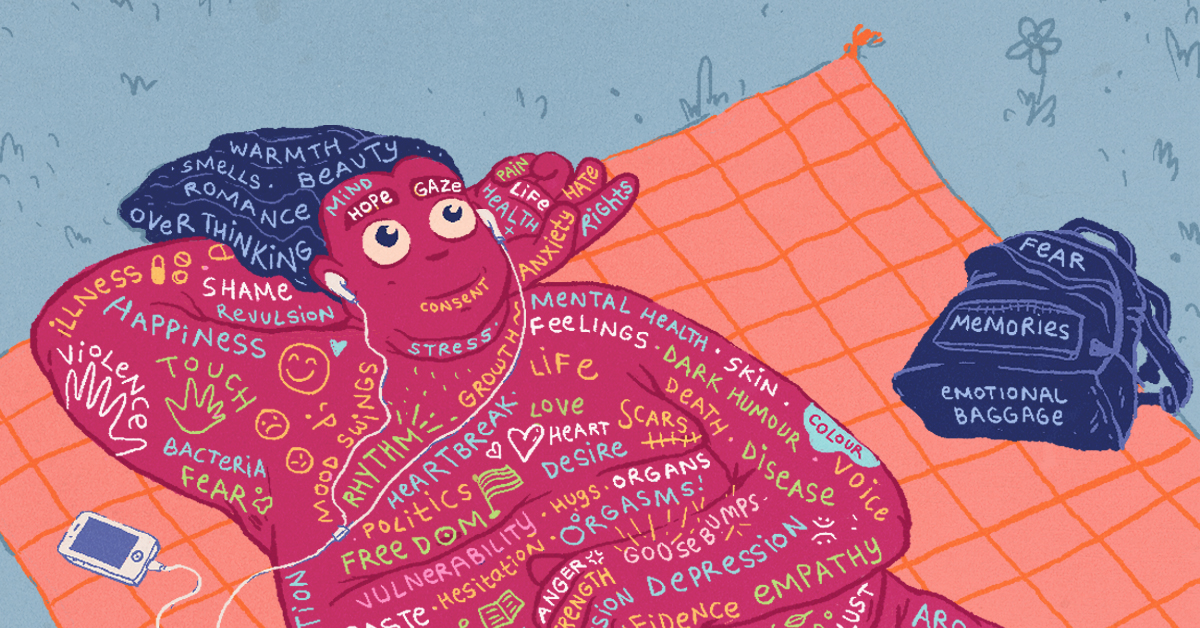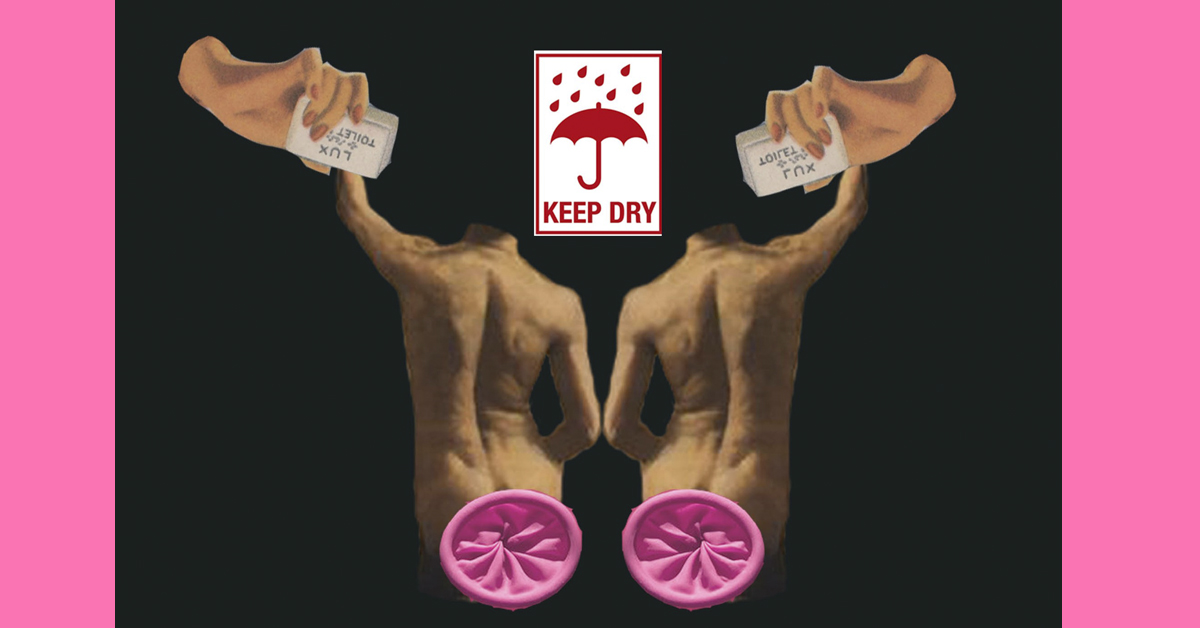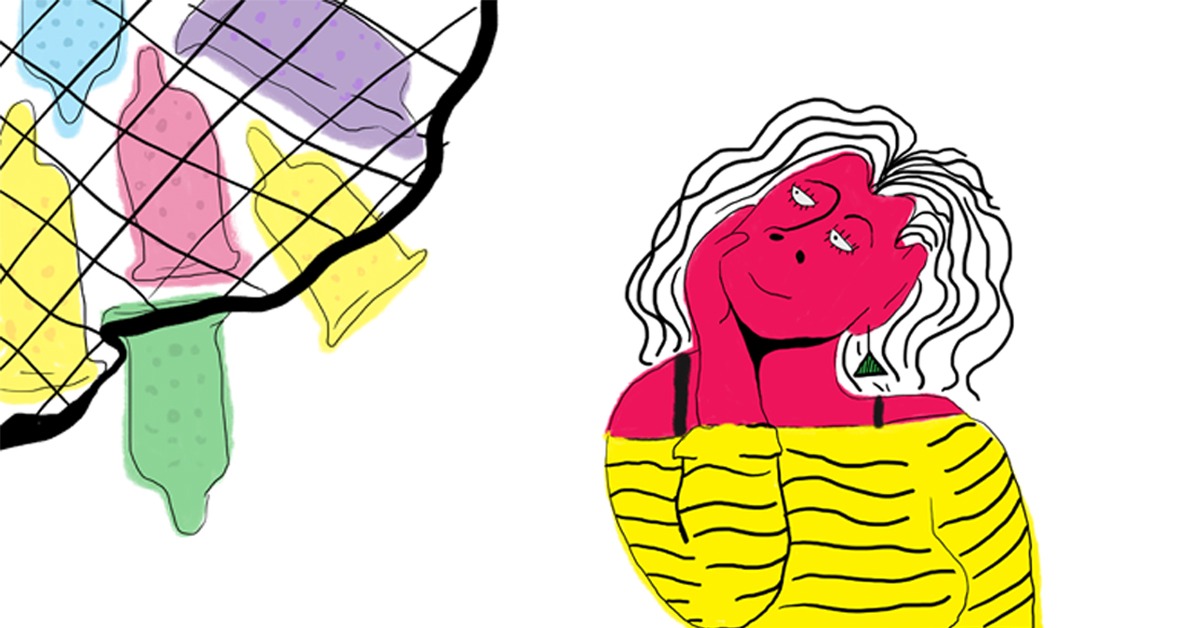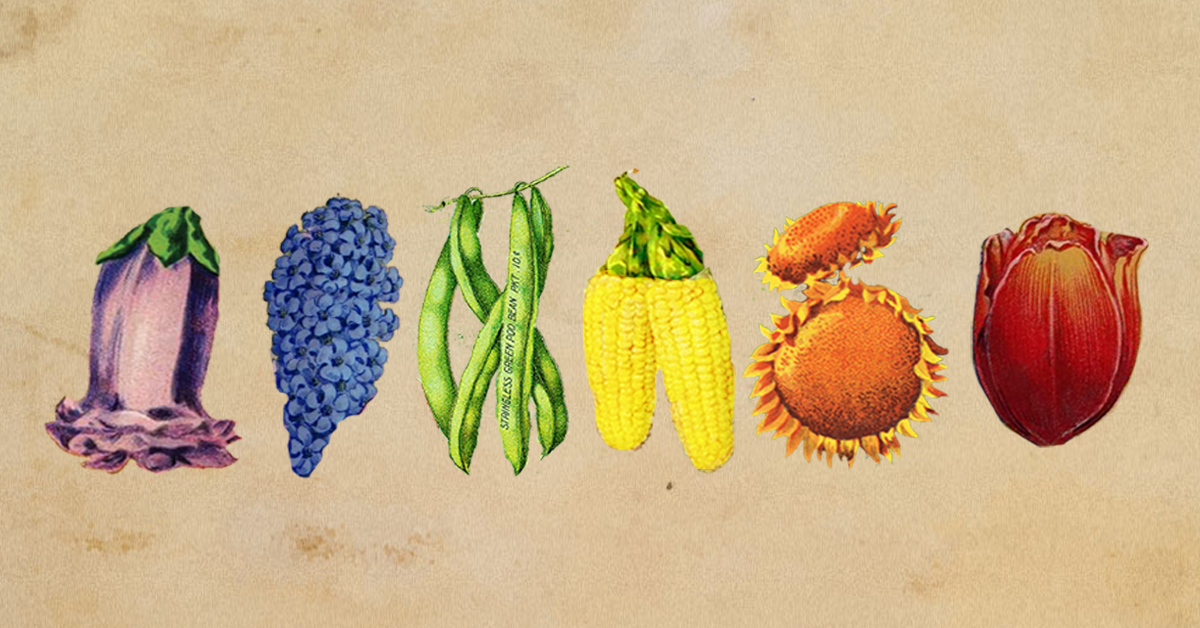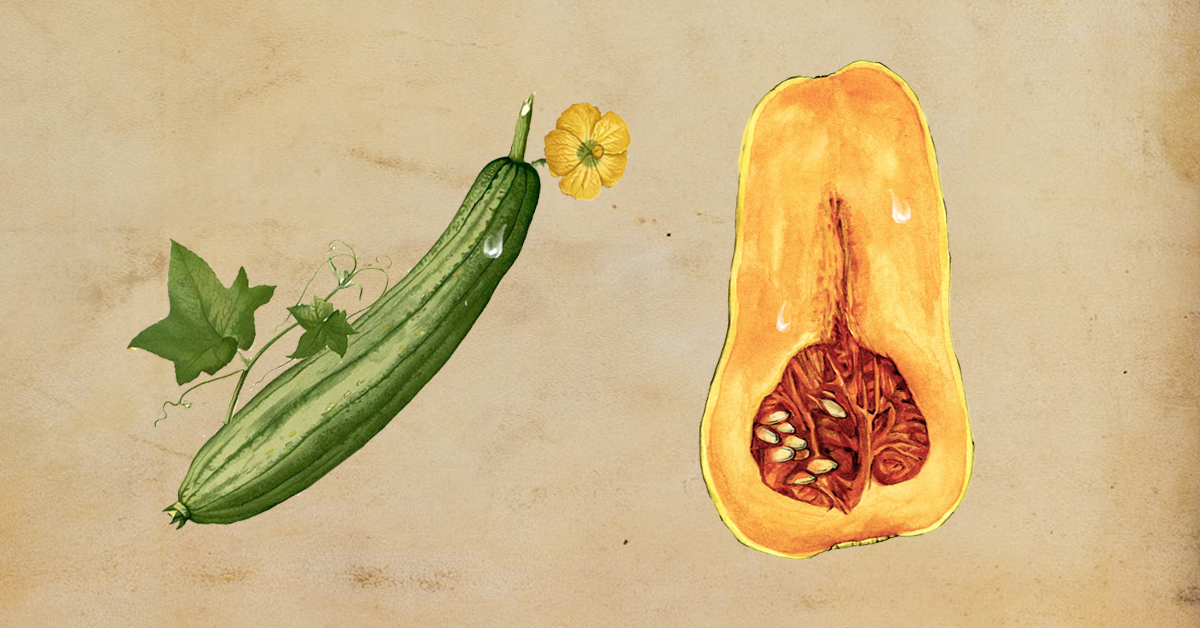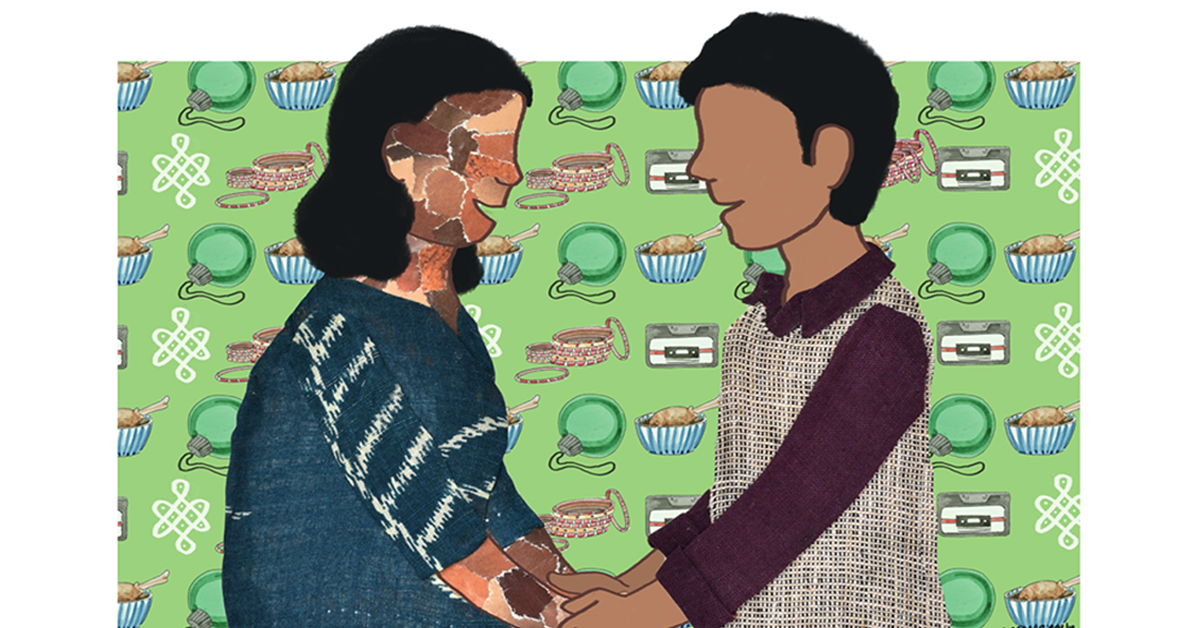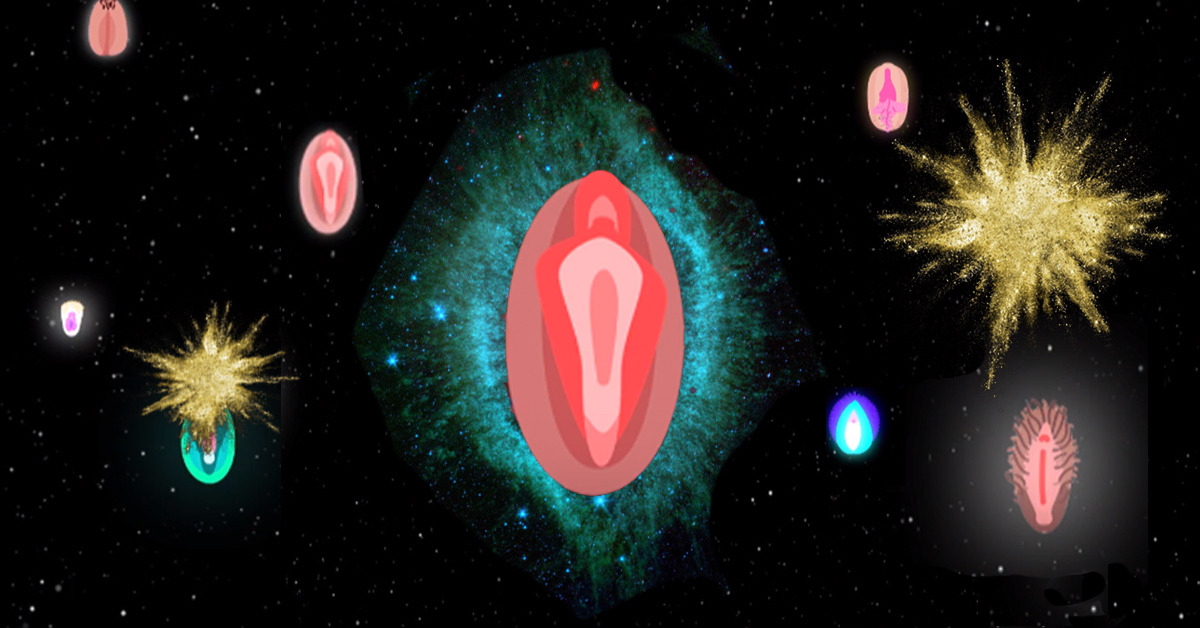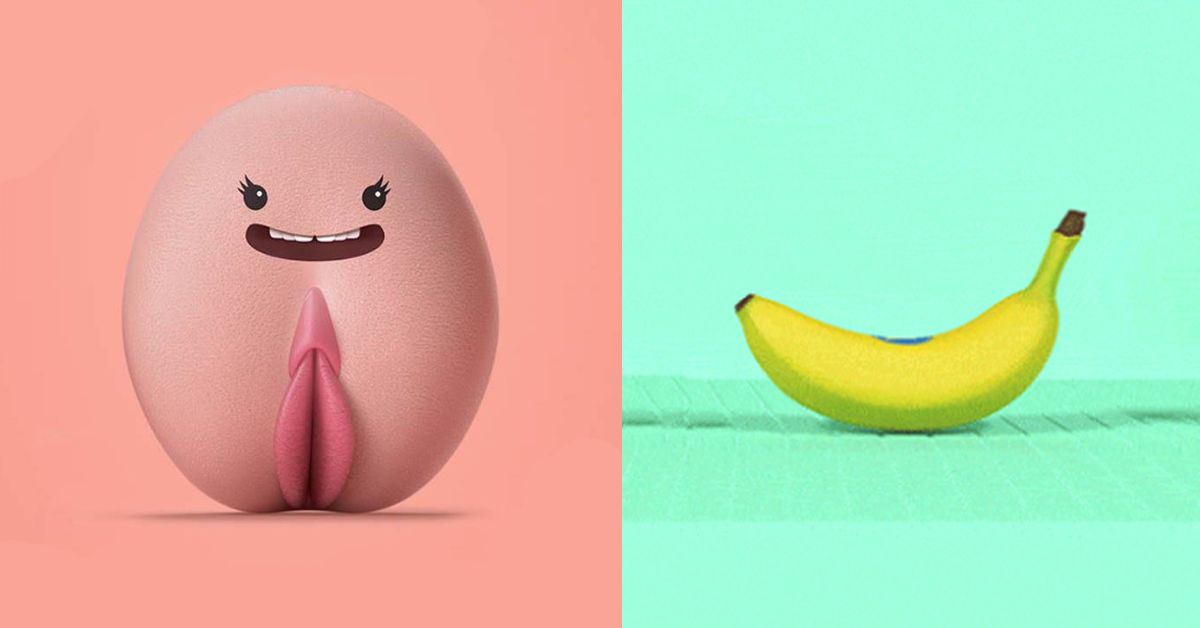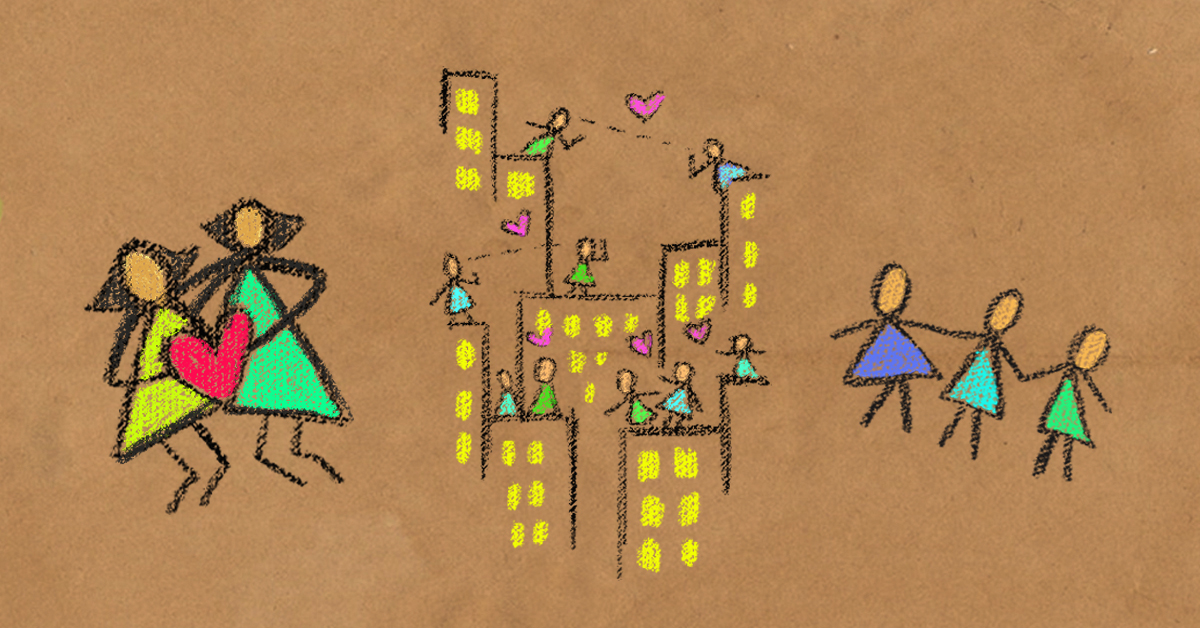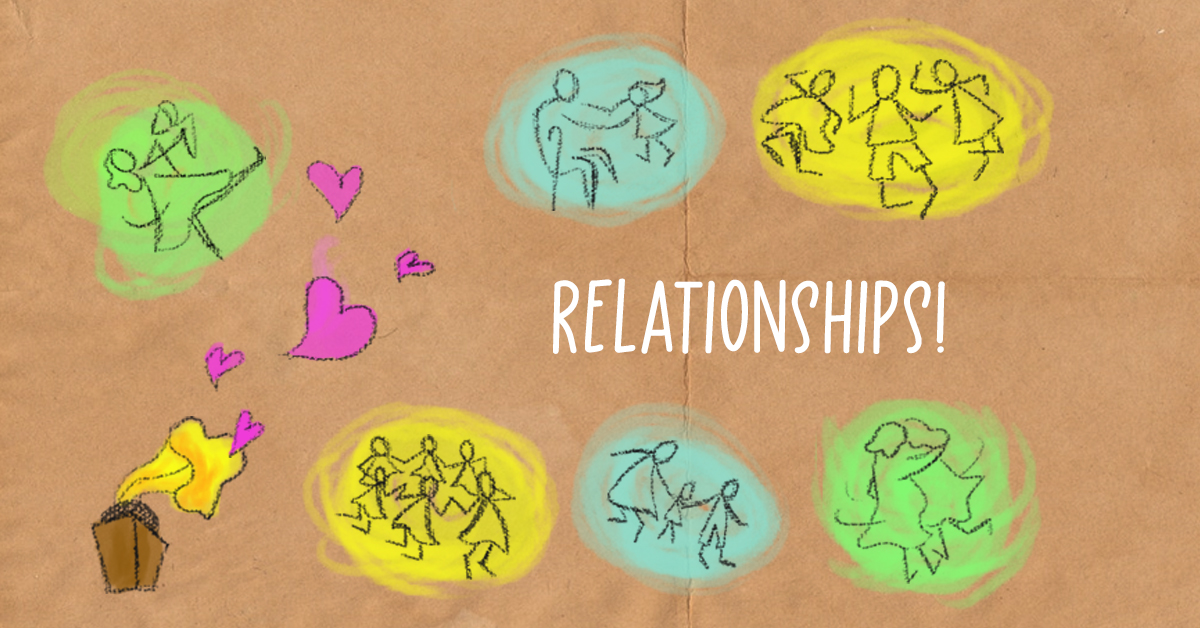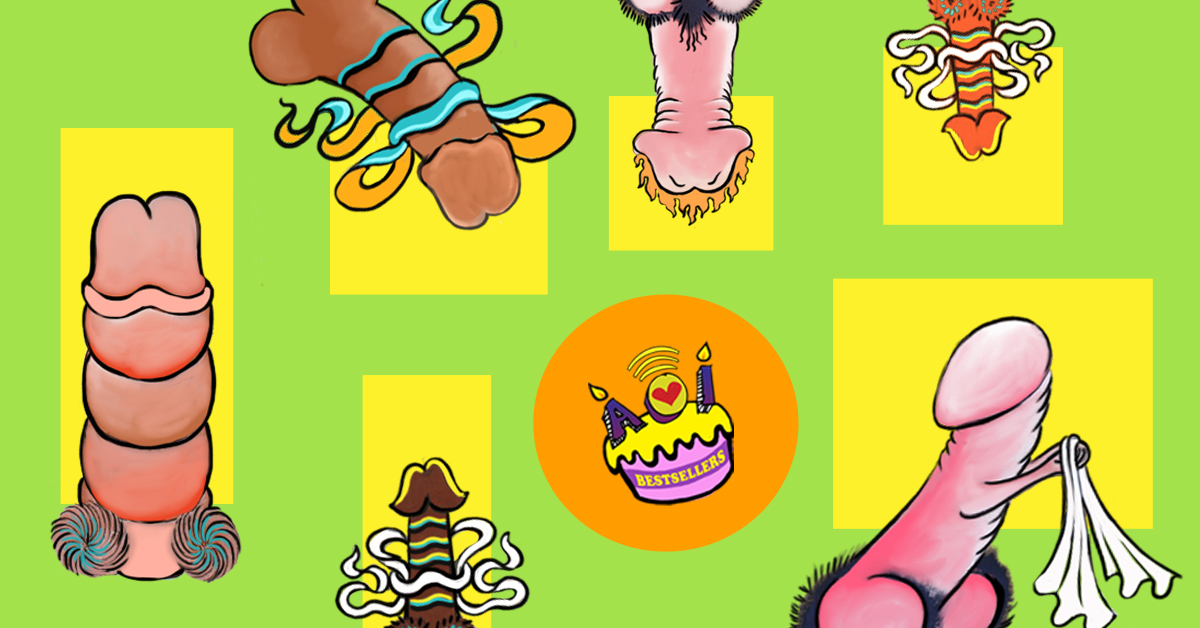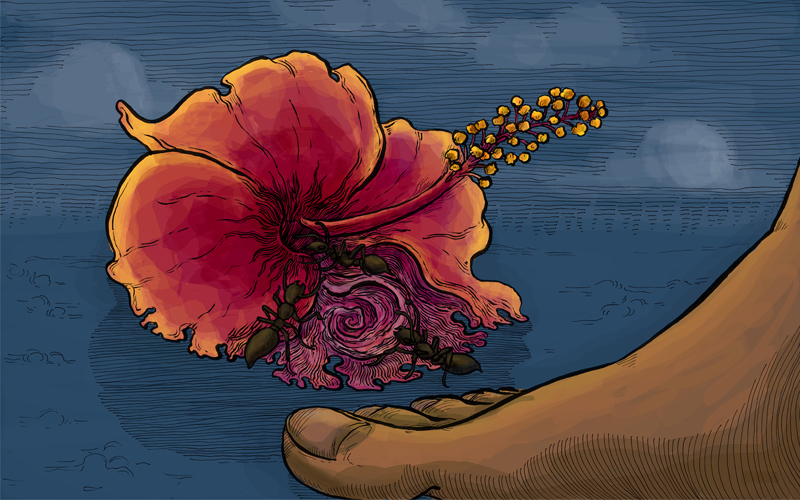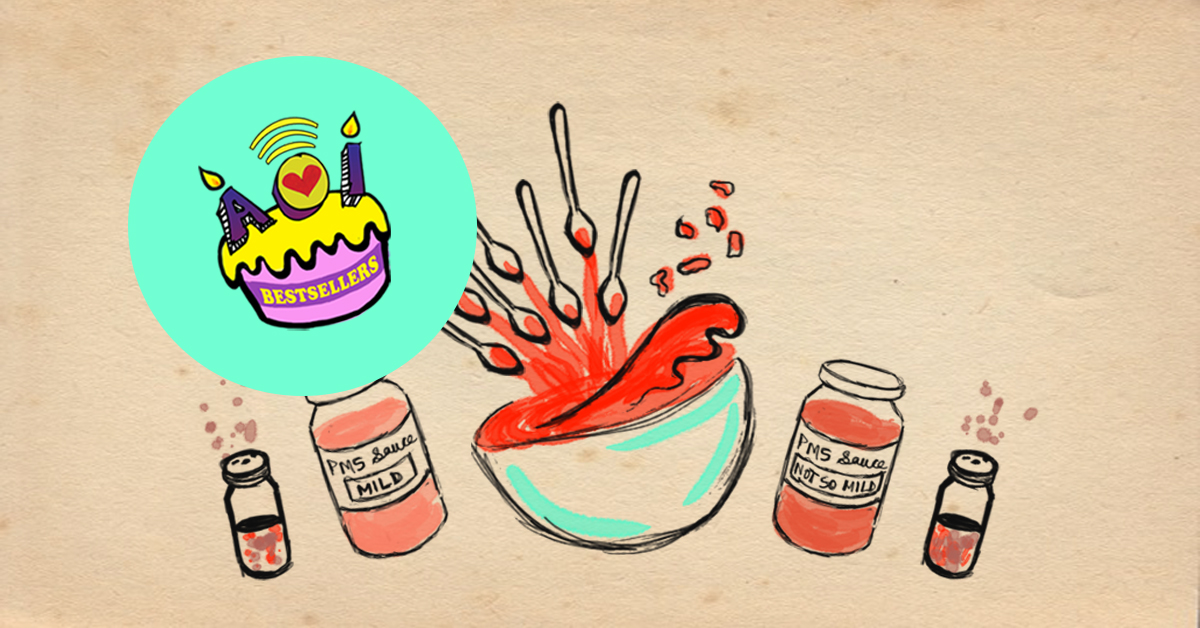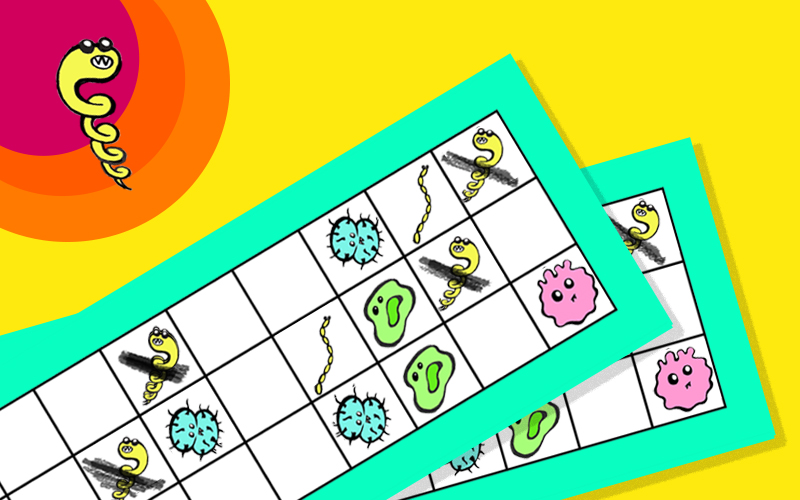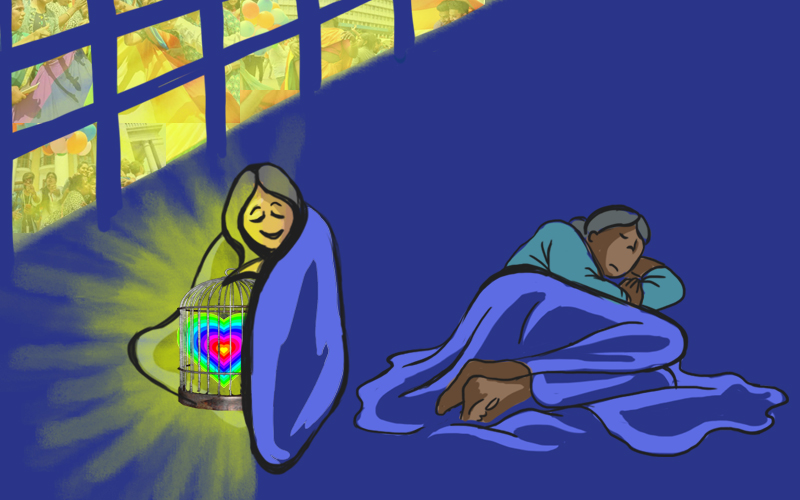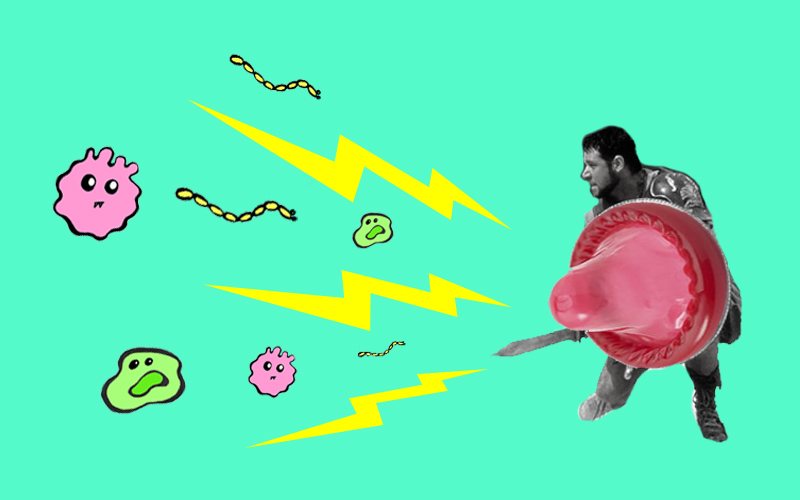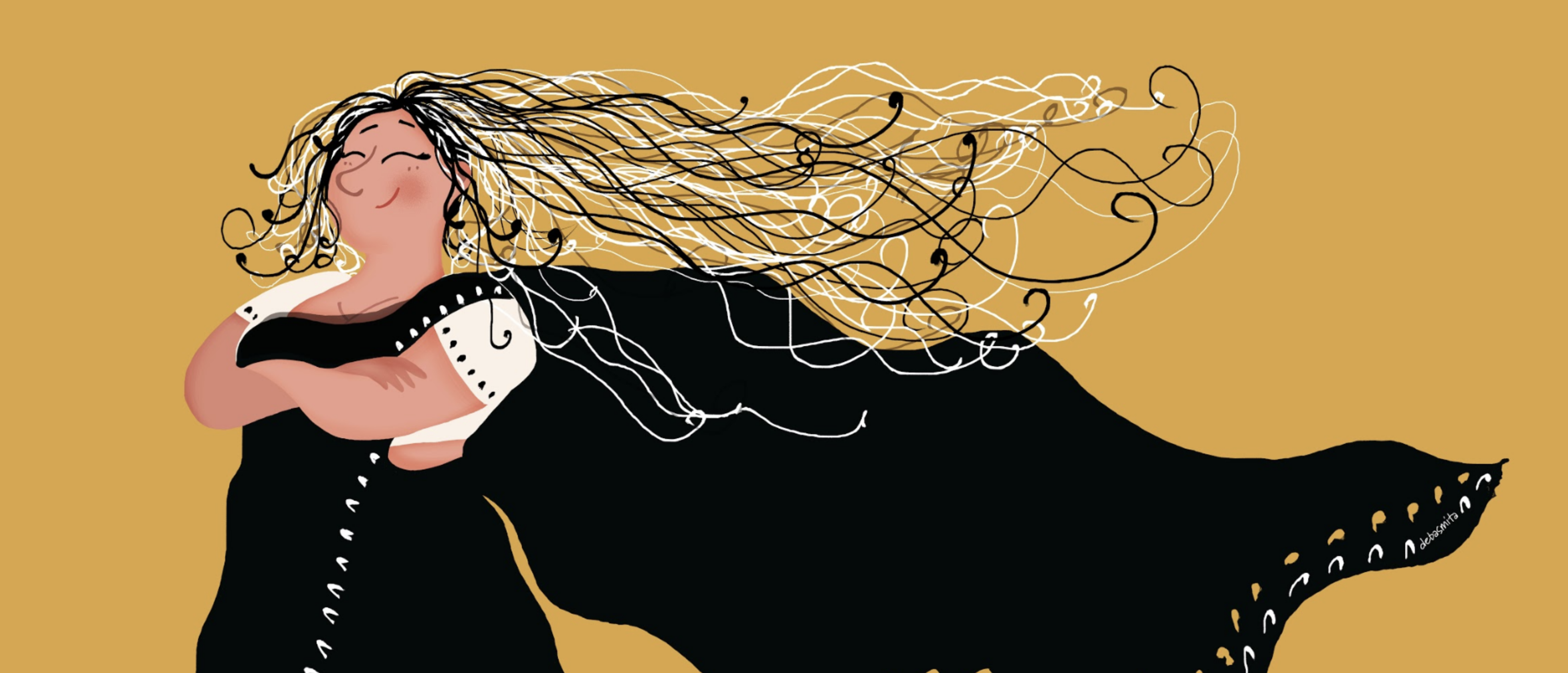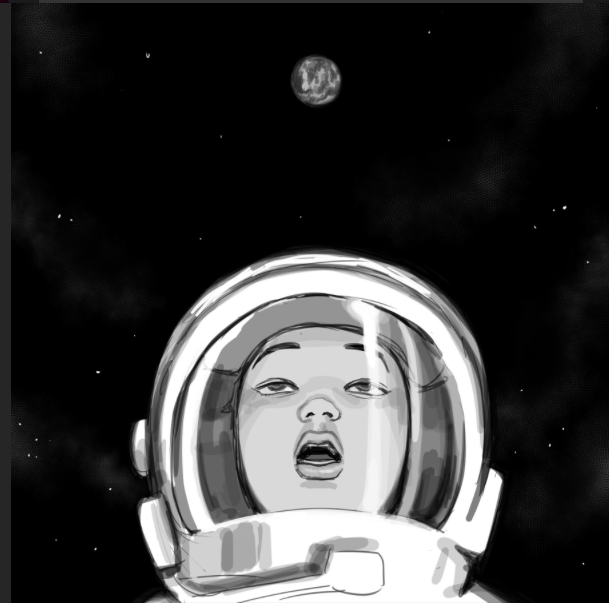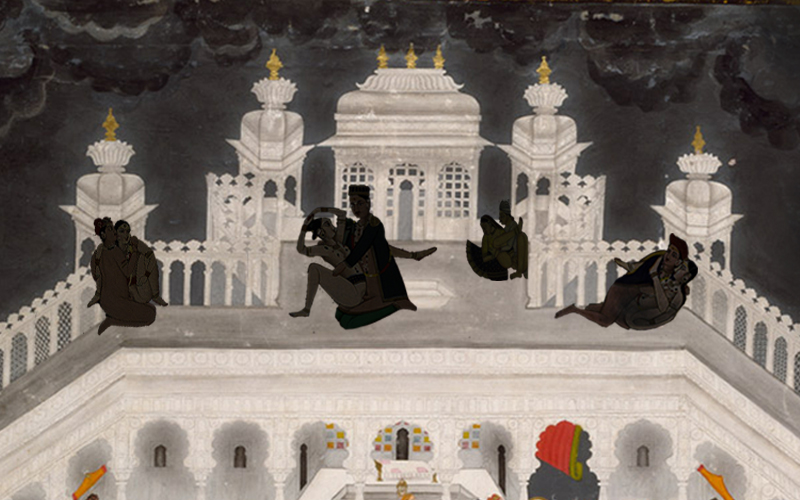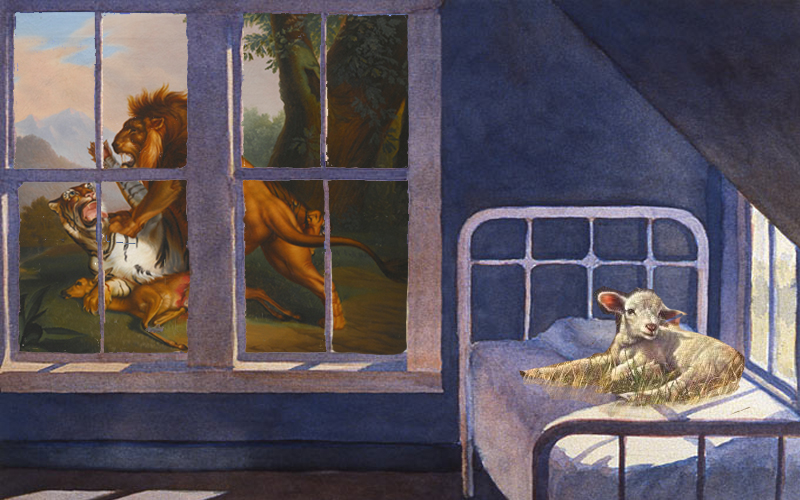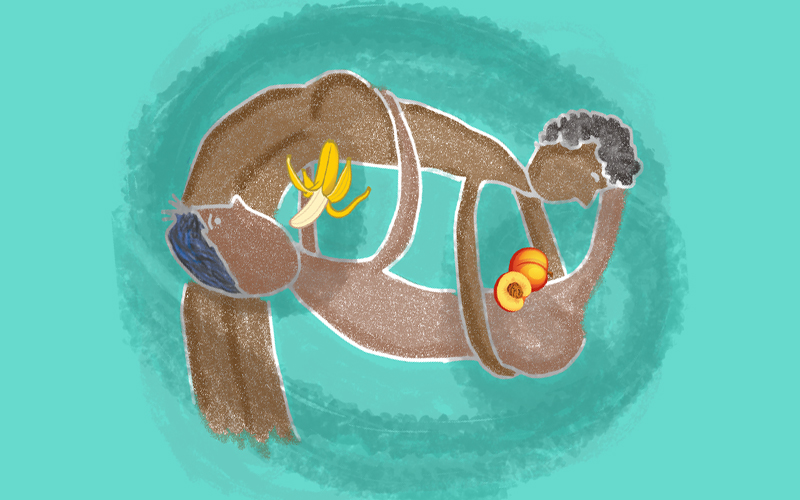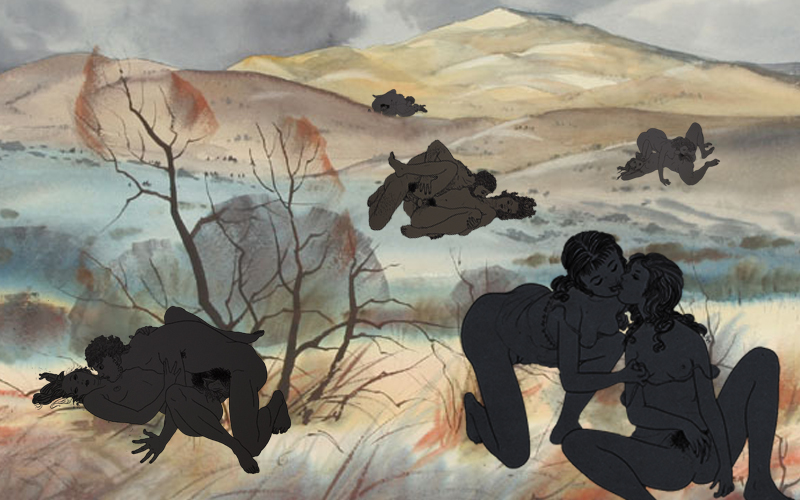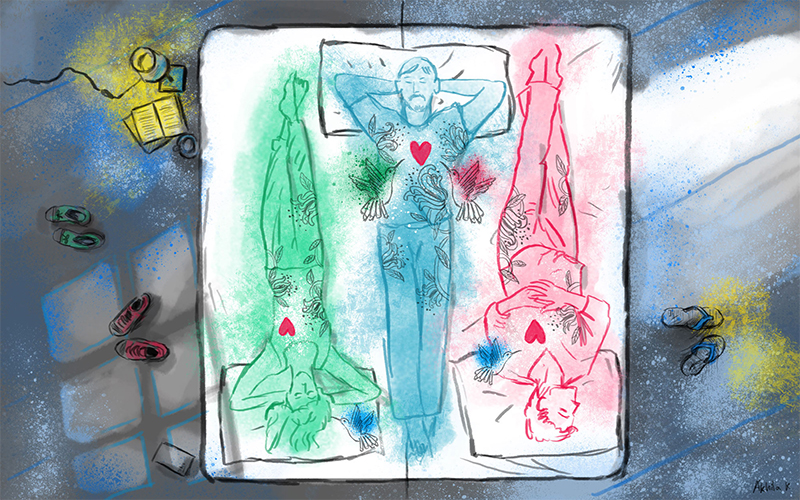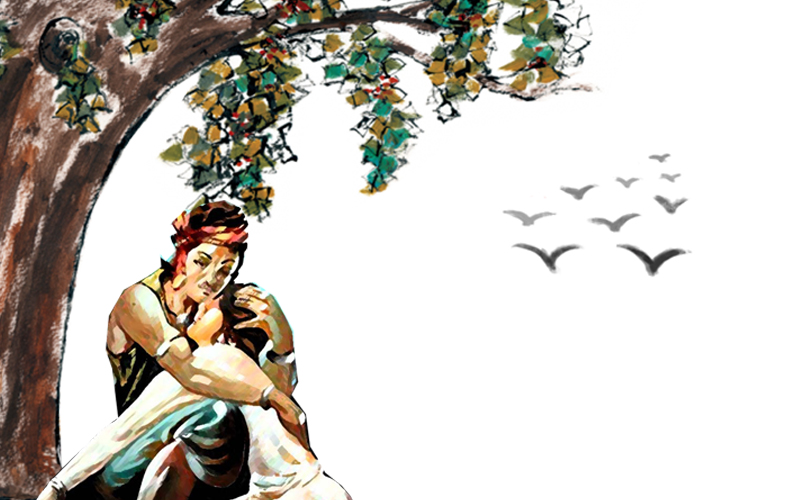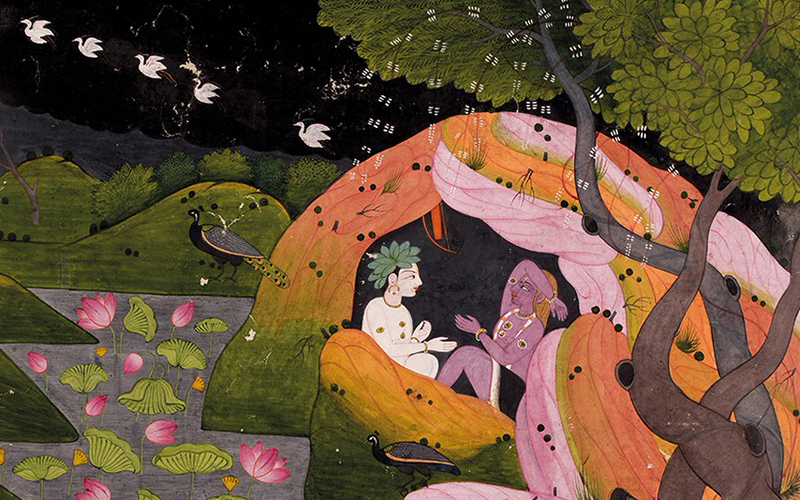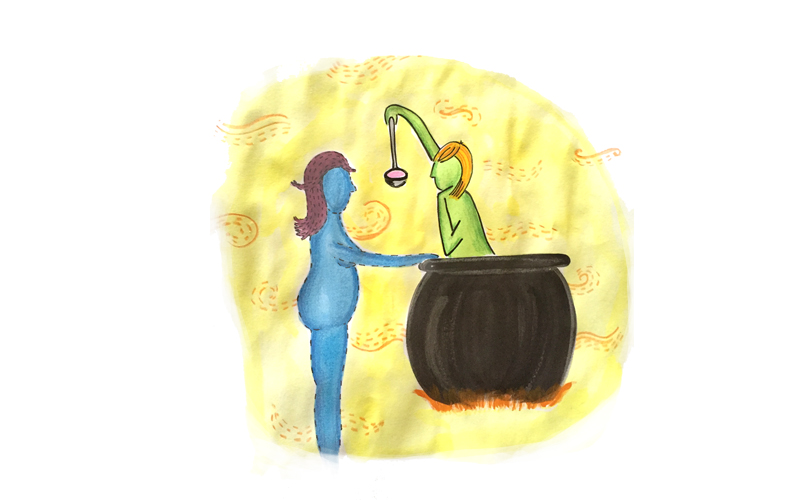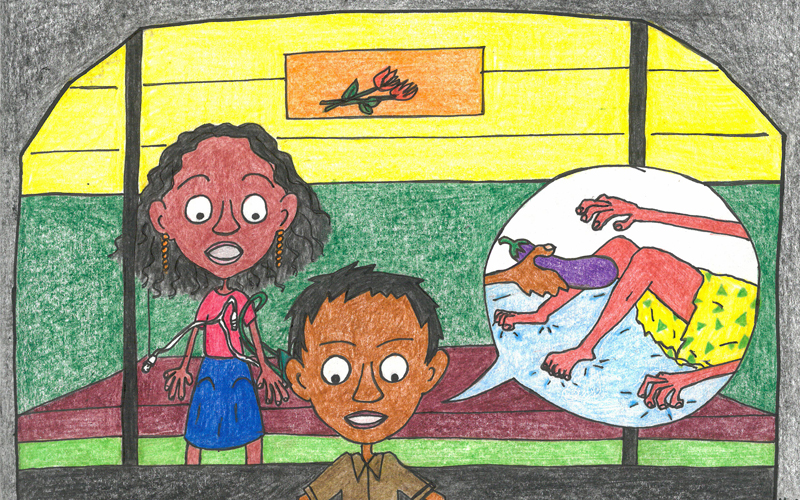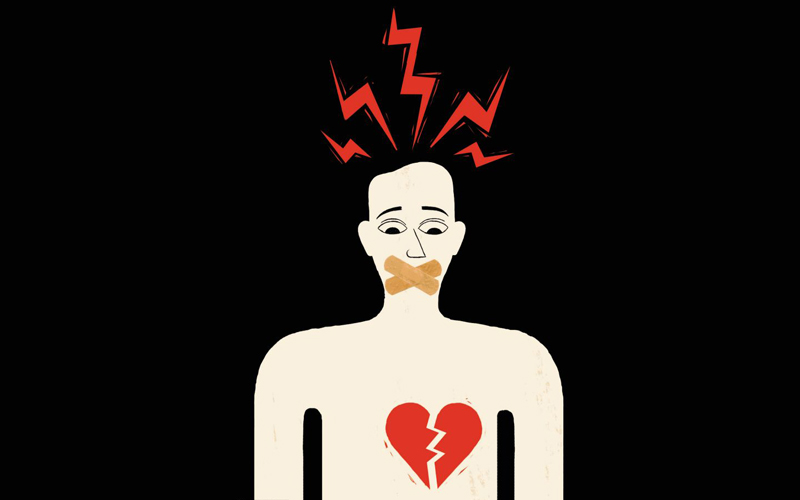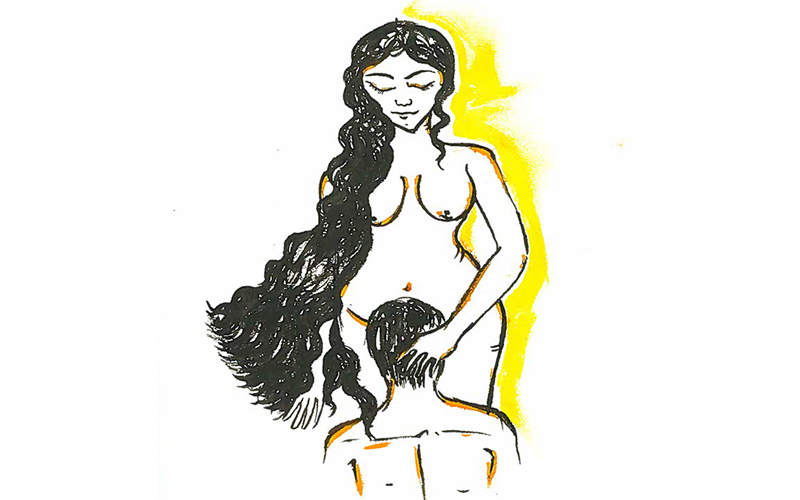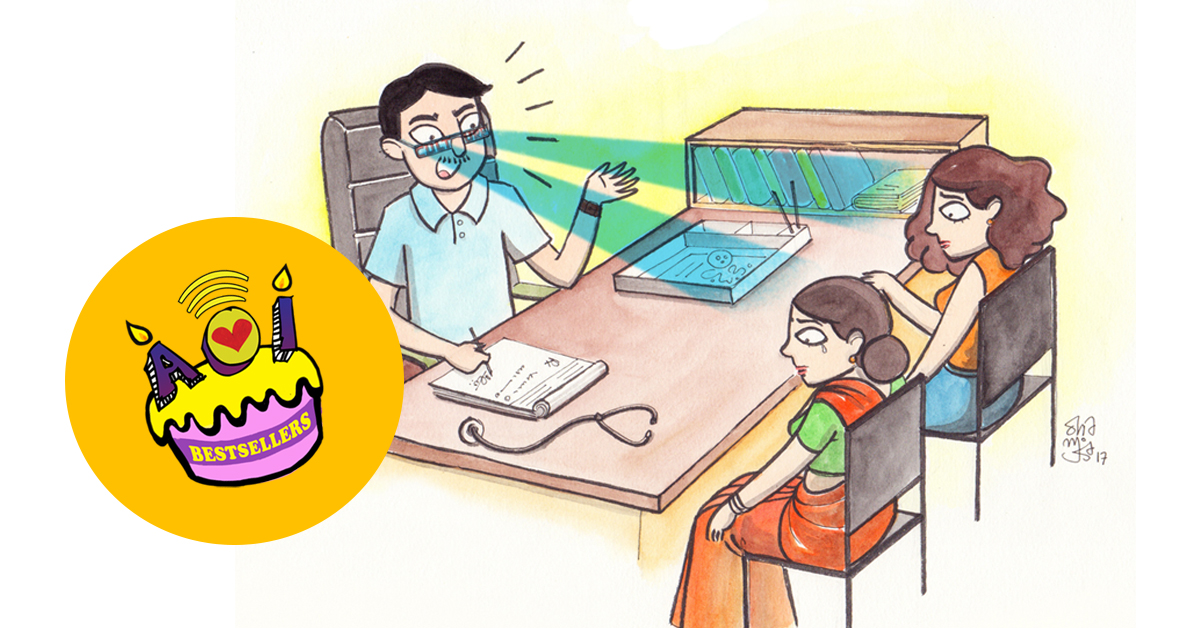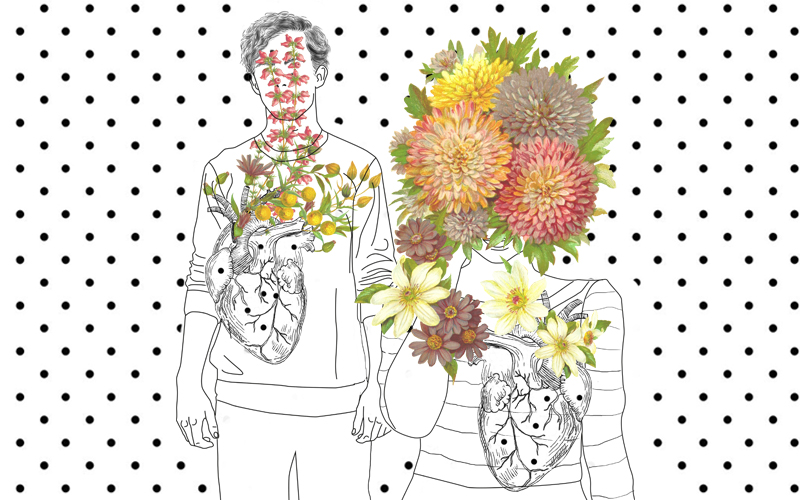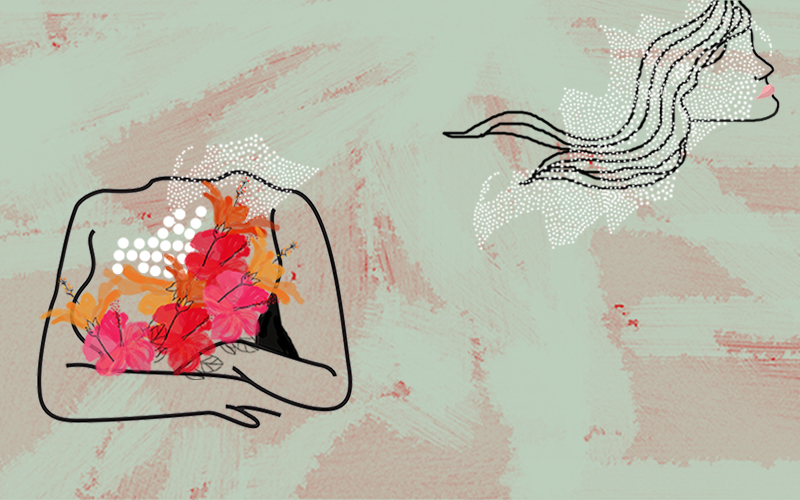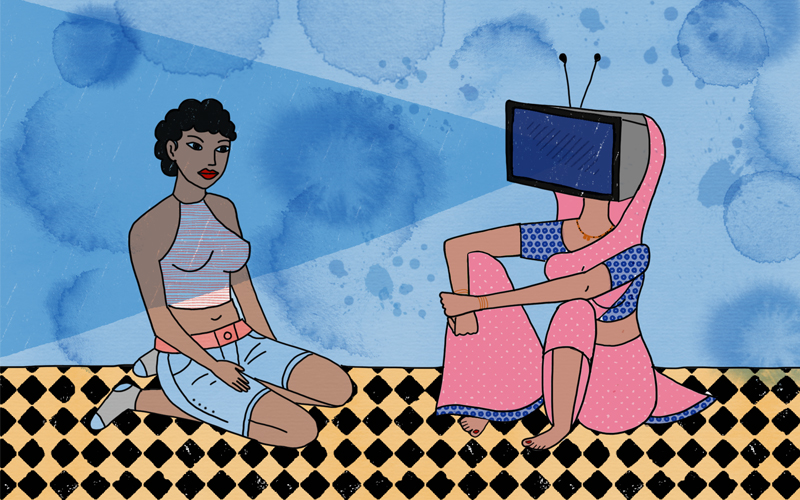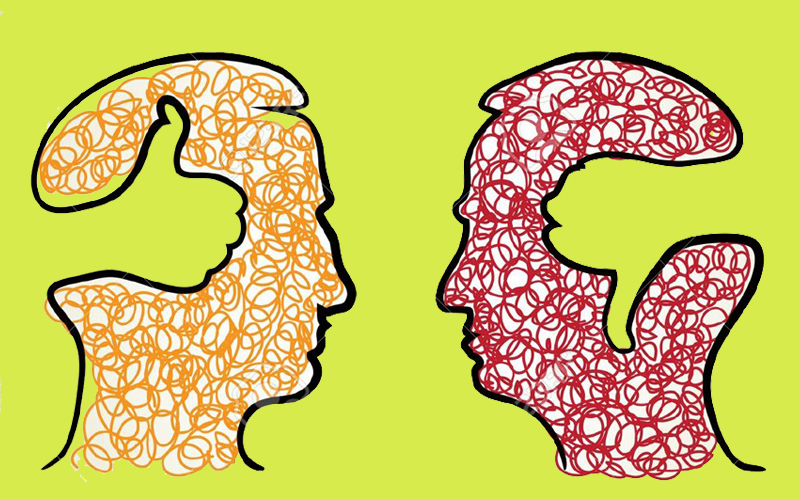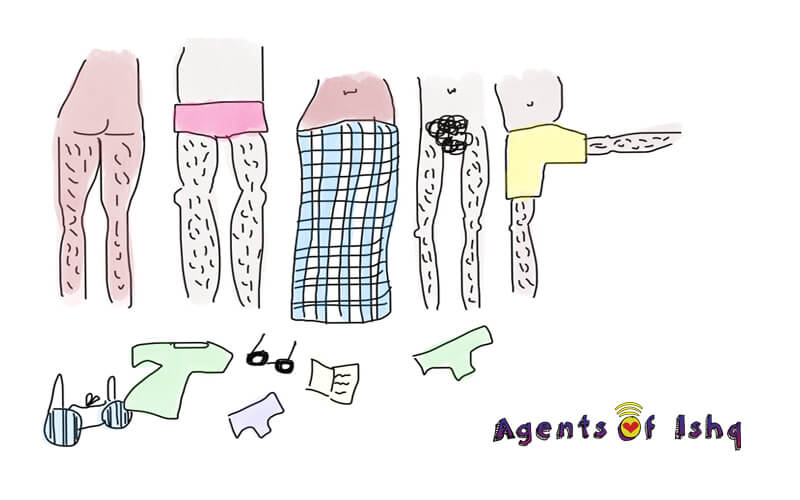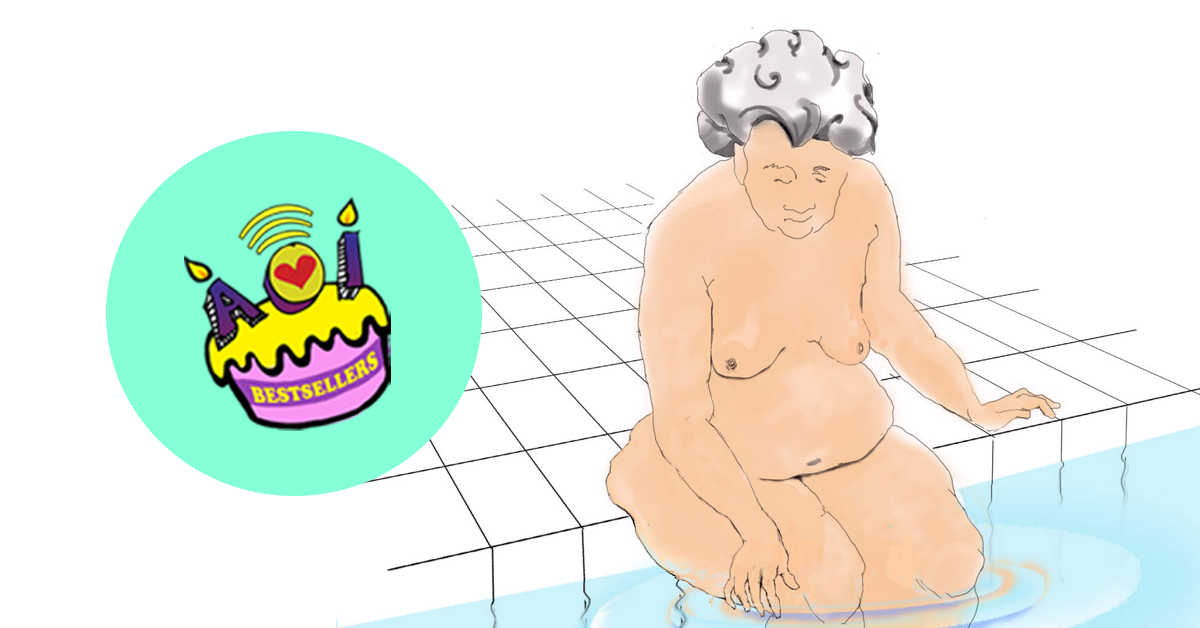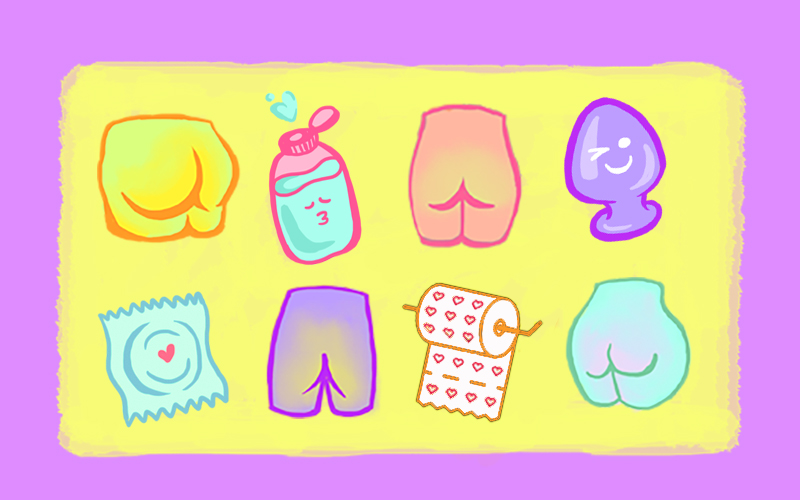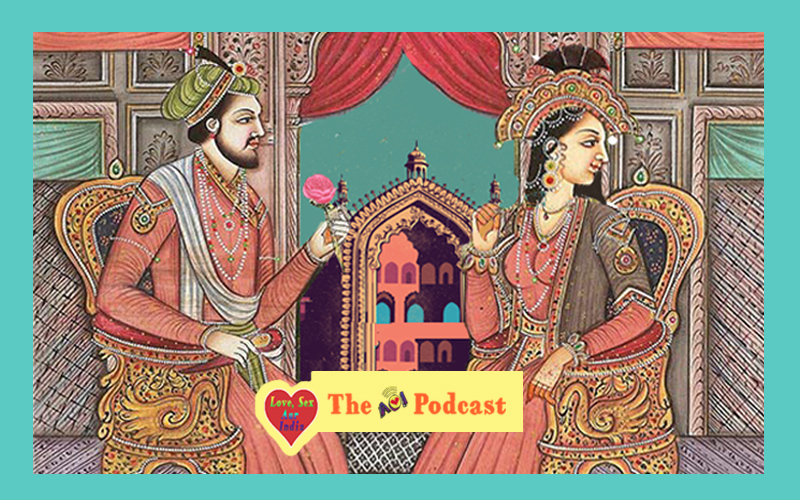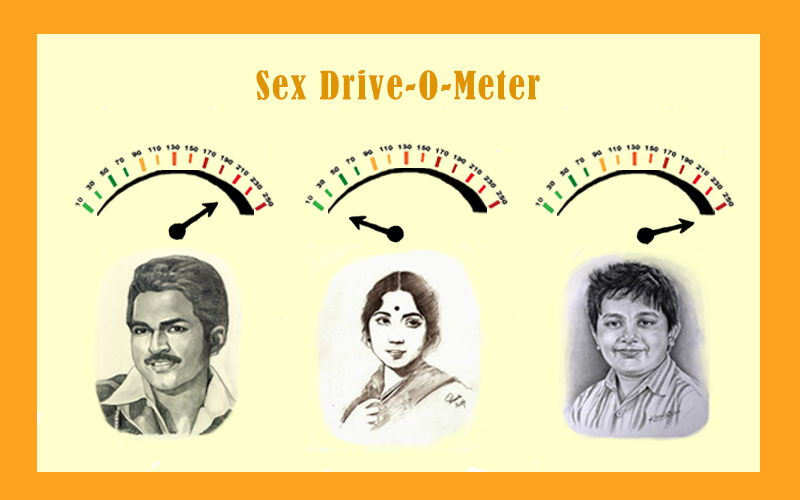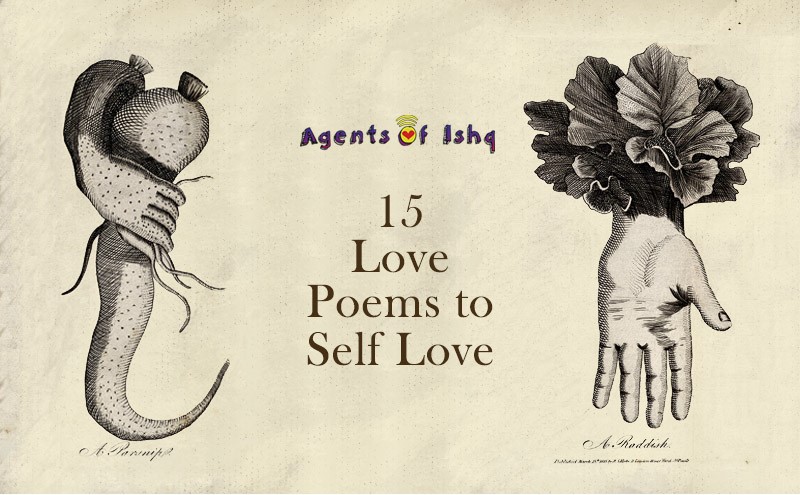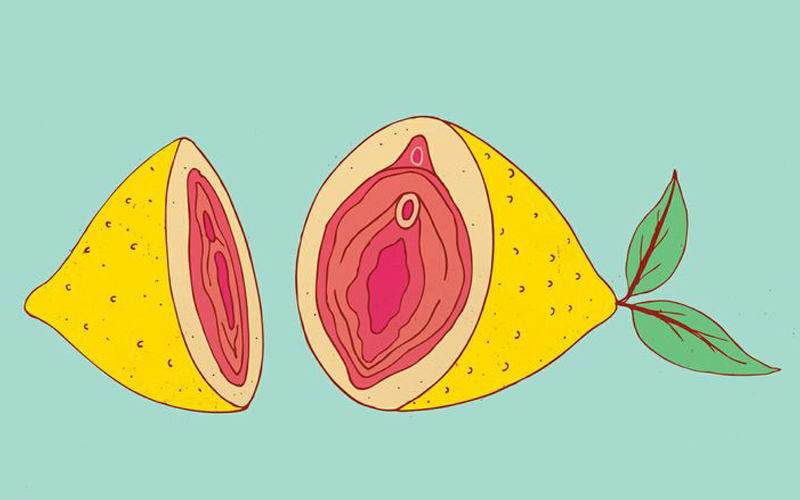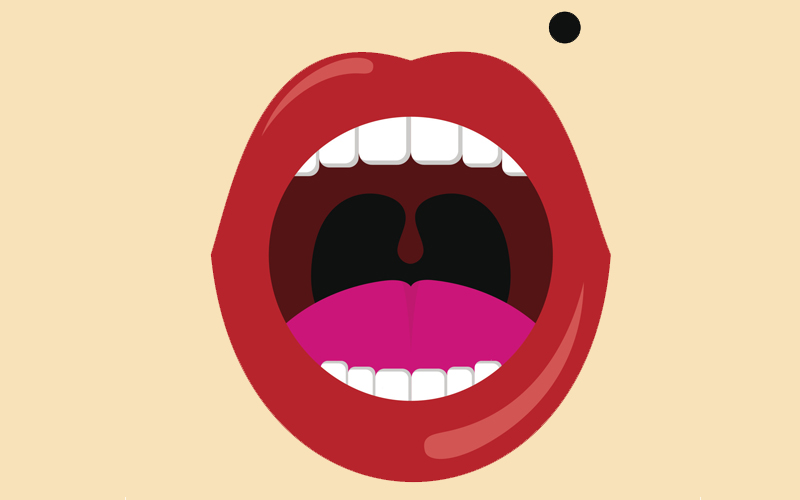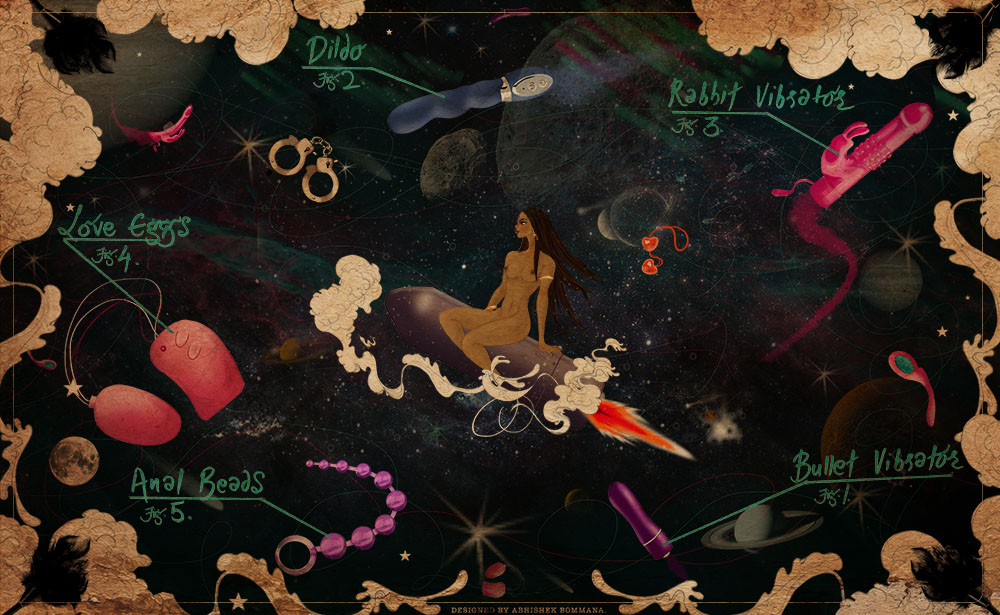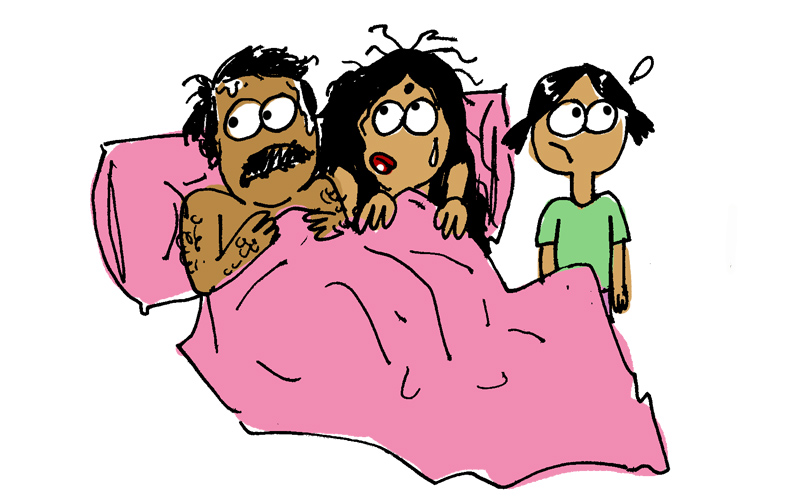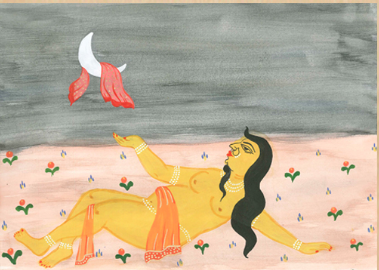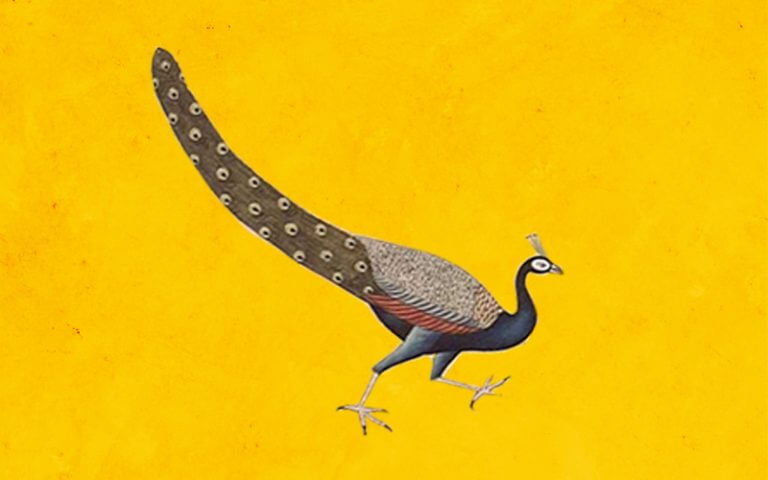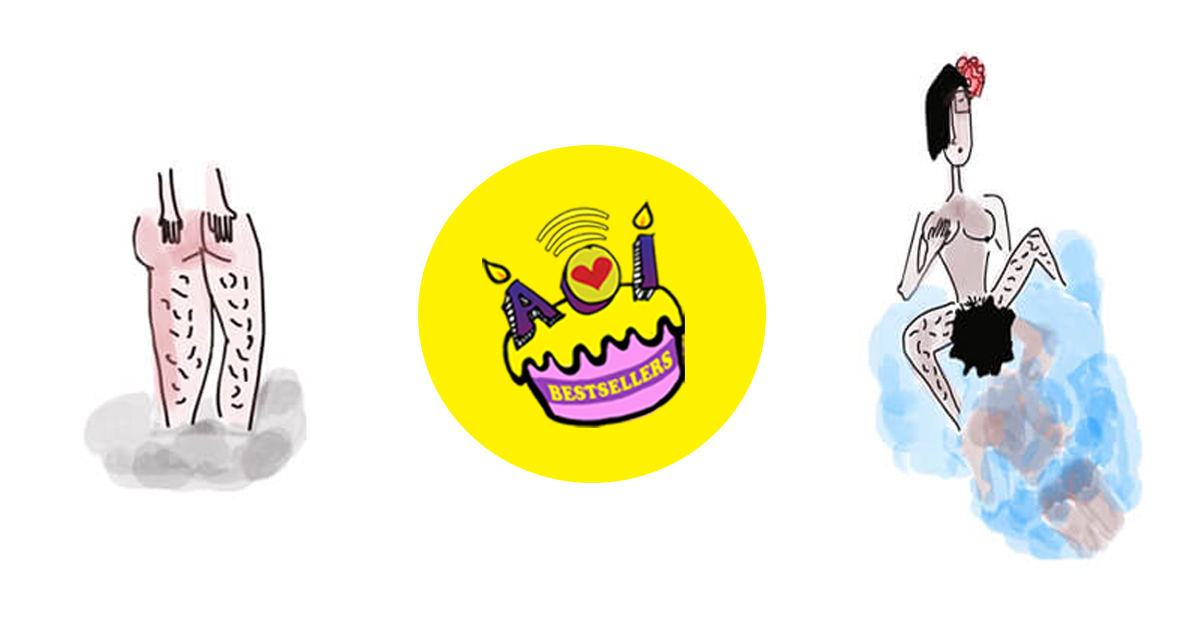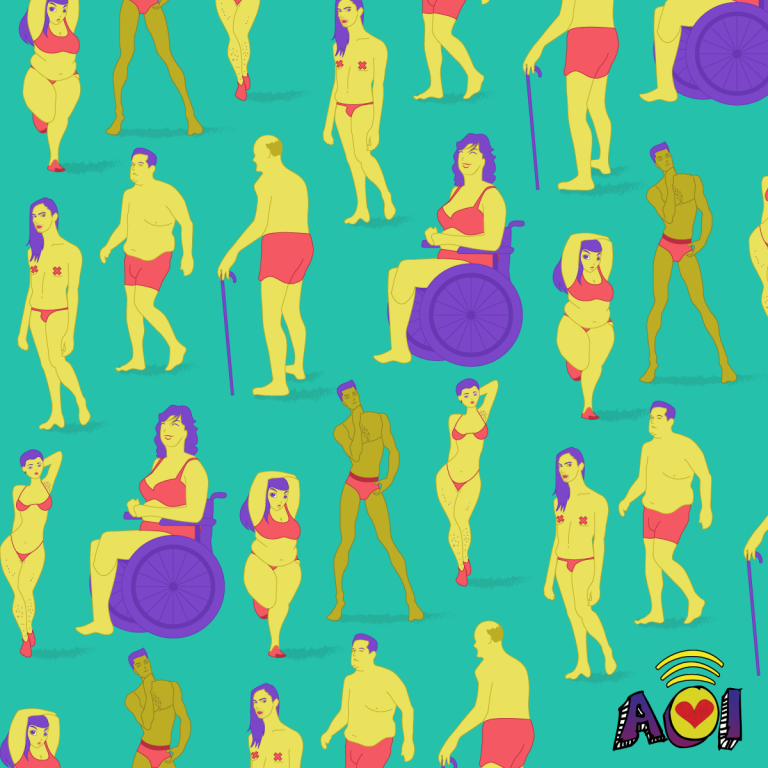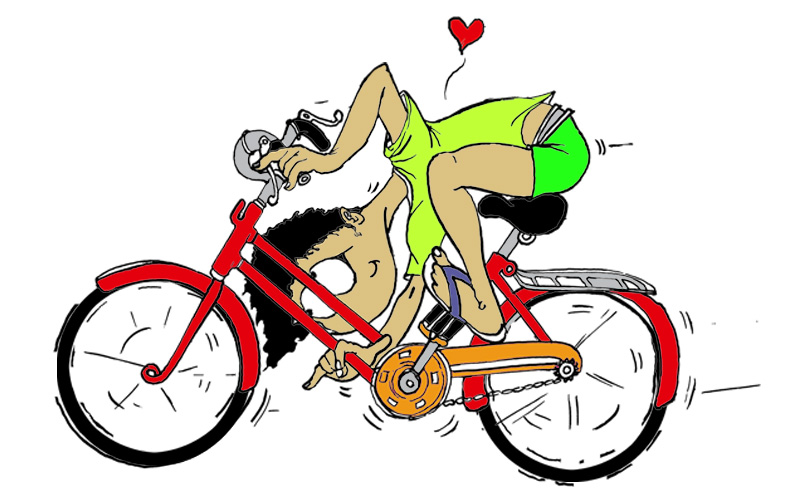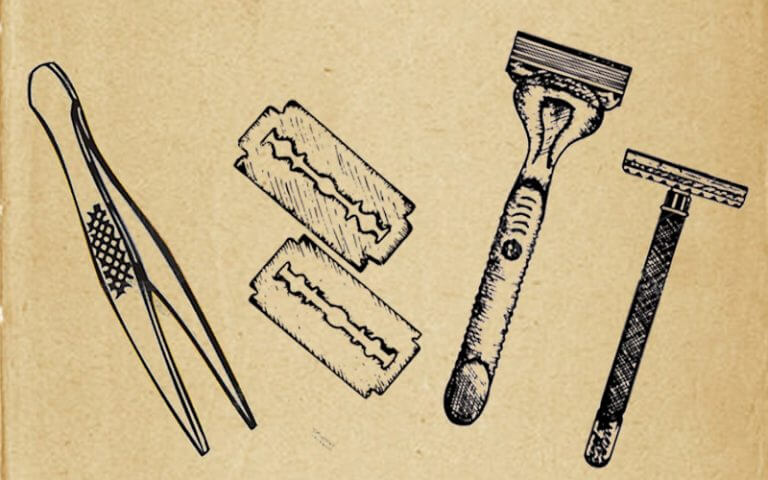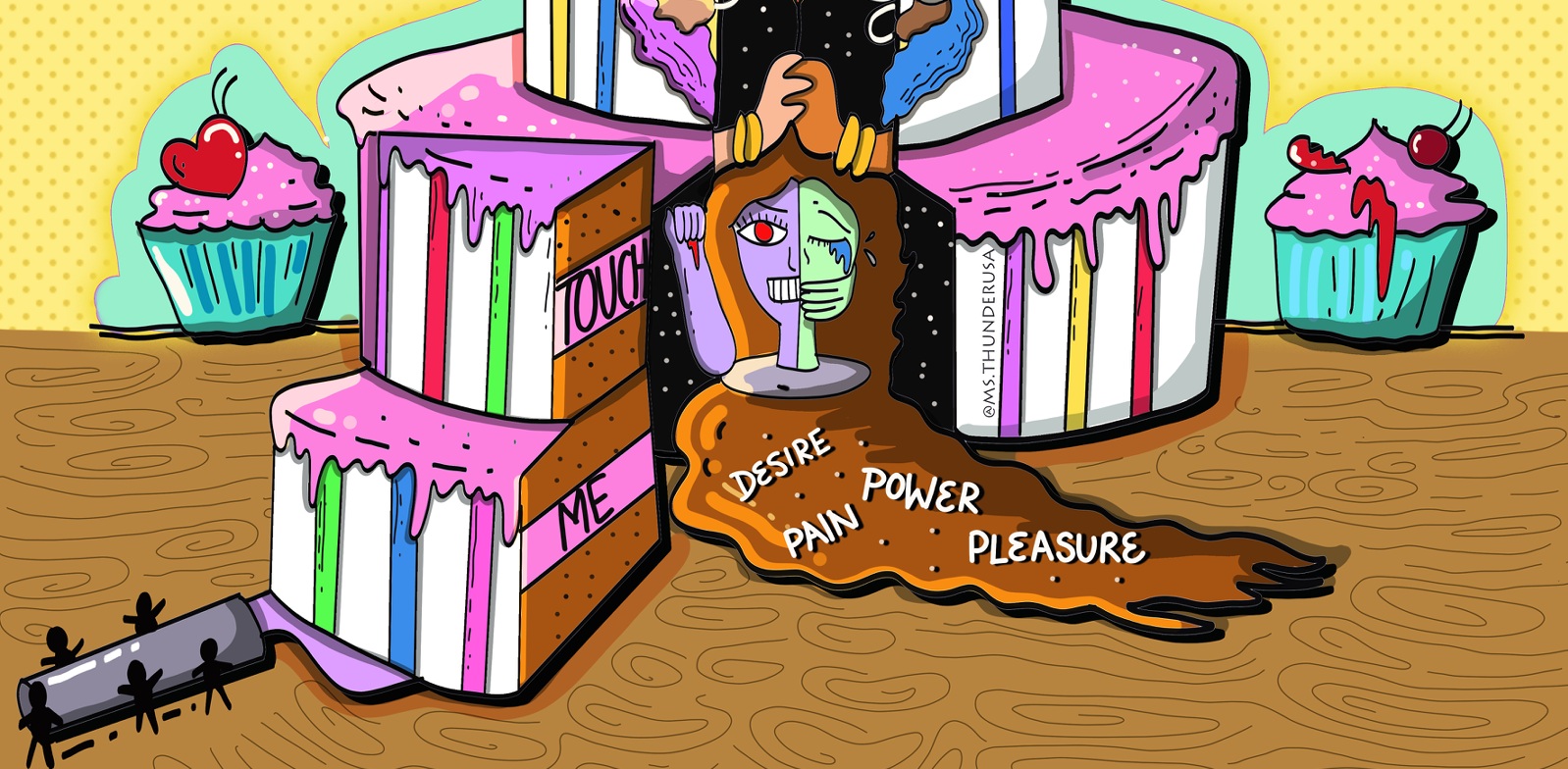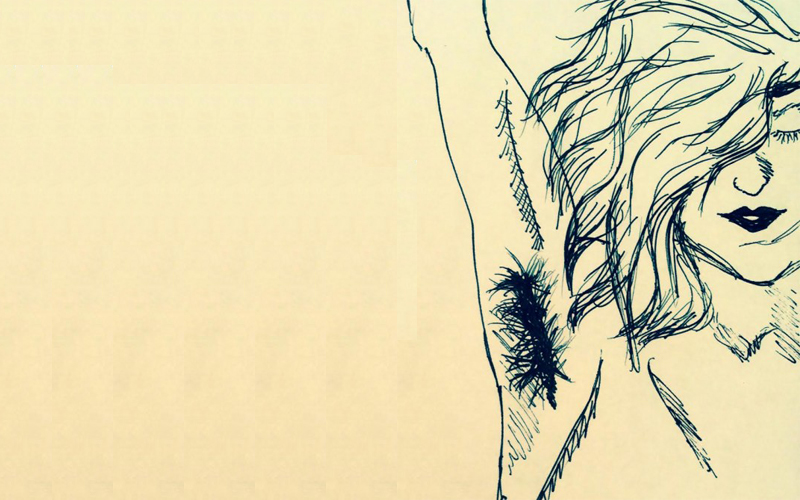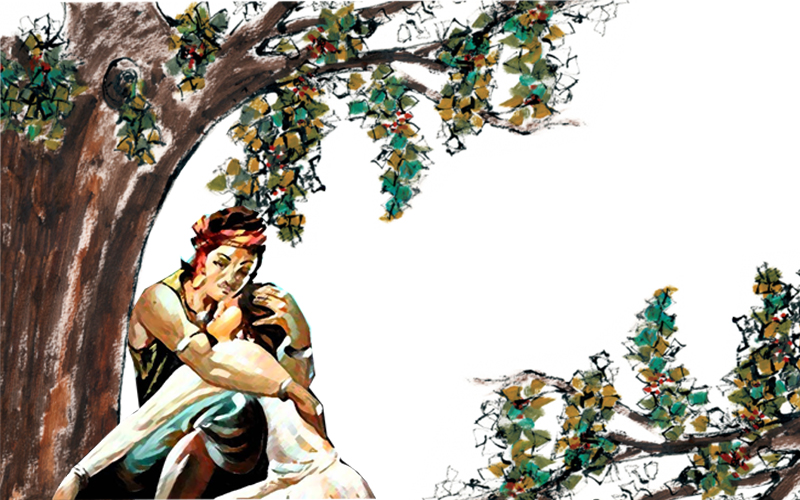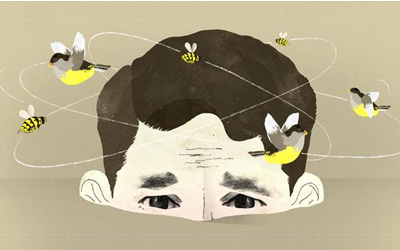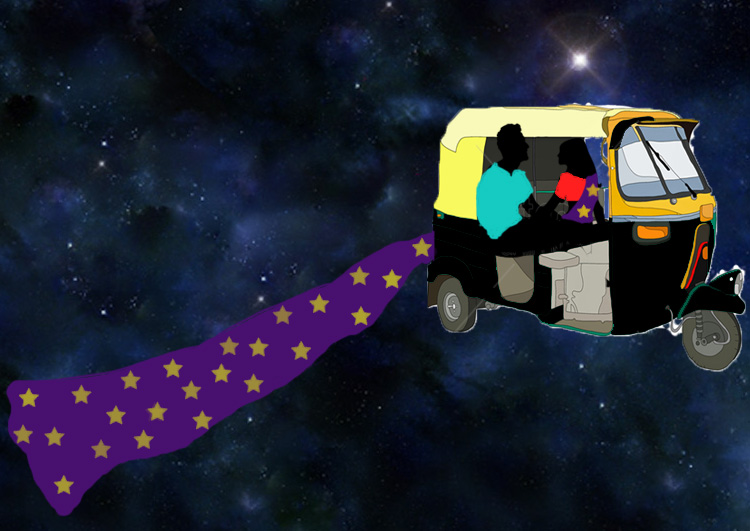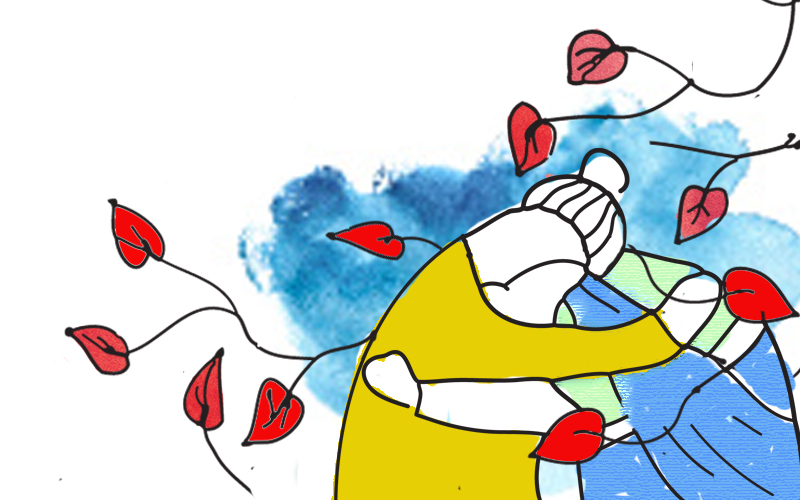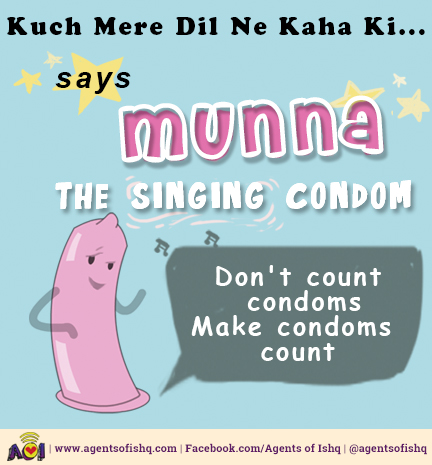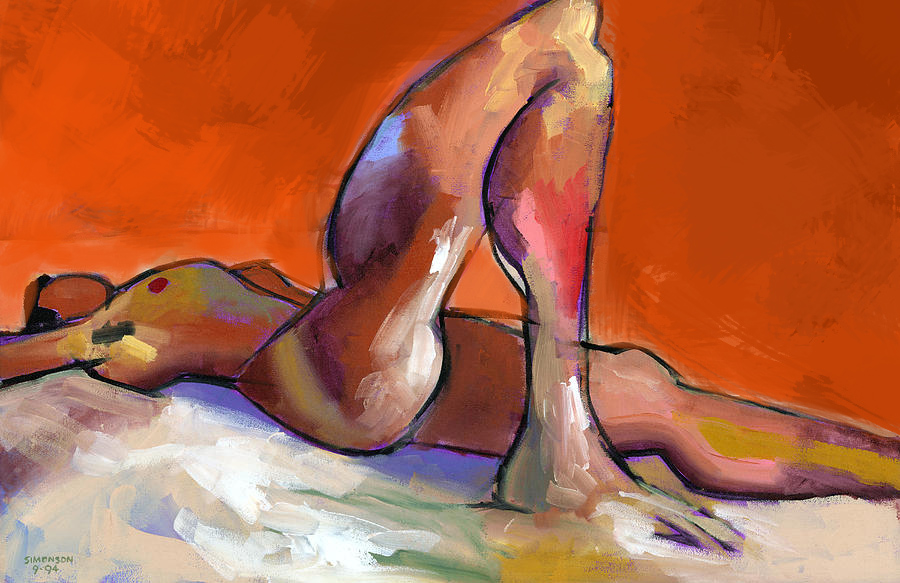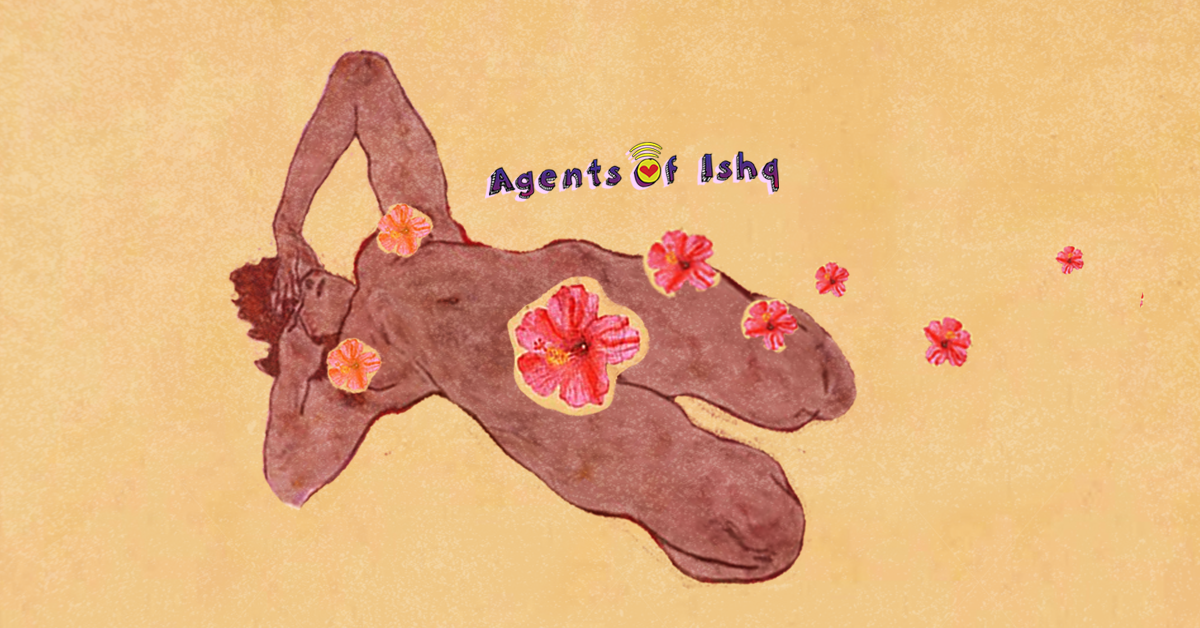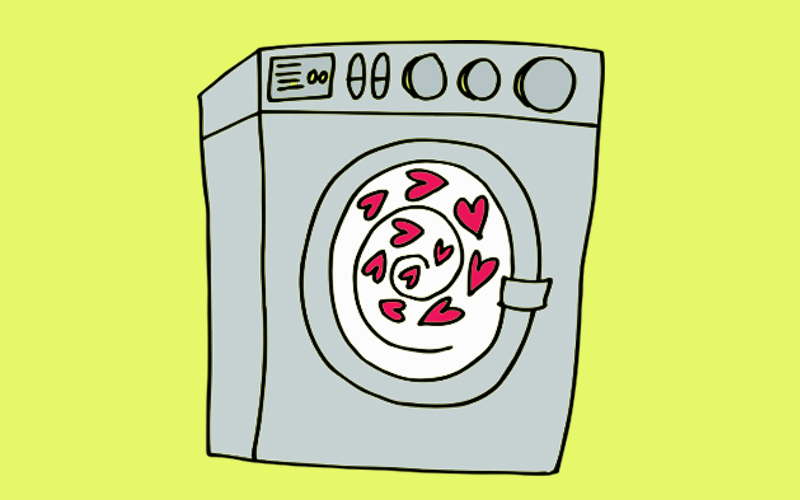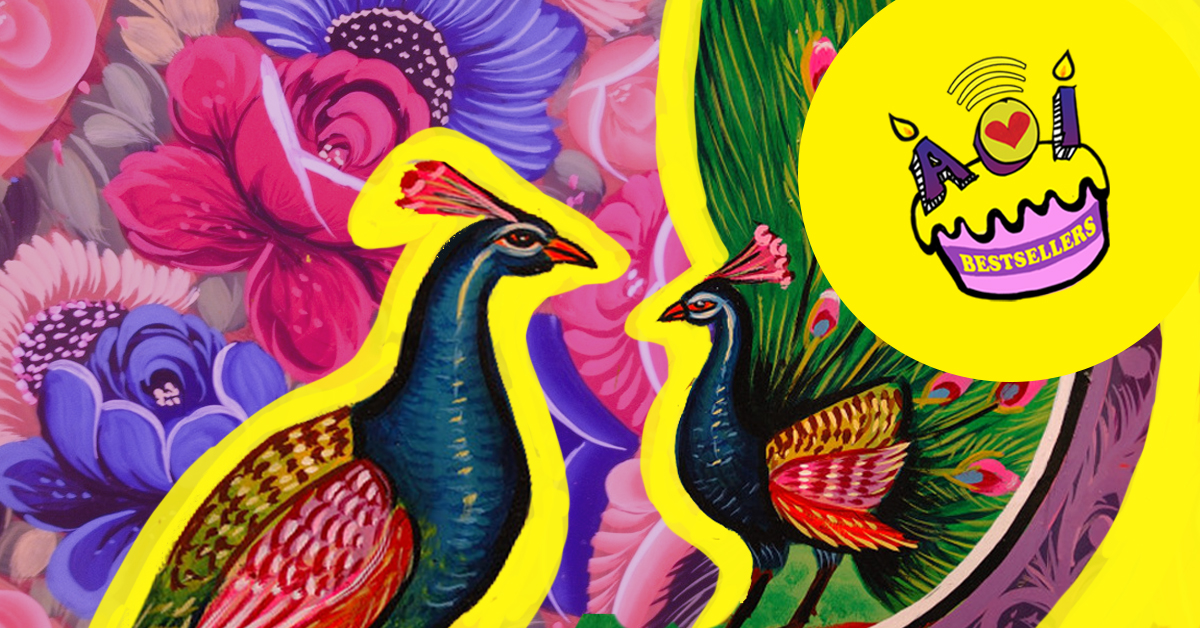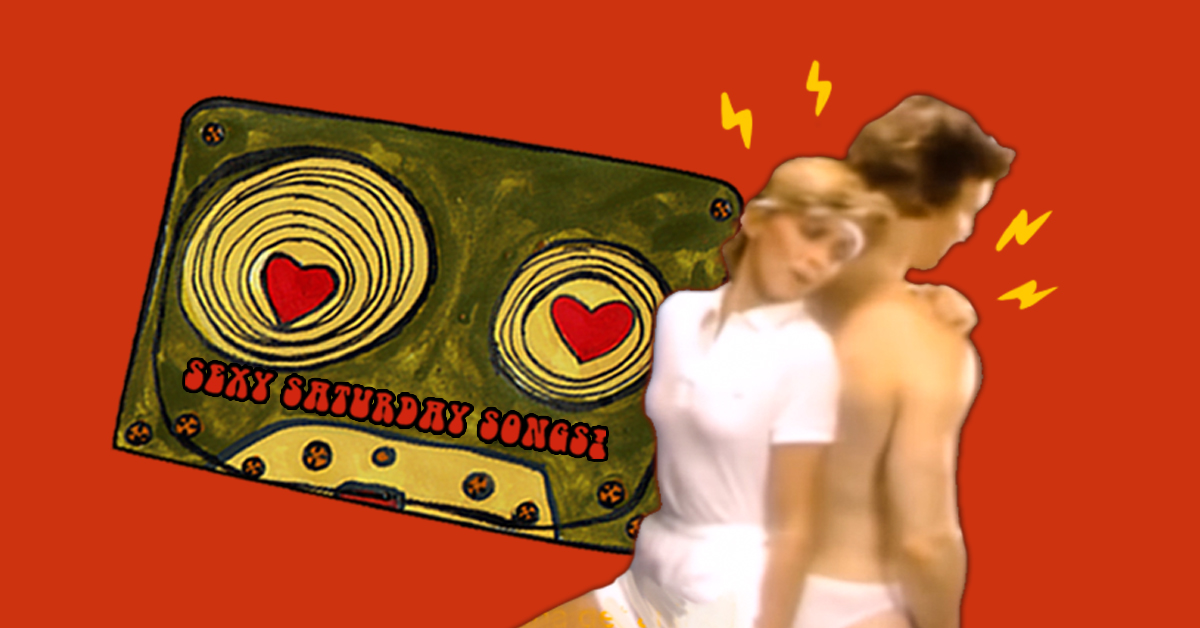What have you wondered about about male and female genitalia and what pushes their pleasure buttons, but felt too unsure to ask? Here are some fun facts that might help you get to know yourself (and others) better! 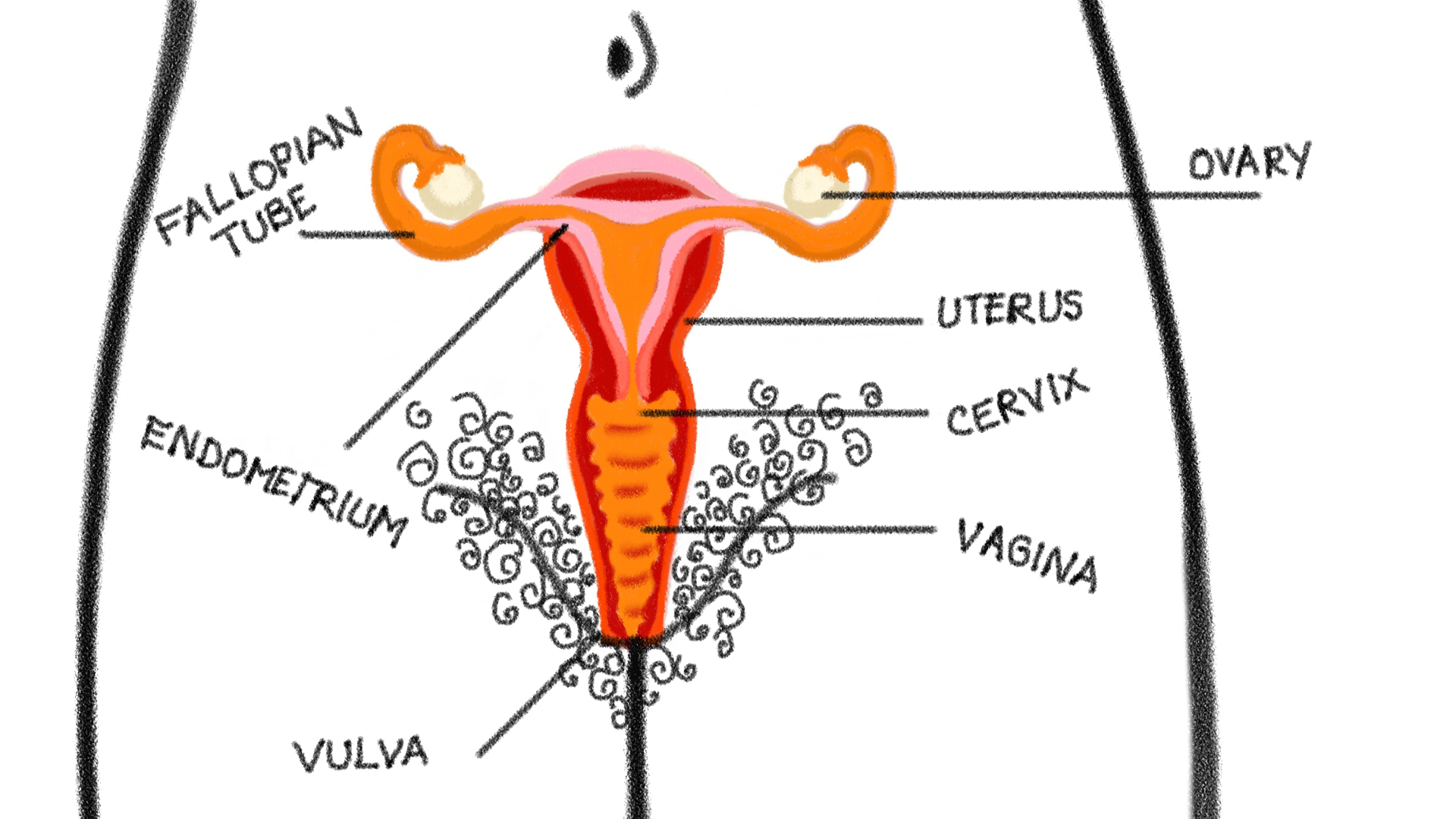 Vulva or vagina? We often use the word ‘vagina’ for the external female genitalia that are visible to us. But that’s not really correct. It’s actually called the ‘vulva’ and this includes the clitoris, inner and outer labia (or lips), vaginal opening and urethral opening.Phir what is ‘vagina’, you’re thinking. That’s what we call the muscular canal that starts at the vulva and connects to the uterus. It’s where penetration occurs and also where babies come out from.
Vulva or vagina? We often use the word ‘vagina’ for the external female genitalia that are visible to us. But that’s not really correct. It’s actually called the ‘vulva’ and this includes the clitoris, inner and outer labia (or lips), vaginal opening and urethral opening.Phir what is ‘vagina’, you’re thinking. That’s what we call the muscular canal that starts at the vulva and connects to the uterus. It’s where penetration occurs and also where babies come out from. 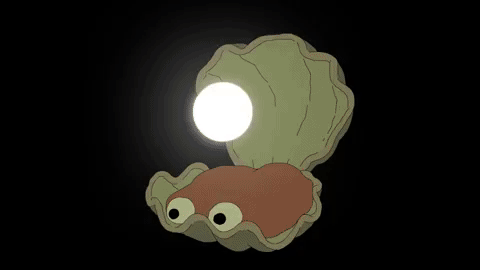 What is the clitoris?The clitoris is a human organ that exists solely for pleasure -- and is the only organ to do so in people of all genders. It is extremely sensitive (in a good way) and has over 8,000 nerve endings -- double those in a penis!
What is the clitoris?The clitoris is a human organ that exists solely for pleasure -- and is the only organ to do so in people of all genders. It is extremely sensitive (in a good way) and has over 8,000 nerve endings -- double those in a penis! Is it like a penis?Hmm…. in a couple of small ways. The clitoris can swell and stiffen as blood flows to the area during arousal, though not to the same degree as a penis. The glans or tip of the clitoris is also protected by a fold of skin called the hood, which is made up of the same tissue that makes up the foreskin of penises.
Is it like a penis?Hmm…. in a couple of small ways. The clitoris can swell and stiffen as blood flows to the area during arousal, though not to the same degree as a penis. The glans or tip of the clitoris is also protected by a fold of skin called the hood, which is made up of the same tissue that makes up the foreskin of penises.  What does the clitoris look like?You can usually only see a pea-sized portion of the clitoris, which looks like a small button, on the upper end of the vulva, where the labia meet. But it’s kind of like an iceberg -- there’s a whole lot more buried underneath! The entire clitoris with all its muscular tissue is the size of a medium karela, and the shape of a boomerang.
What does the clitoris look like?You can usually only see a pea-sized portion of the clitoris, which looks like a small button, on the upper end of the vulva, where the labia meet. But it’s kind of like an iceberg -- there’s a whole lot more buried underneath! The entire clitoris with all its muscular tissue is the size of a medium karela, and the shape of a boomerang.  What about the lips?The labia majora or outer lips are usually fleshy and hair-covered. The labia minora or inner lips are typically smooth and hairless. Both are sensitive to stimulation, just like the rest of the vulva, and can swell when aroused.
What about the lips?The labia majora or outer lips are usually fleshy and hair-covered. The labia minora or inner lips are typically smooth and hairless. Both are sensitive to stimulation, just like the rest of the vulva, and can swell when aroused. Wet = aroused?Women usually experience wetness in the vagina when sexually aroused, though this is not necessarily true each time or for everyone. Anything from not spending enough time on foreplay to aging, breastfeeding and the side-effects of contraception can affect wetness (and a lubricant can always help if needed!).
Wet = aroused?Women usually experience wetness in the vagina when sexually aroused, though this is not necessarily true each time or for everyone. Anything from not spending enough time on foreplay to aging, breastfeeding and the side-effects of contraception can affect wetness (and a lubricant can always help if needed!). Can my vagina get saggy from masturbating?This is a myth. Too much sex or masturbation will not make your vagina stretchy or saggy. The vaginal walls relax when aroused, making it appear ‘loose’, but after penetration ends the vagina goes back to its original shape.
Can my vagina get saggy from masturbating?This is a myth. Too much sex or masturbation will not make your vagina stretchy or saggy. The vaginal walls relax when aroused, making it appear ‘loose’, but after penetration ends the vagina goes back to its original shape.  Squirting or peeing?A third of women interviewees said in a survey that they ‘squirt’ out liquid when they have an orgasm. It’s actually pretty common to shoot out liquid from the vulva during orgasm, and it could be a mixture of urine from the bladder (although it doesn’t smell or look like urine) and whitish fluid from the peri-urethral gland.
Squirting or peeing?A third of women interviewees said in a survey that they ‘squirt’ out liquid when they have an orgasm. It’s actually pretty common to shoot out liquid from the vulva during orgasm, and it could be a mixture of urine from the bladder (although it doesn’t smell or look like urine) and whitish fluid from the peri-urethral gland. G-spot hai ya nahi?There is an area inside the vagina called the G-spot, whose stimulation is meant to give mind-blowing multiple orgasms. Researchers have fought about it for decades, with some saying it doesn’t exist. But some women appear to have a very sensitive region about 5-8 cm up the vaginal wall, with many nerve endings.
G-spot hai ya nahi?There is an area inside the vagina called the G-spot, whose stimulation is meant to give mind-blowing multiple orgasms. Researchers have fought about it for decades, with some saying it doesn’t exist. But some women appear to have a very sensitive region about 5-8 cm up the vaginal wall, with many nerve endings.  Is my penis normal?Probably. The average flaccid penis is 3.61 inches long, while the average erect penis is 5.16 inches, though size has zero bearing on whether or not you can masturbate or feel sexual pleasure. And it’s perfectly normal for a penis to bend or curve in a particular direction when erect.
Is my penis normal?Probably. The average flaccid penis is 3.61 inches long, while the average erect penis is 5.16 inches, though size has zero bearing on whether or not you can masturbate or feel sexual pleasure. And it’s perfectly normal for a penis to bend or curve in a particular direction when erect. 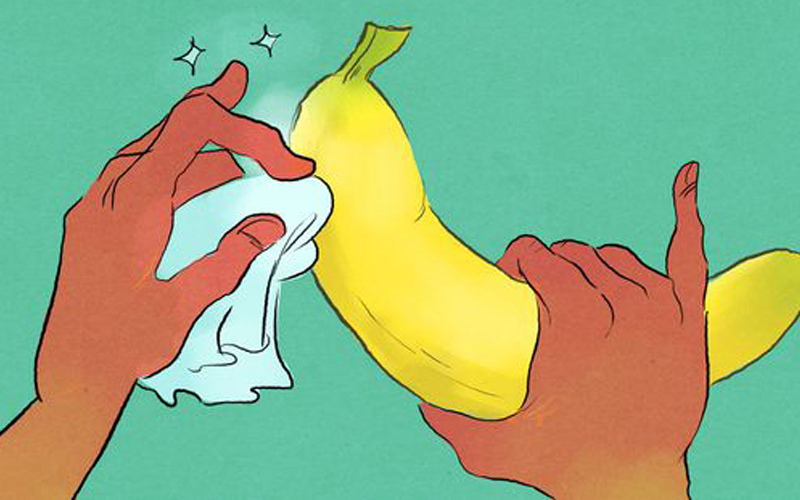 What does a ‘boner’ have to do with bones?Nothing, apart from the fact that a penis can become very hard during arousal. This happens because blood flows to the penis and causes it to swell. However, a penis can ‘fracture’ if it faces impact or gets bent during vigorous sex/masturbation -- basically a painful rupturing of the two areas of the penis responsible for erections. So handle your penis with care!
What does a ‘boner’ have to do with bones?Nothing, apart from the fact that a penis can become very hard during arousal. This happens because blood flows to the penis and causes it to swell. However, a penis can ‘fracture’ if it faces impact or gets bent during vigorous sex/masturbation -- basically a painful rupturing of the two areas of the penis responsible for erections. So handle your penis with care! What’s the most sensitive part?The scrotum (which contains the testicles) and perineum (the patch between the scrotum and anus) are very sensitive areas, but the most sensitive part of the male genitalia is the cone-shaped head of the penis, known as the glans. The highest concentration of nerves is around the ridge of the glans, which is usually covered in foreskin in people who are uncircumcised.
What’s the most sensitive part?The scrotum (which contains the testicles) and perineum (the patch between the scrotum and anus) are very sensitive areas, but the most sensitive part of the male genitalia is the cone-shaped head of the penis, known as the glans. The highest concentration of nerves is around the ridge of the glans, which is usually covered in foreskin in people who are uncircumcised. Is it better to be circumcised or uncircumcised?There isn’t conclusive evidence to say whether being circumcised or having a foreskin significantly affects pleasure during sexual activity or sexual health. Both are good!
Is it better to be circumcised or uncircumcised?There isn’t conclusive evidence to say whether being circumcised or having a foreskin significantly affects pleasure during sexual activity or sexual health. Both are good! What happens during an orgasm?Usually, you would feel pleasure. And semen, which is made by the two testicles in the scrotum, is forced out through the penis. Semen is a liquid that contains sperm (it is essential in order to reproduce).
What happens during an orgasm?Usually, you would feel pleasure. And semen, which is made by the two testicles in the scrotum, is forced out through the penis. Semen is a liquid that contains sperm (it is essential in order to reproduce).  So it’s only semen that comes out of the penis during sexual activity?Nope. Sometimes pre-ejaculate fluid may come out before an orgasm -- it acts a cleanser so that sperm can travel easily through the urethra.
So it’s only semen that comes out of the penis during sexual activity?Nope. Sometimes pre-ejaculate fluid may come out before an orgasm -- it acts a cleanser so that sperm can travel easily through the urethra. Is it true that testicles rise during orgasm?Yes. You can guess how close a person is to orgasming by observing their testicles: the scrotum tightens and the testicles rise by about 50% at the peak of arousal, although this tendency reduces with age. Here’s an amazing detail: several men report that the right testicle rises before the left one!
Is it true that testicles rise during orgasm?Yes. You can guess how close a person is to orgasming by observing their testicles: the scrotum tightens and the testicles rise by about 50% at the peak of arousal, although this tendency reduces with age. Here’s an amazing detail: several men report that the right testicle rises before the left one! Ek aur G-spot Well it’s not really called the G-spot (some call it the P-spot), but for some men, stimulating the prostrate gland causes intense pleasure and powerful full-body orgasms.This spot is located around 2 inches up the rectum towards the belly.
Ek aur G-spot Well it’s not really called the G-spot (some call it the P-spot), but for some men, stimulating the prostrate gland causes intense pleasure and powerful full-body orgasms.This spot is located around 2 inches up the rectum towards the belly.
FEMALE GENITALIA
 Vulva or vagina? We often use the word ‘vagina’ for the external female genitalia that are visible to us. But that’s not really correct. It’s actually called the ‘vulva’ and this includes the clitoris, inner and outer labia (or lips), vaginal opening and urethral opening.Phir what is ‘vagina’, you’re thinking. That’s what we call the muscular canal that starts at the vulva and connects to the uterus. It’s where penetration occurs and also where babies come out from.
Vulva or vagina? We often use the word ‘vagina’ for the external female genitalia that are visible to us. But that’s not really correct. It’s actually called the ‘vulva’ and this includes the clitoris, inner and outer labia (or lips), vaginal opening and urethral opening.Phir what is ‘vagina’, you’re thinking. That’s what we call the muscular canal that starts at the vulva and connects to the uterus. It’s where penetration occurs and also where babies come out from.  What is the clitoris?The clitoris is a human organ that exists solely for pleasure -- and is the only organ to do so in people of all genders. It is extremely sensitive (in a good way) and has over 8,000 nerve endings -- double those in a penis!
What is the clitoris?The clitoris is a human organ that exists solely for pleasure -- and is the only organ to do so in people of all genders. It is extremely sensitive (in a good way) and has over 8,000 nerve endings -- double those in a penis! Is it like a penis?Hmm…. in a couple of small ways. The clitoris can swell and stiffen as blood flows to the area during arousal, though not to the same degree as a penis. The glans or tip of the clitoris is also protected by a fold of skin called the hood, which is made up of the same tissue that makes up the foreskin of penises.
Is it like a penis?Hmm…. in a couple of small ways. The clitoris can swell and stiffen as blood flows to the area during arousal, though not to the same degree as a penis. The glans or tip of the clitoris is also protected by a fold of skin called the hood, which is made up of the same tissue that makes up the foreskin of penises.  What does the clitoris look like?You can usually only see a pea-sized portion of the clitoris, which looks like a small button, on the upper end of the vulva, where the labia meet. But it’s kind of like an iceberg -- there’s a whole lot more buried underneath! The entire clitoris with all its muscular tissue is the size of a medium karela, and the shape of a boomerang.
What does the clitoris look like?You can usually only see a pea-sized portion of the clitoris, which looks like a small button, on the upper end of the vulva, where the labia meet. But it’s kind of like an iceberg -- there’s a whole lot more buried underneath! The entire clitoris with all its muscular tissue is the size of a medium karela, and the shape of a boomerang.  What about the lips?The labia majora or outer lips are usually fleshy and hair-covered. The labia minora or inner lips are typically smooth and hairless. Both are sensitive to stimulation, just like the rest of the vulva, and can swell when aroused.
What about the lips?The labia majora or outer lips are usually fleshy and hair-covered. The labia minora or inner lips are typically smooth and hairless. Both are sensitive to stimulation, just like the rest of the vulva, and can swell when aroused. Wet = aroused?Women usually experience wetness in the vagina when sexually aroused, though this is not necessarily true each time or for everyone. Anything from not spending enough time on foreplay to aging, breastfeeding and the side-effects of contraception can affect wetness (and a lubricant can always help if needed!).
Wet = aroused?Women usually experience wetness in the vagina when sexually aroused, though this is not necessarily true each time or for everyone. Anything from not spending enough time on foreplay to aging, breastfeeding and the side-effects of contraception can affect wetness (and a lubricant can always help if needed!). Can my vagina get saggy from masturbating?This is a myth. Too much sex or masturbation will not make your vagina stretchy or saggy. The vaginal walls relax when aroused, making it appear ‘loose’, but after penetration ends the vagina goes back to its original shape.
Can my vagina get saggy from masturbating?This is a myth. Too much sex or masturbation will not make your vagina stretchy or saggy. The vaginal walls relax when aroused, making it appear ‘loose’, but after penetration ends the vagina goes back to its original shape.  Squirting or peeing?A third of women interviewees said in a survey that they ‘squirt’ out liquid when they have an orgasm. It’s actually pretty common to shoot out liquid from the vulva during orgasm, and it could be a mixture of urine from the bladder (although it doesn’t smell or look like urine) and whitish fluid from the peri-urethral gland.
Squirting or peeing?A third of women interviewees said in a survey that they ‘squirt’ out liquid when they have an orgasm. It’s actually pretty common to shoot out liquid from the vulva during orgasm, and it could be a mixture of urine from the bladder (although it doesn’t smell or look like urine) and whitish fluid from the peri-urethral gland. G-spot hai ya nahi?There is an area inside the vagina called the G-spot, whose stimulation is meant to give mind-blowing multiple orgasms. Researchers have fought about it for decades, with some saying it doesn’t exist. But some women appear to have a very sensitive region about 5-8 cm up the vaginal wall, with many nerve endings.
G-spot hai ya nahi?There is an area inside the vagina called the G-spot, whose stimulation is meant to give mind-blowing multiple orgasms. Researchers have fought about it for decades, with some saying it doesn’t exist. But some women appear to have a very sensitive region about 5-8 cm up the vaginal wall, with many nerve endings. MALE GENITALIA
 Is my penis normal?Probably. The average flaccid penis is 3.61 inches long, while the average erect penis is 5.16 inches, though size has zero bearing on whether or not you can masturbate or feel sexual pleasure. And it’s perfectly normal for a penis to bend or curve in a particular direction when erect.
Is my penis normal?Probably. The average flaccid penis is 3.61 inches long, while the average erect penis is 5.16 inches, though size has zero bearing on whether or not you can masturbate or feel sexual pleasure. And it’s perfectly normal for a penis to bend or curve in a particular direction when erect.  What does a ‘boner’ have to do with bones?Nothing, apart from the fact that a penis can become very hard during arousal. This happens because blood flows to the penis and causes it to swell. However, a penis can ‘fracture’ if it faces impact or gets bent during vigorous sex/masturbation -- basically a painful rupturing of the two areas of the penis responsible for erections. So handle your penis with care!
What does a ‘boner’ have to do with bones?Nothing, apart from the fact that a penis can become very hard during arousal. This happens because blood flows to the penis and causes it to swell. However, a penis can ‘fracture’ if it faces impact or gets bent during vigorous sex/masturbation -- basically a painful rupturing of the two areas of the penis responsible for erections. So handle your penis with care! What’s the most sensitive part?The scrotum (which contains the testicles) and perineum (the patch between the scrotum and anus) are very sensitive areas, but the most sensitive part of the male genitalia is the cone-shaped head of the penis, known as the glans. The highest concentration of nerves is around the ridge of the glans, which is usually covered in foreskin in people who are uncircumcised.
What’s the most sensitive part?The scrotum (which contains the testicles) and perineum (the patch between the scrotum and anus) are very sensitive areas, but the most sensitive part of the male genitalia is the cone-shaped head of the penis, known as the glans. The highest concentration of nerves is around the ridge of the glans, which is usually covered in foreskin in people who are uncircumcised. Is it better to be circumcised or uncircumcised?There isn’t conclusive evidence to say whether being circumcised or having a foreskin significantly affects pleasure during sexual activity or sexual health. Both are good!
Is it better to be circumcised or uncircumcised?There isn’t conclusive evidence to say whether being circumcised or having a foreskin significantly affects pleasure during sexual activity or sexual health. Both are good! What happens during an orgasm?Usually, you would feel pleasure. And semen, which is made by the two testicles in the scrotum, is forced out through the penis. Semen is a liquid that contains sperm (it is essential in order to reproduce).
What happens during an orgasm?Usually, you would feel pleasure. And semen, which is made by the two testicles in the scrotum, is forced out through the penis. Semen is a liquid that contains sperm (it is essential in order to reproduce).  So it’s only semen that comes out of the penis during sexual activity?Nope. Sometimes pre-ejaculate fluid may come out before an orgasm -- it acts a cleanser so that sperm can travel easily through the urethra.
So it’s only semen that comes out of the penis during sexual activity?Nope. Sometimes pre-ejaculate fluid may come out before an orgasm -- it acts a cleanser so that sperm can travel easily through the urethra. Is it true that testicles rise during orgasm?Yes. You can guess how close a person is to orgasming by observing their testicles: the scrotum tightens and the testicles rise by about 50% at the peak of arousal, although this tendency reduces with age. Here’s an amazing detail: several men report that the right testicle rises before the left one!
Is it true that testicles rise during orgasm?Yes. You can guess how close a person is to orgasming by observing their testicles: the scrotum tightens and the testicles rise by about 50% at the peak of arousal, although this tendency reduces with age. Here’s an amazing detail: several men report that the right testicle rises before the left one! Ek aur G-spot Well it’s not really called the G-spot (some call it the P-spot), but for some men, stimulating the prostrate gland causes intense pleasure and powerful full-body orgasms.This spot is located around 2 inches up the rectum towards the belly.
Ek aur G-spot Well it’s not really called the G-spot (some call it the P-spot), but for some men, stimulating the prostrate gland causes intense pleasure and powerful full-body orgasms.This spot is located around 2 inches up the rectum towards the belly. 









